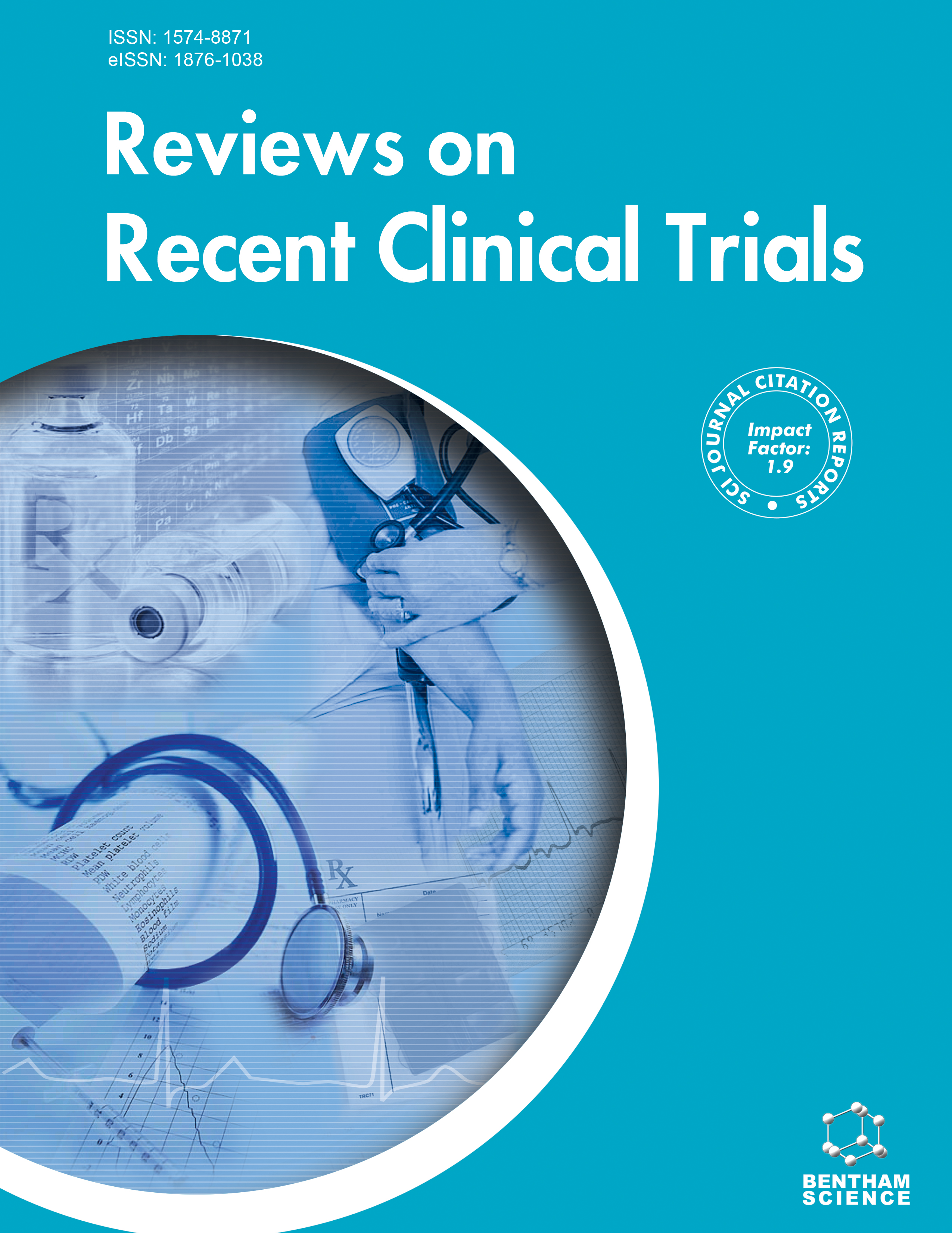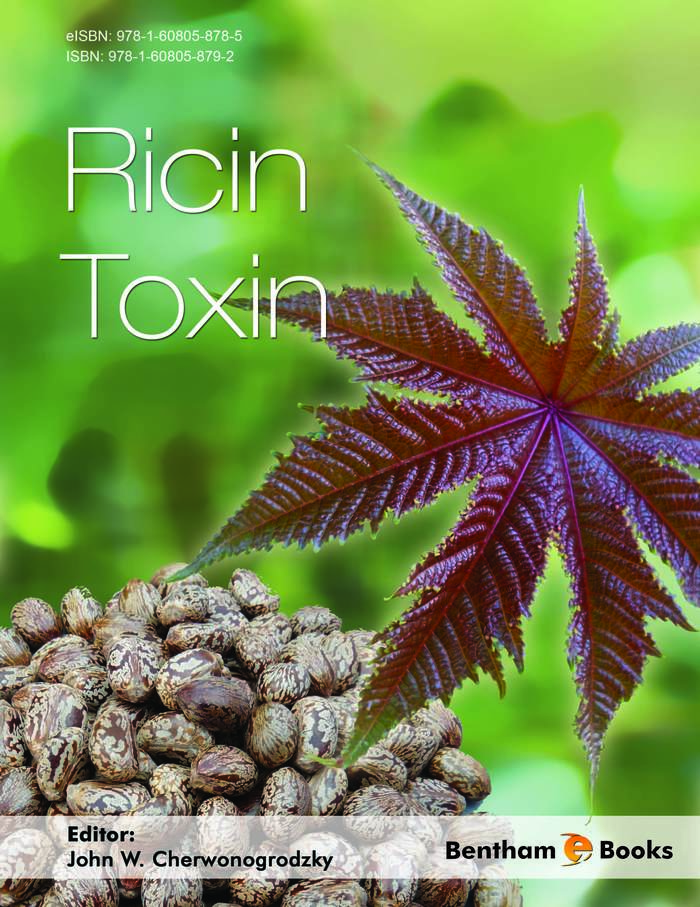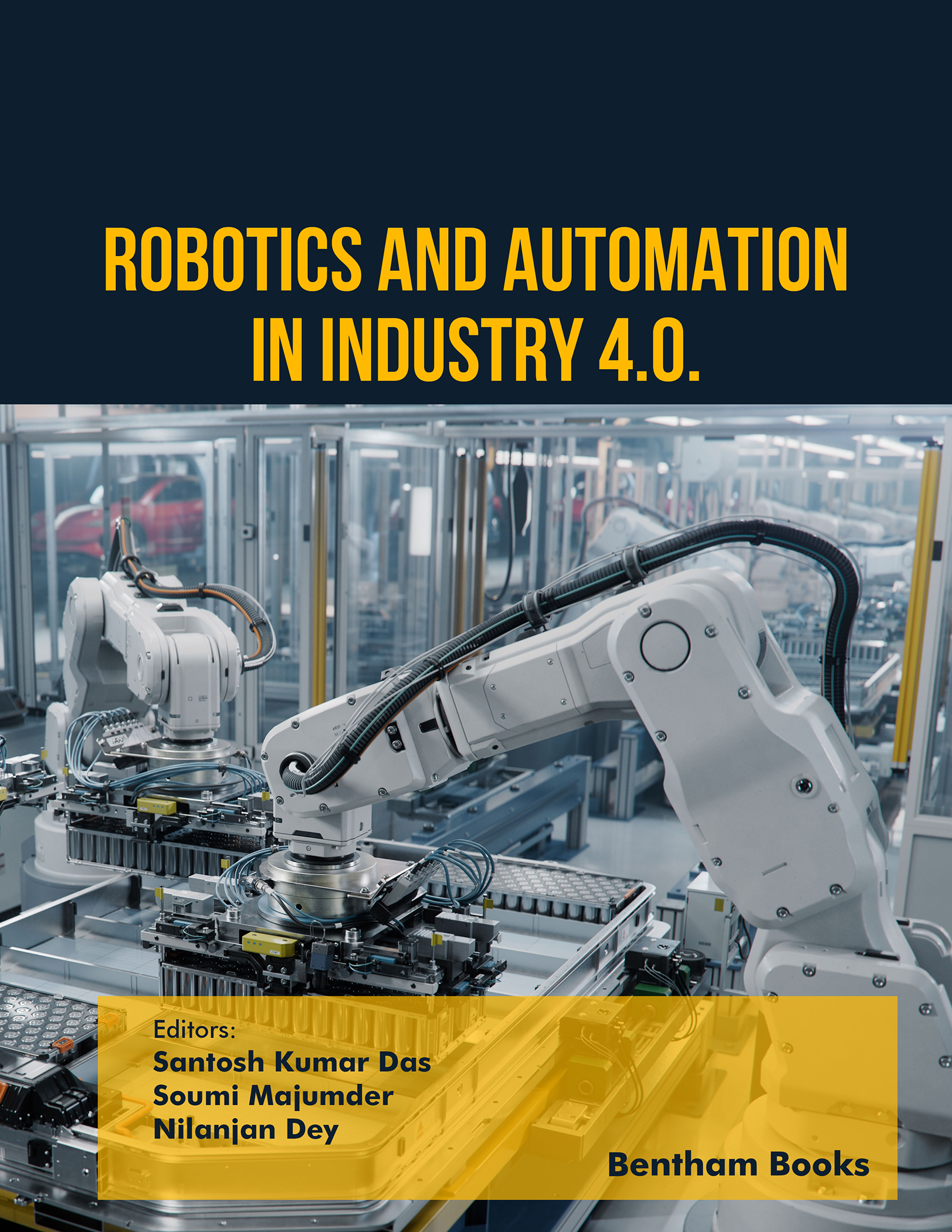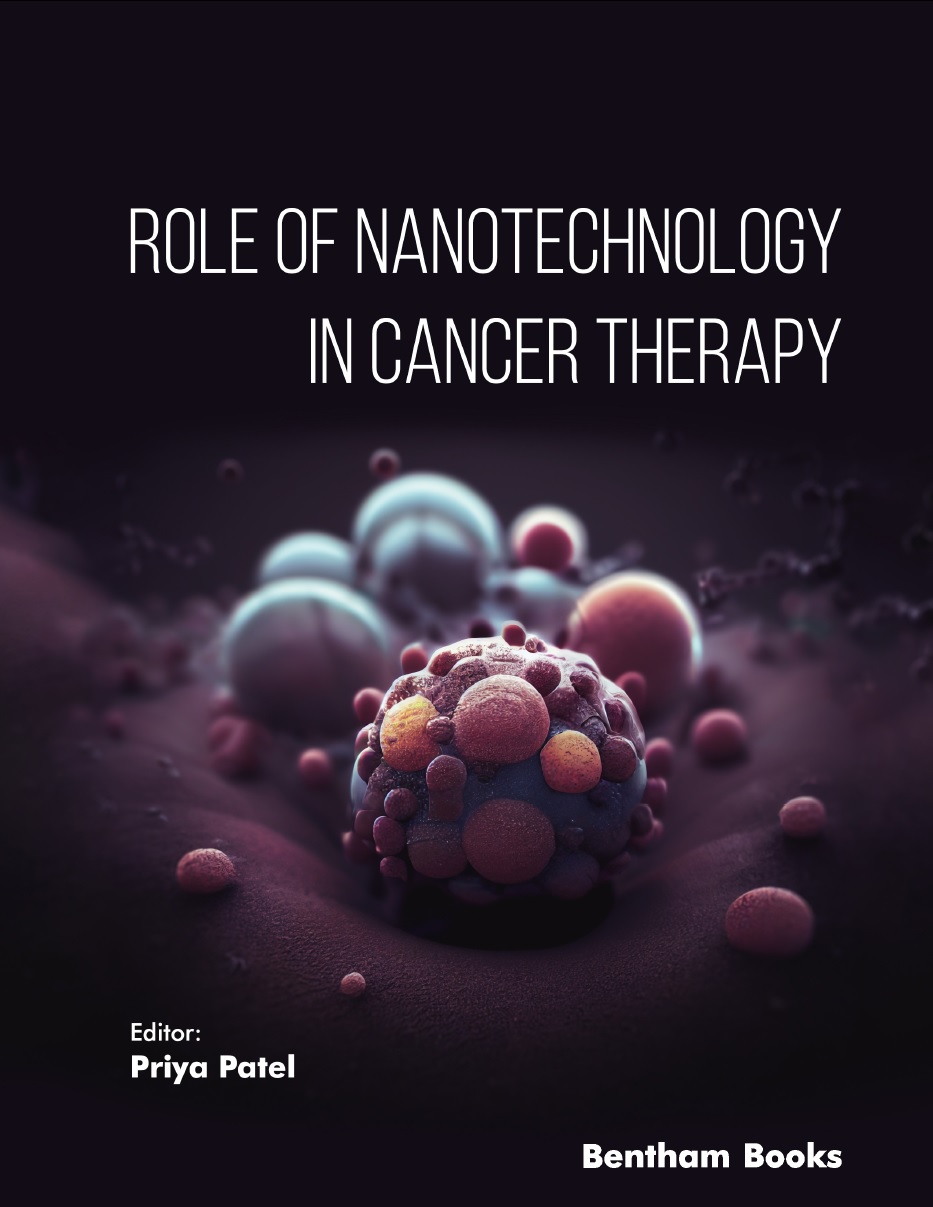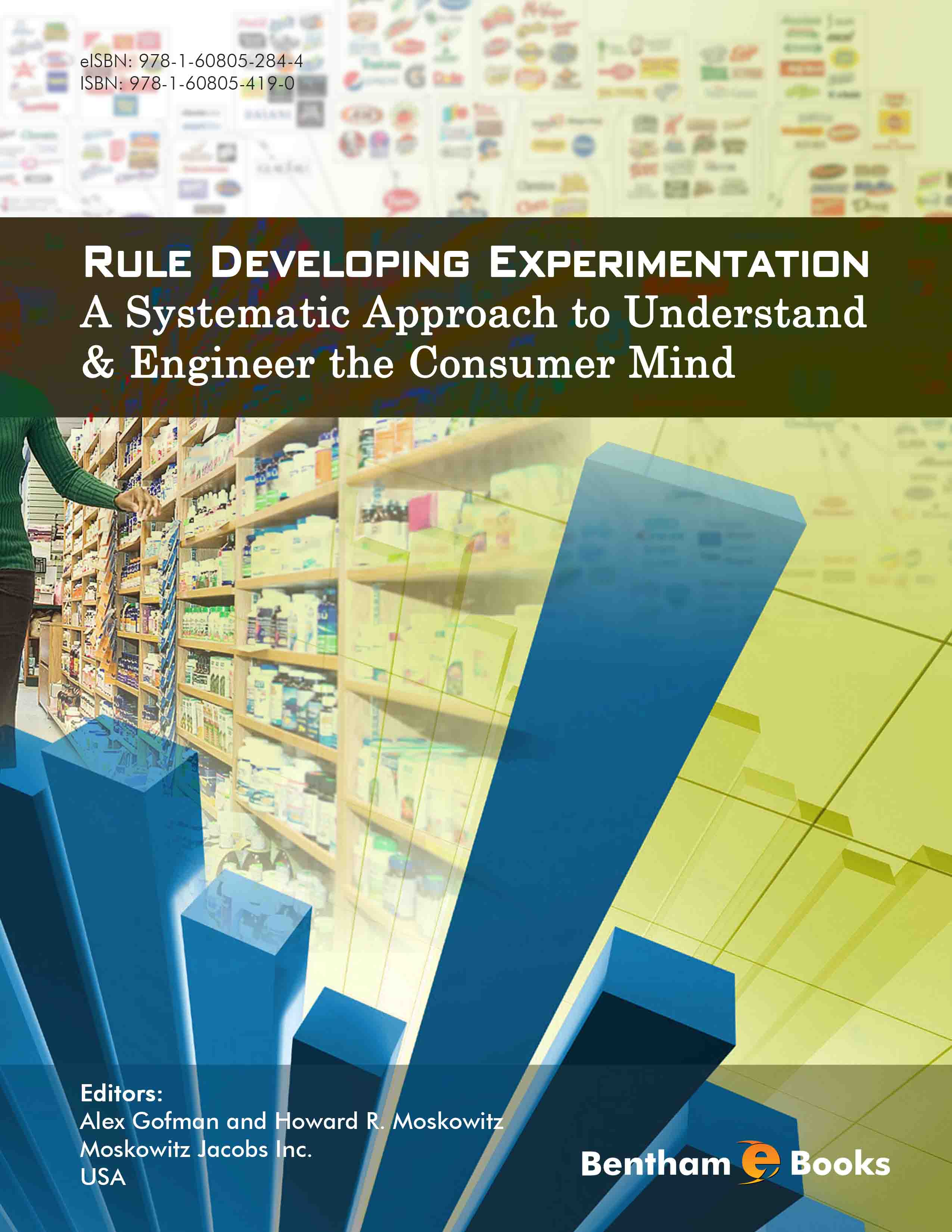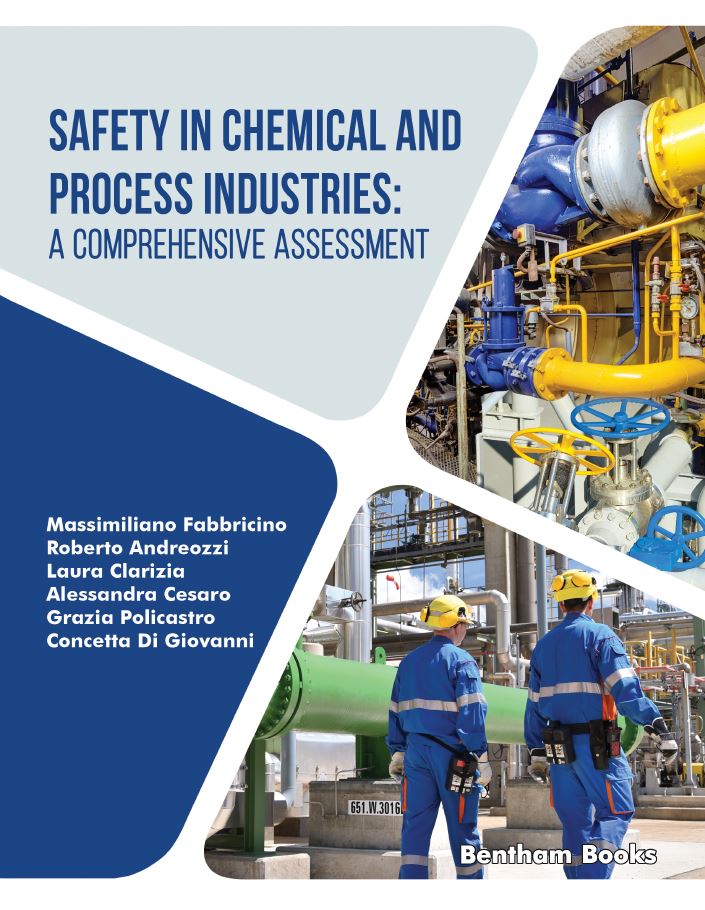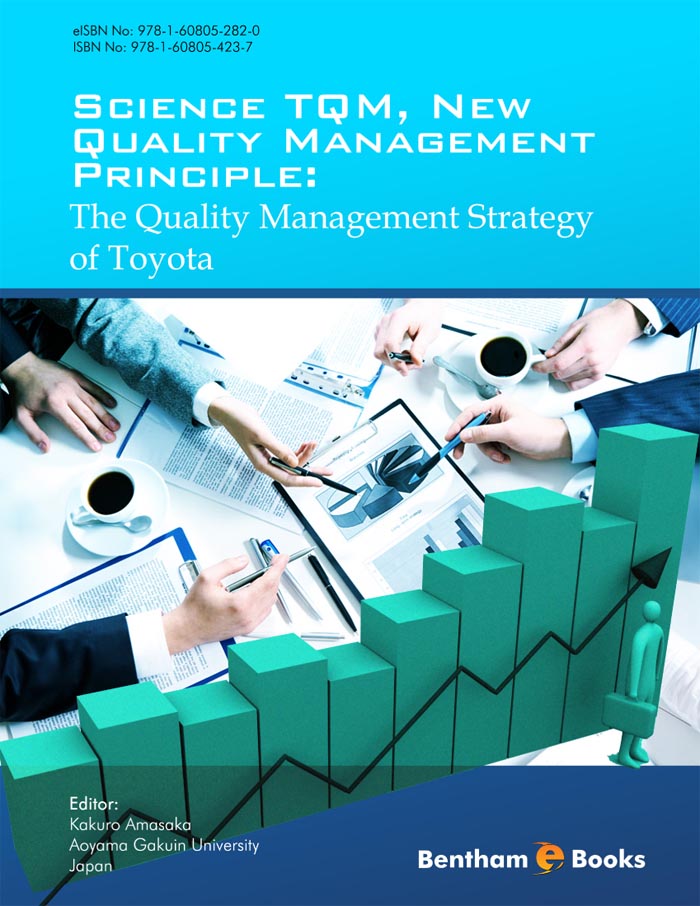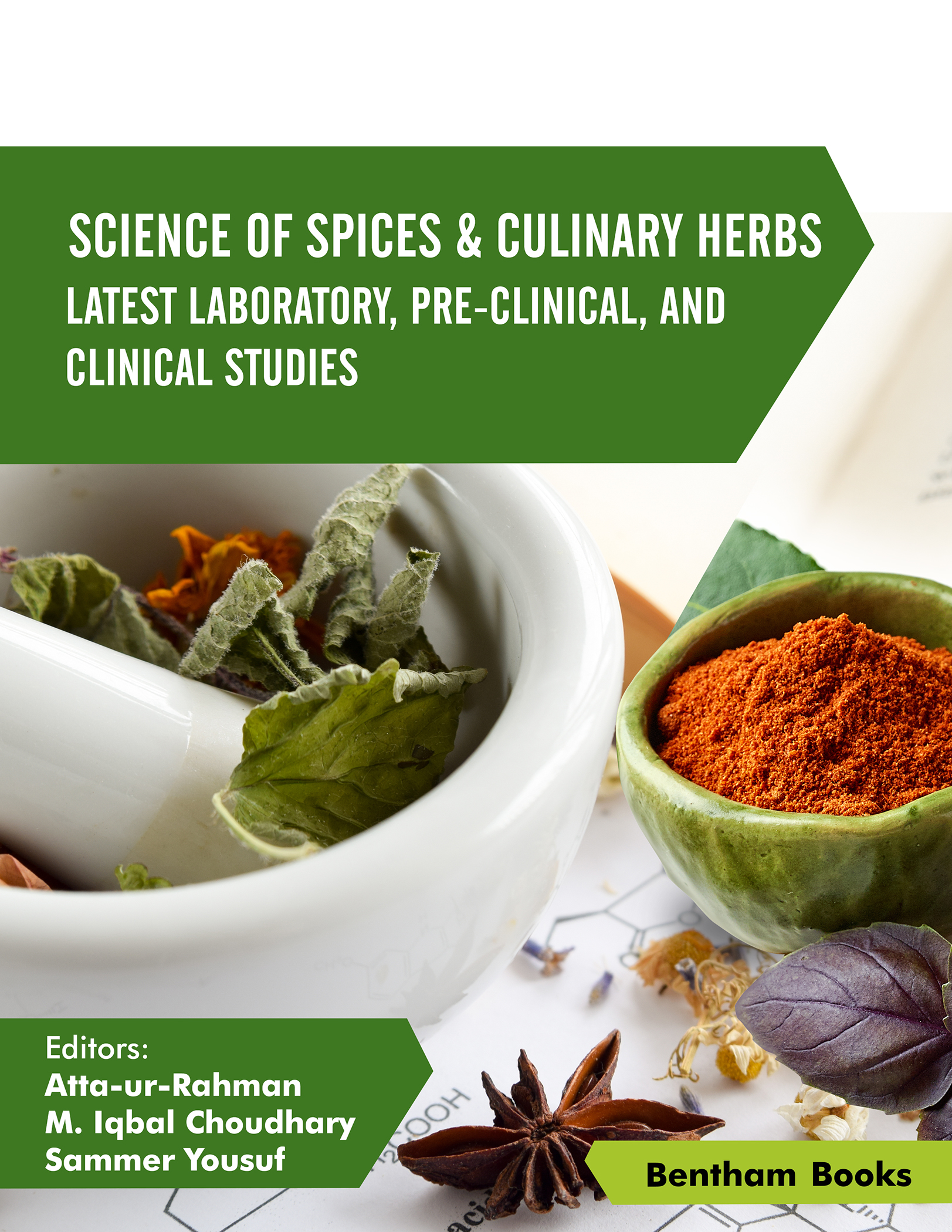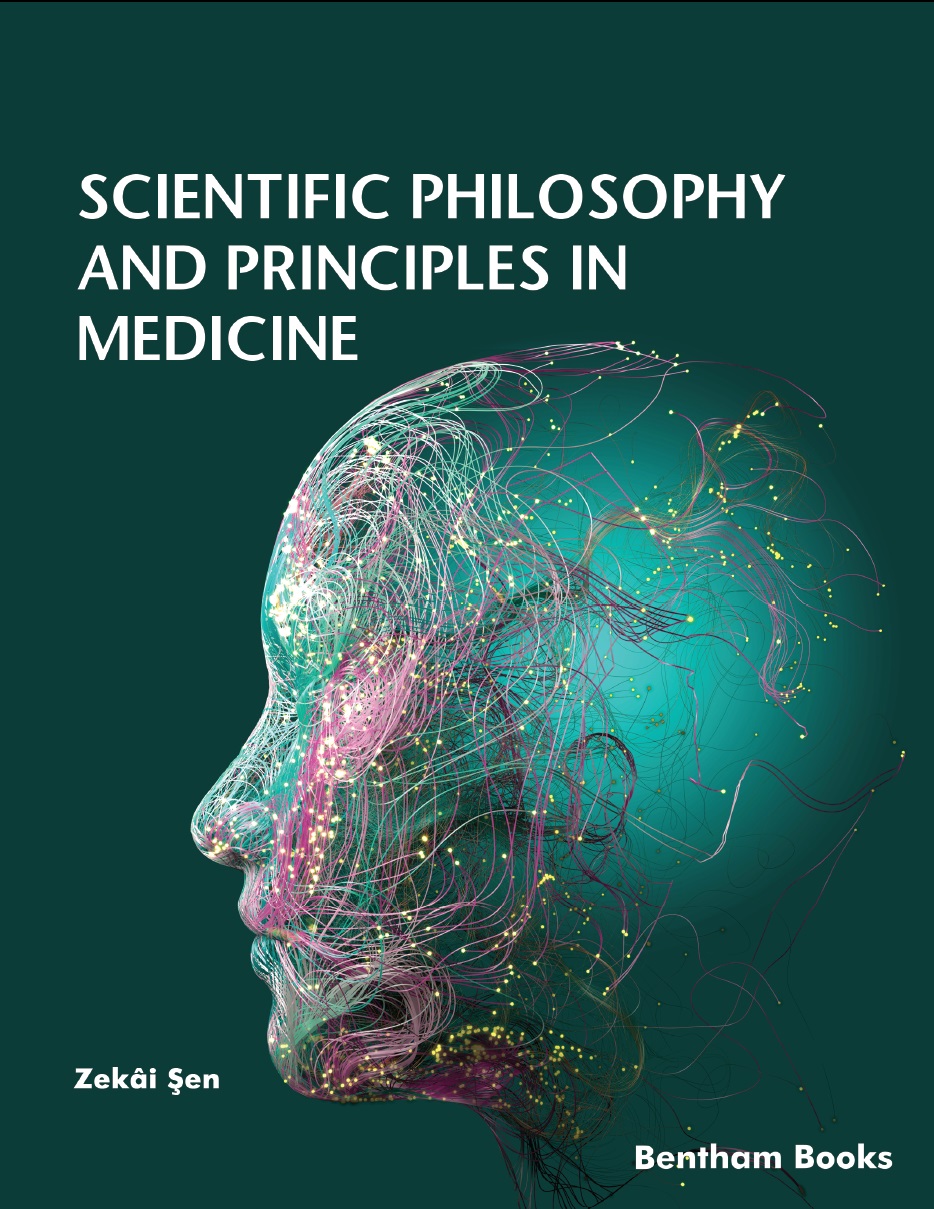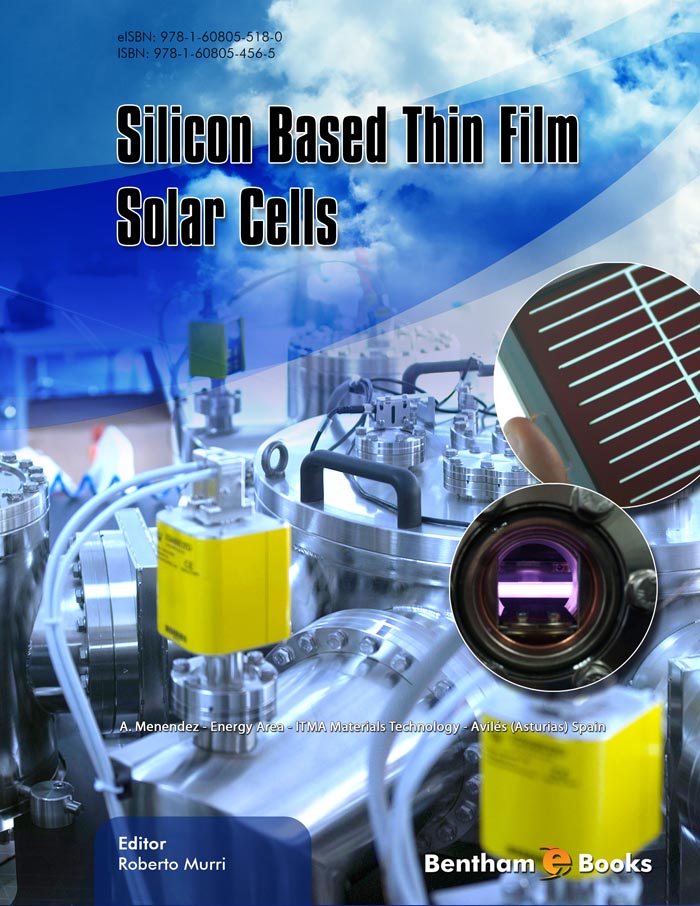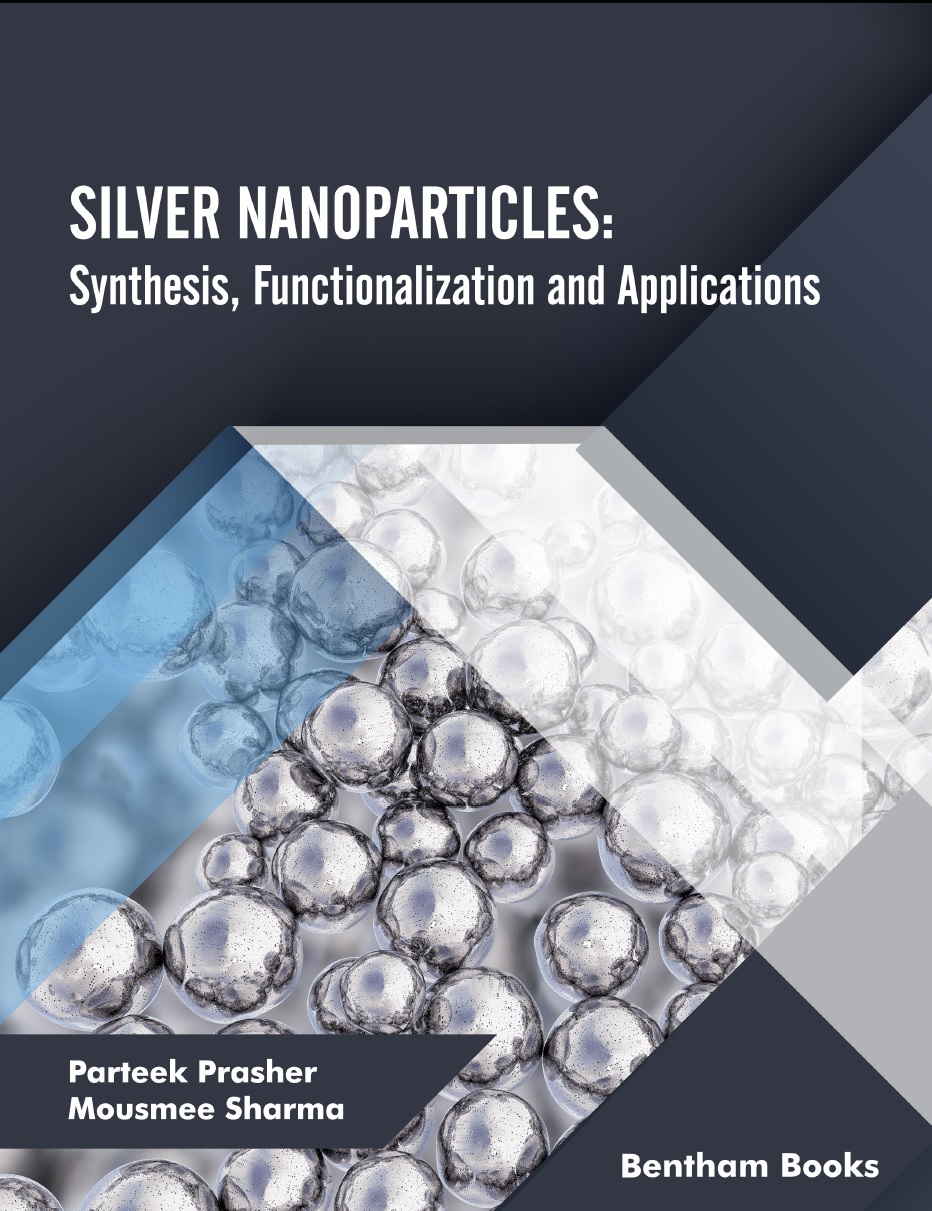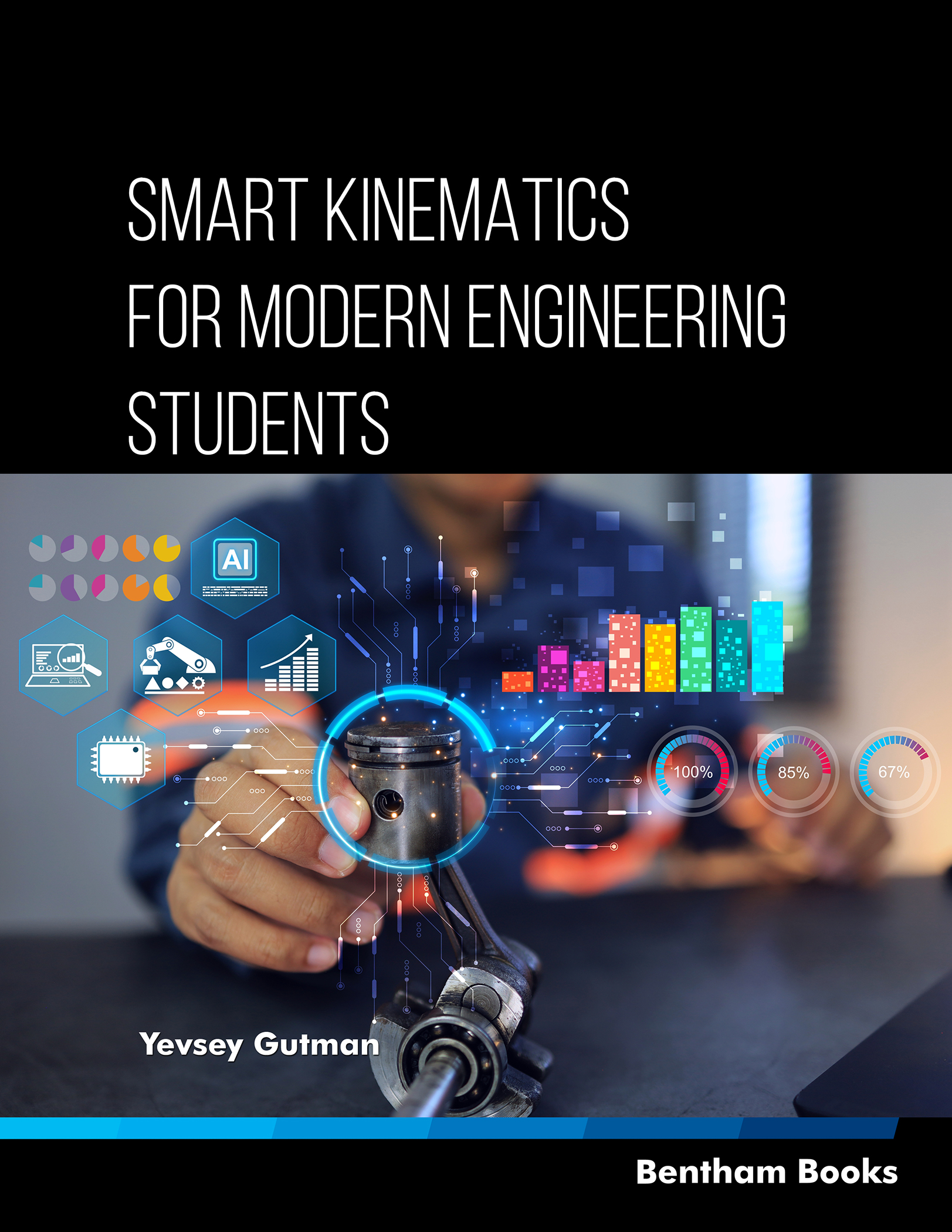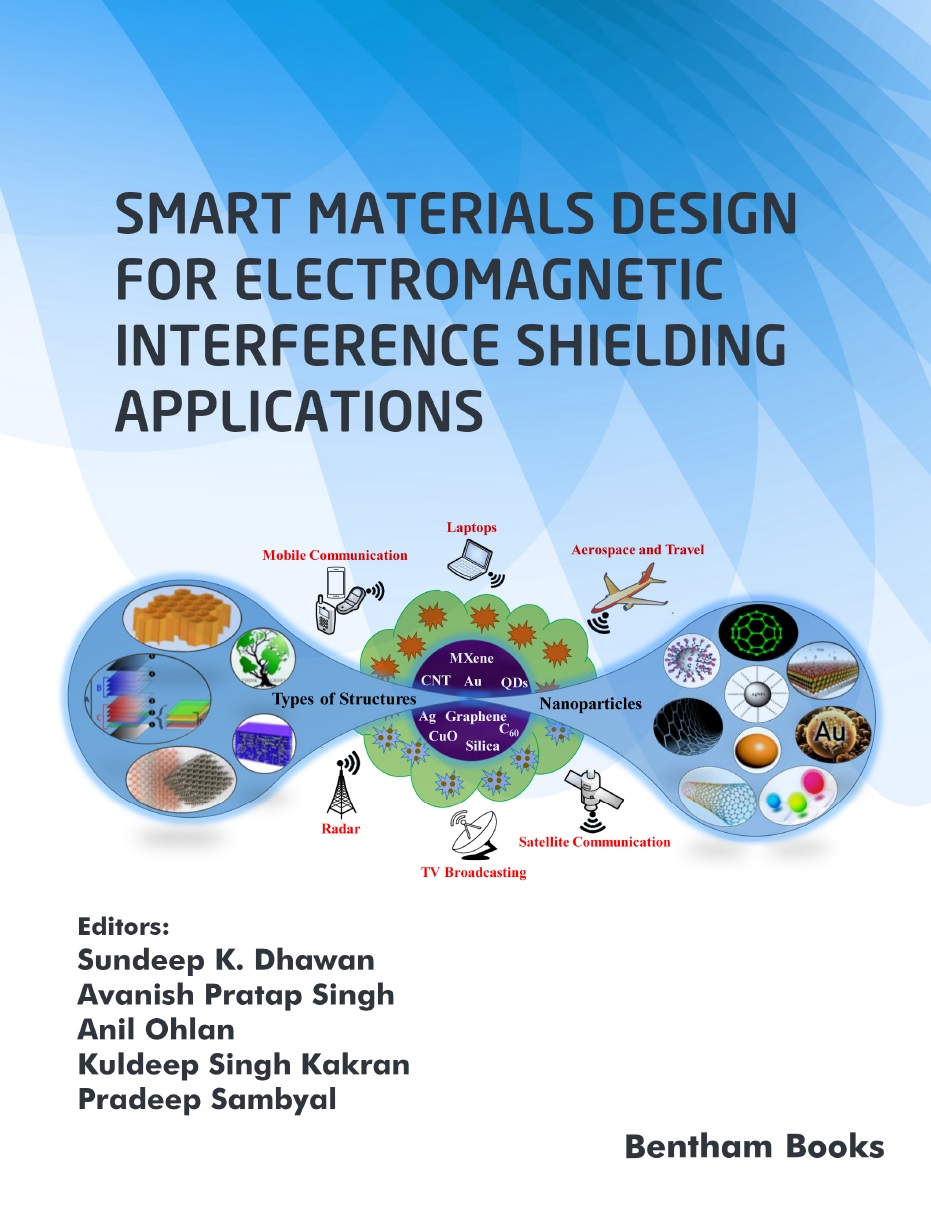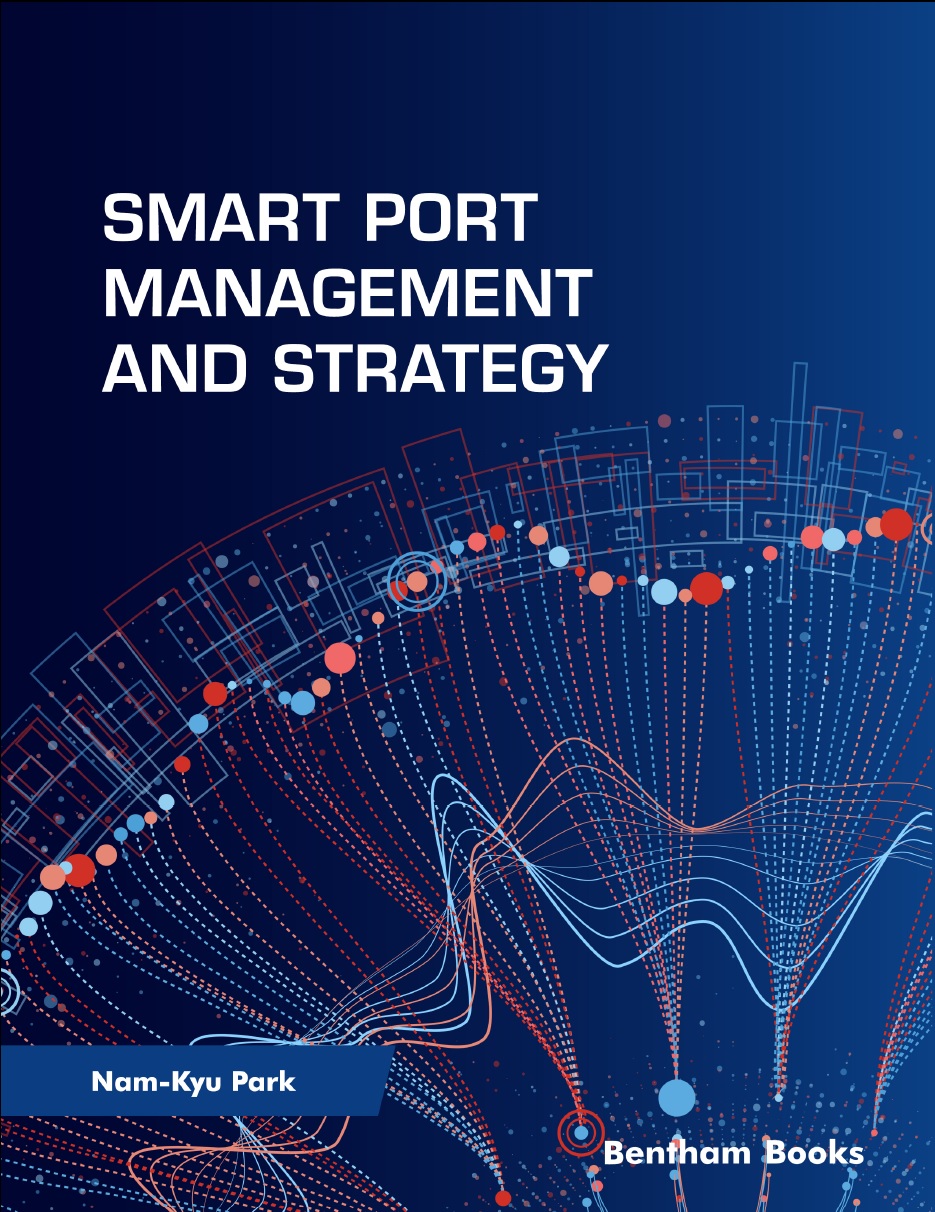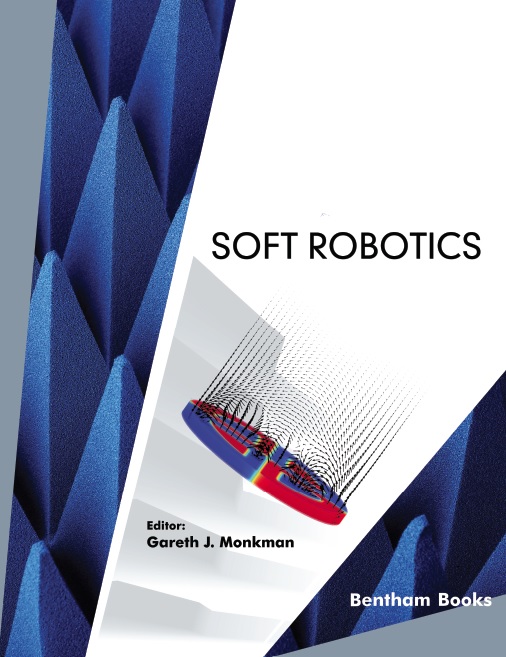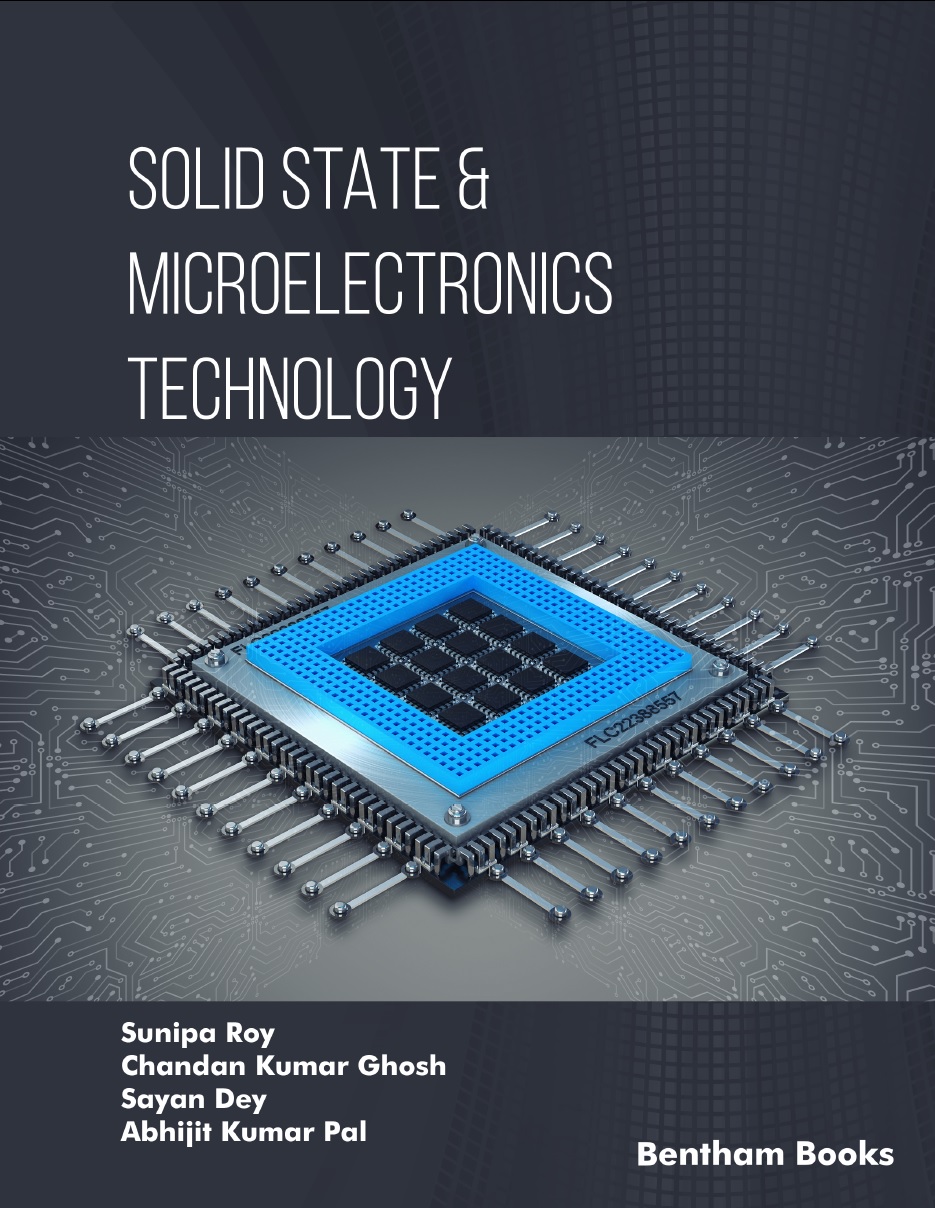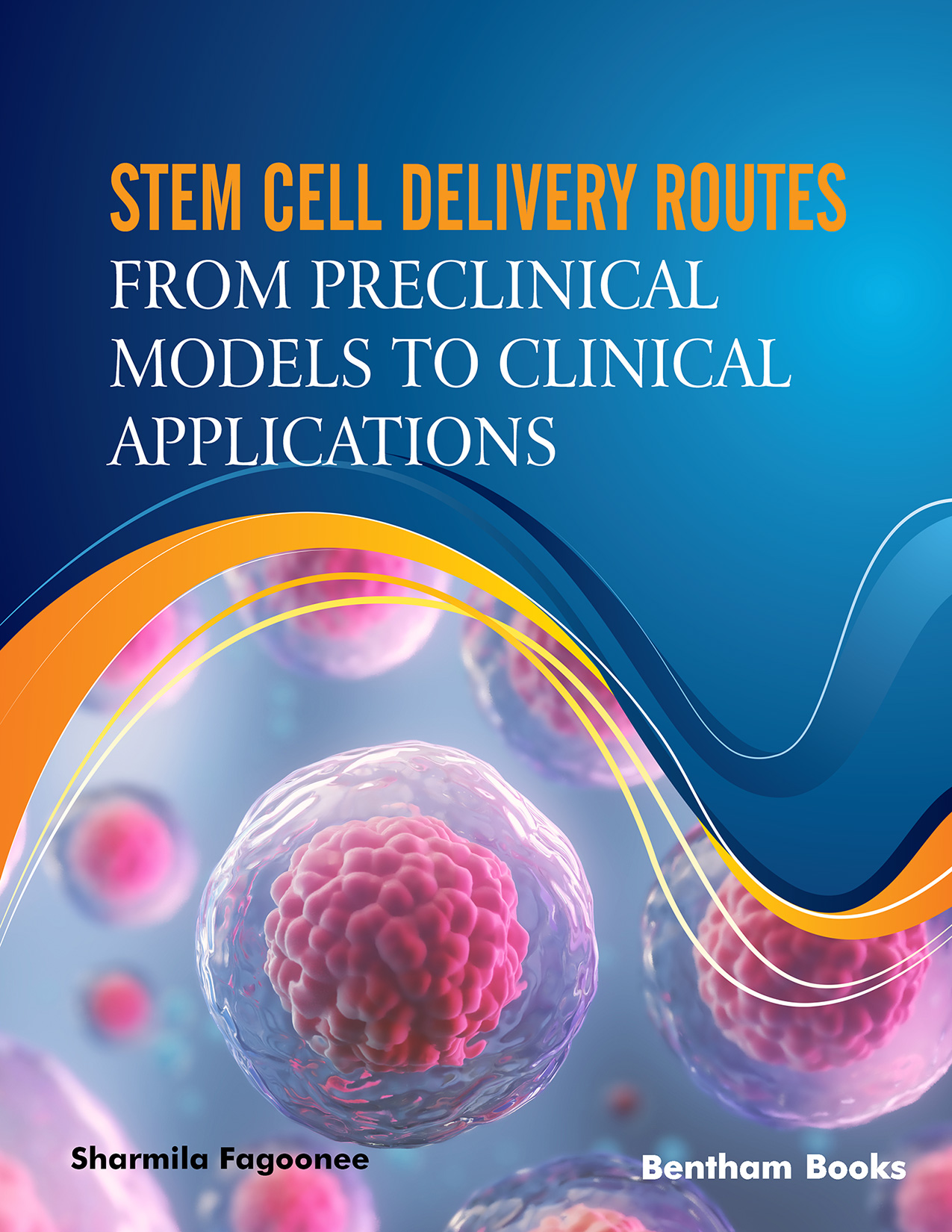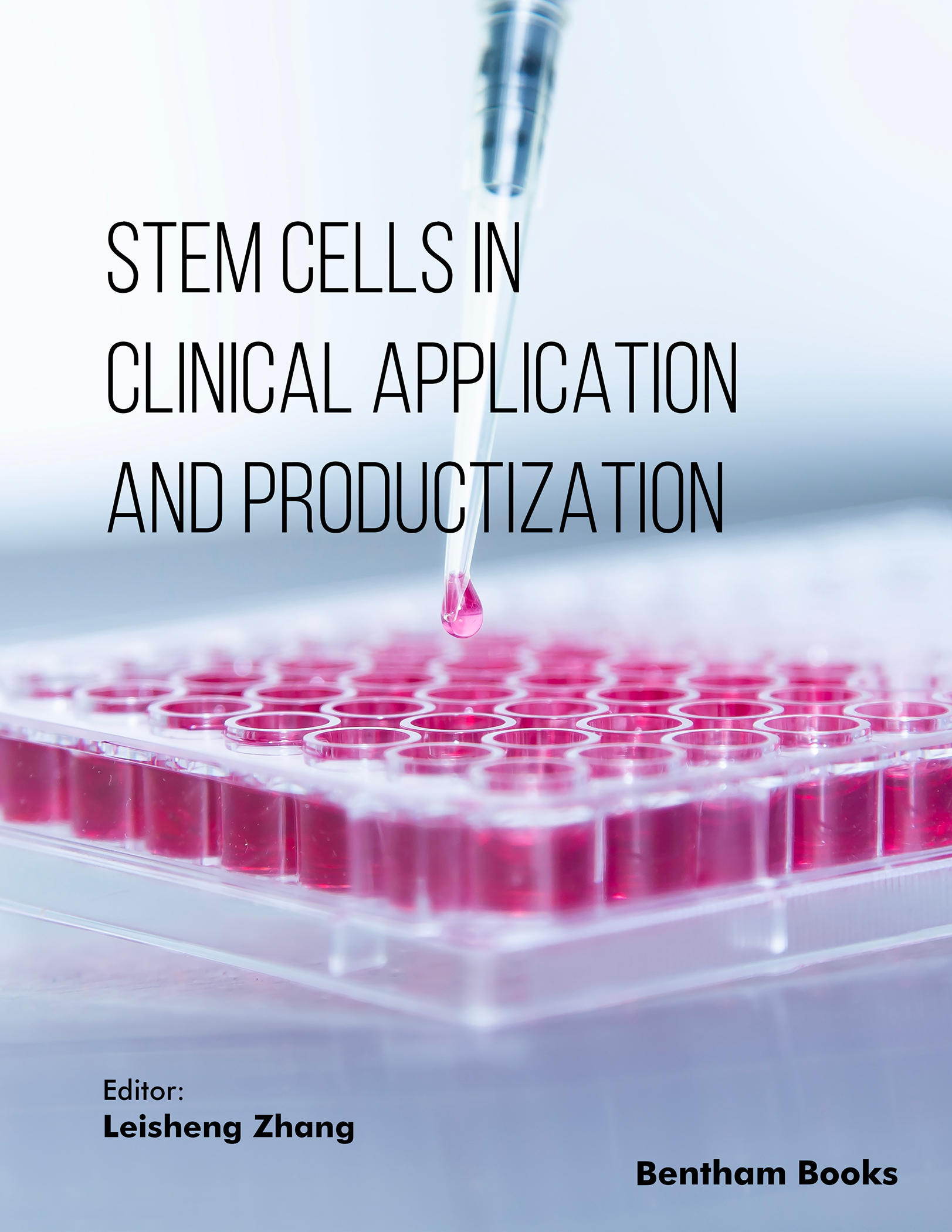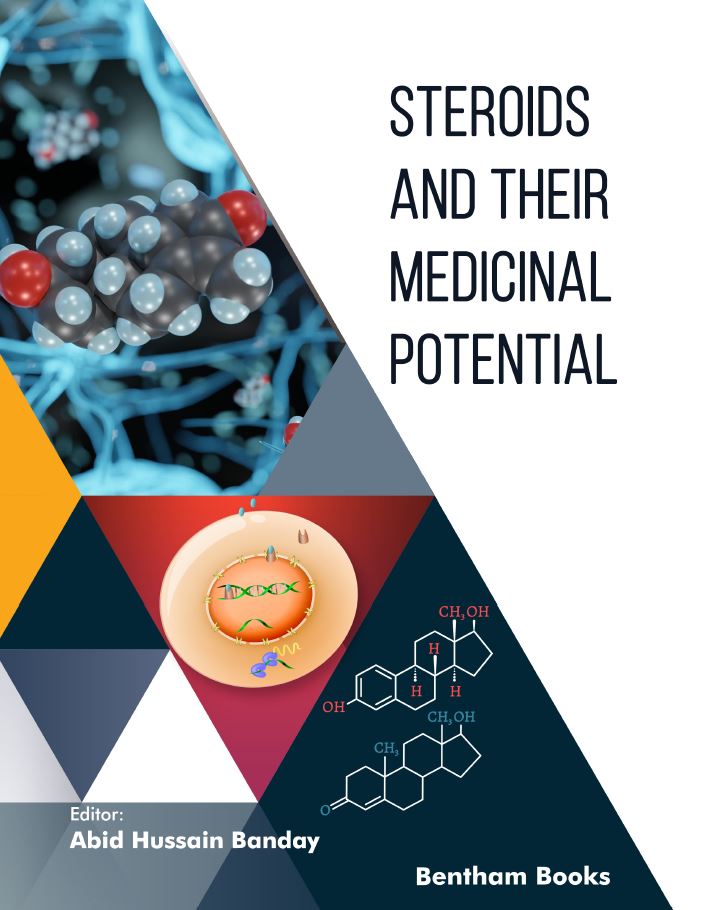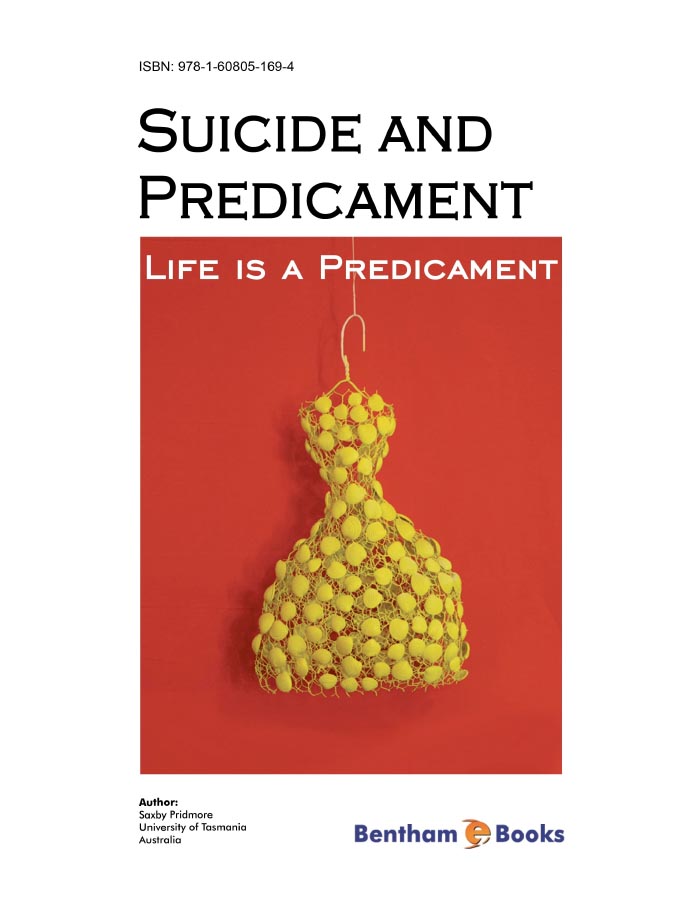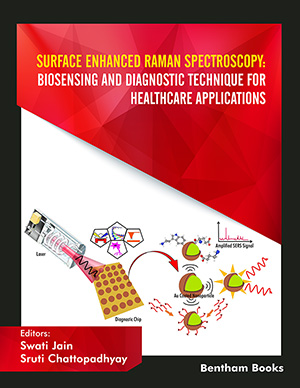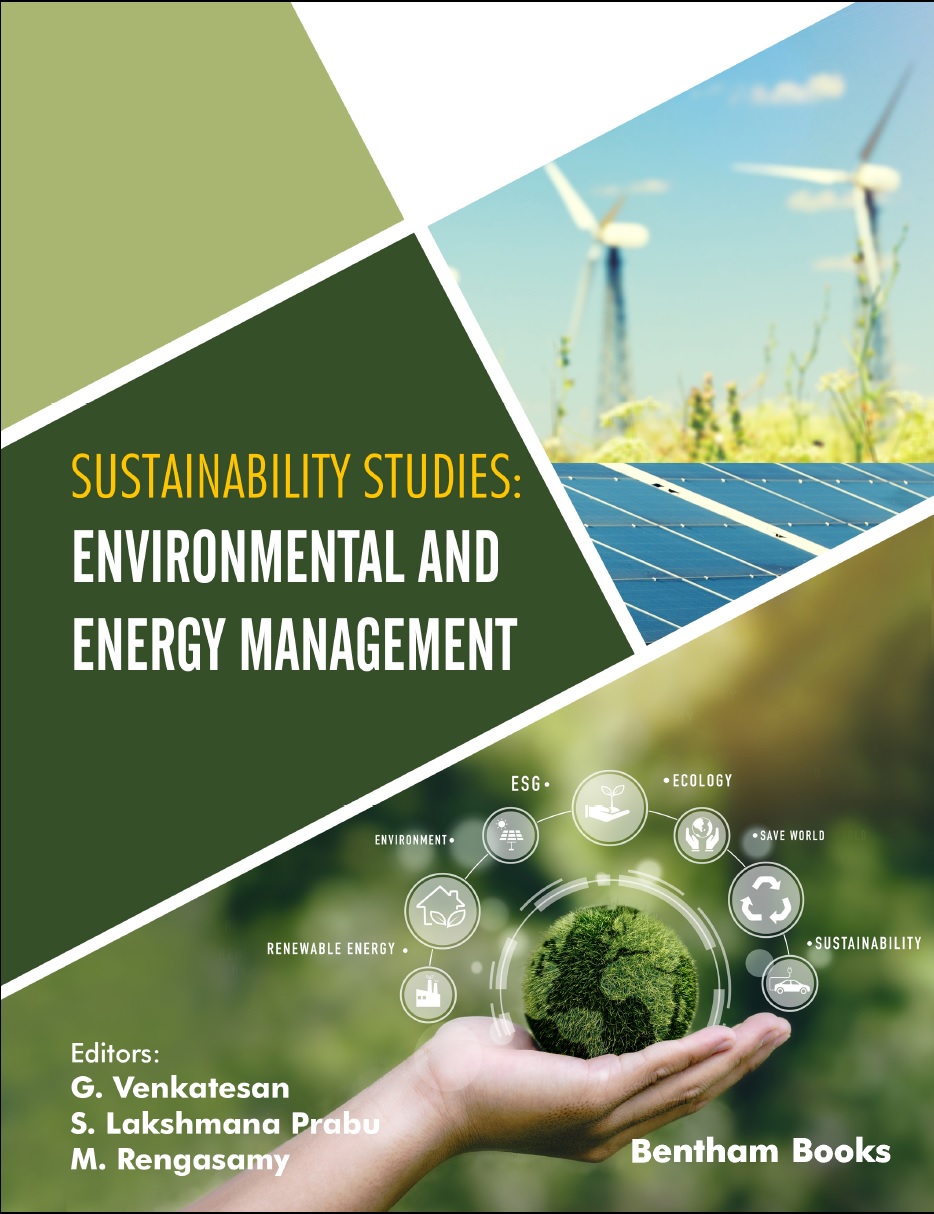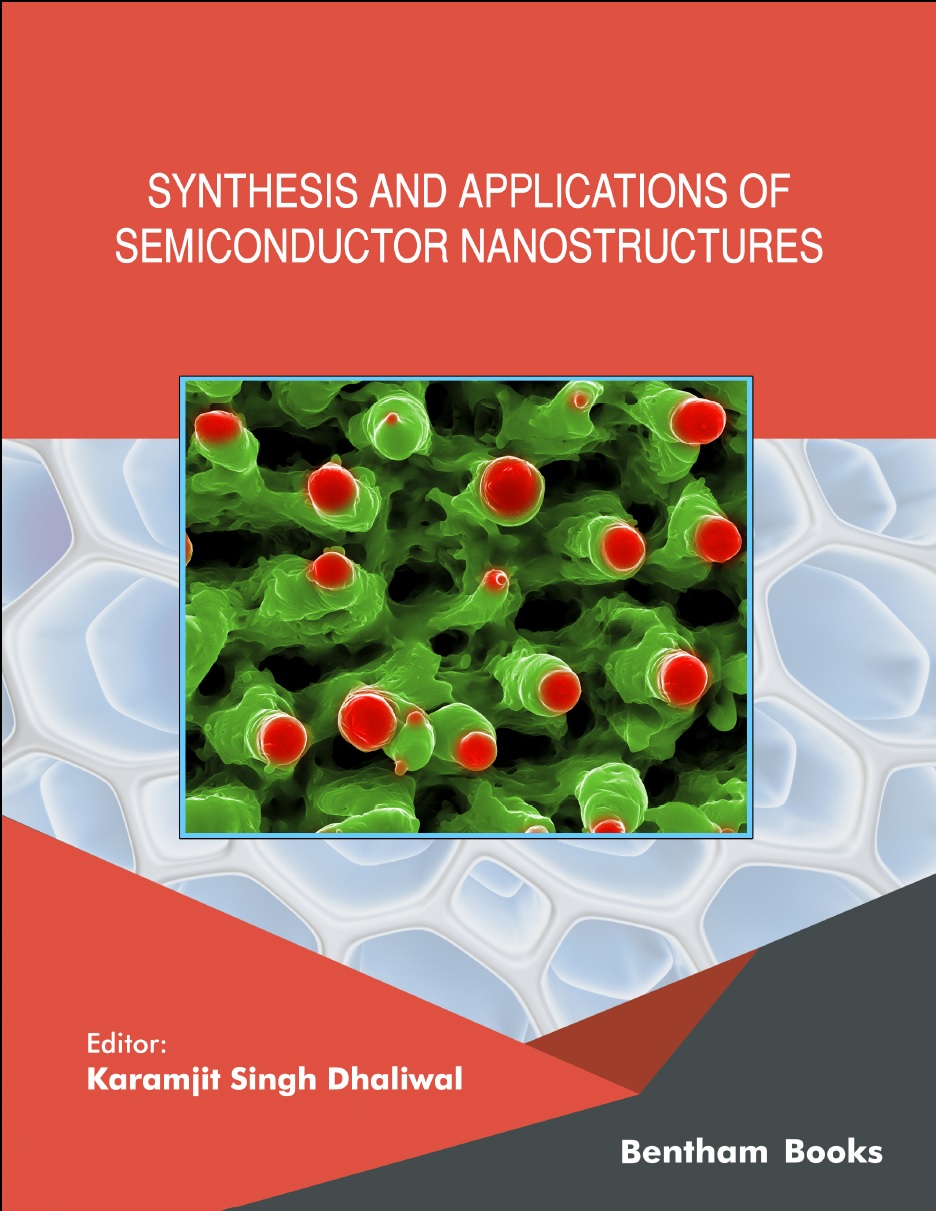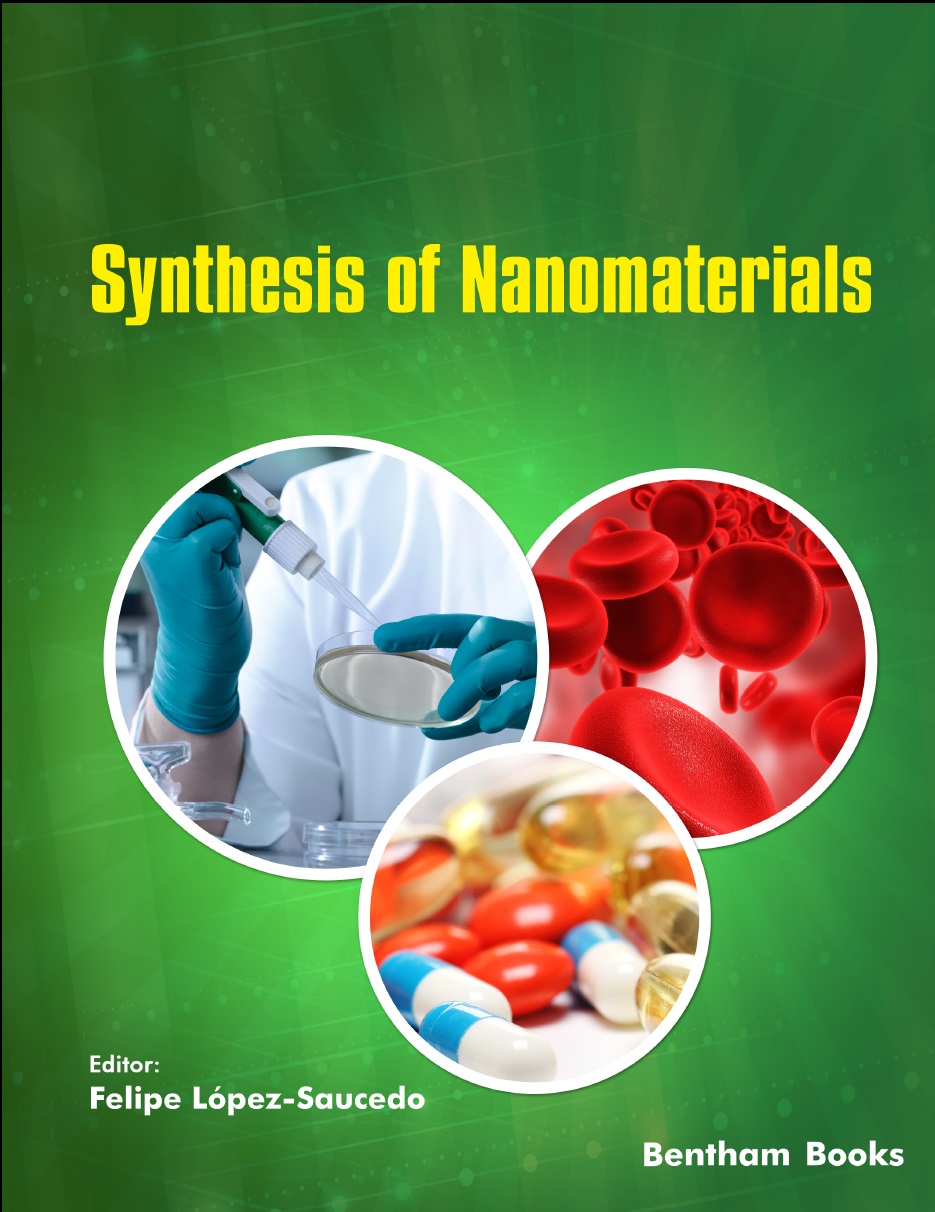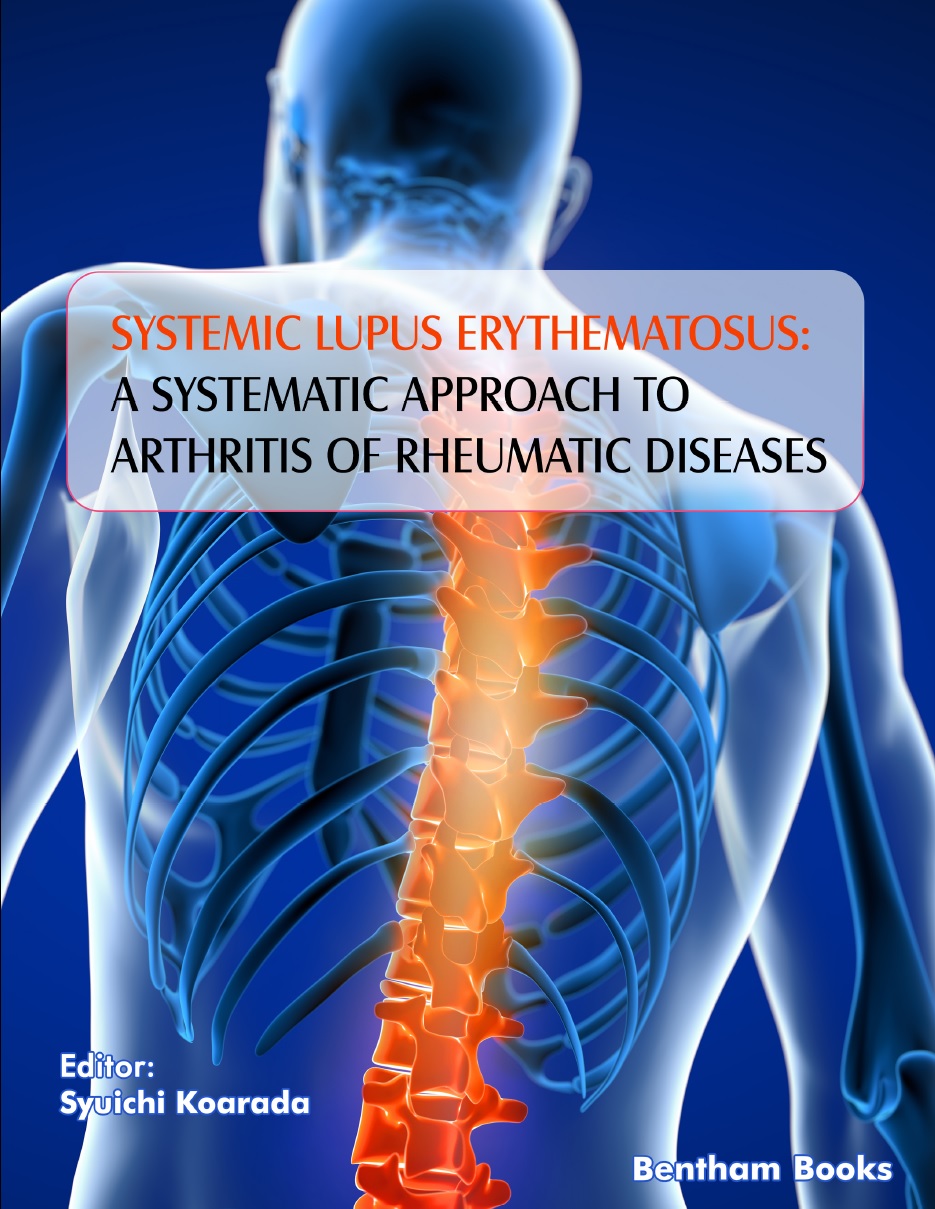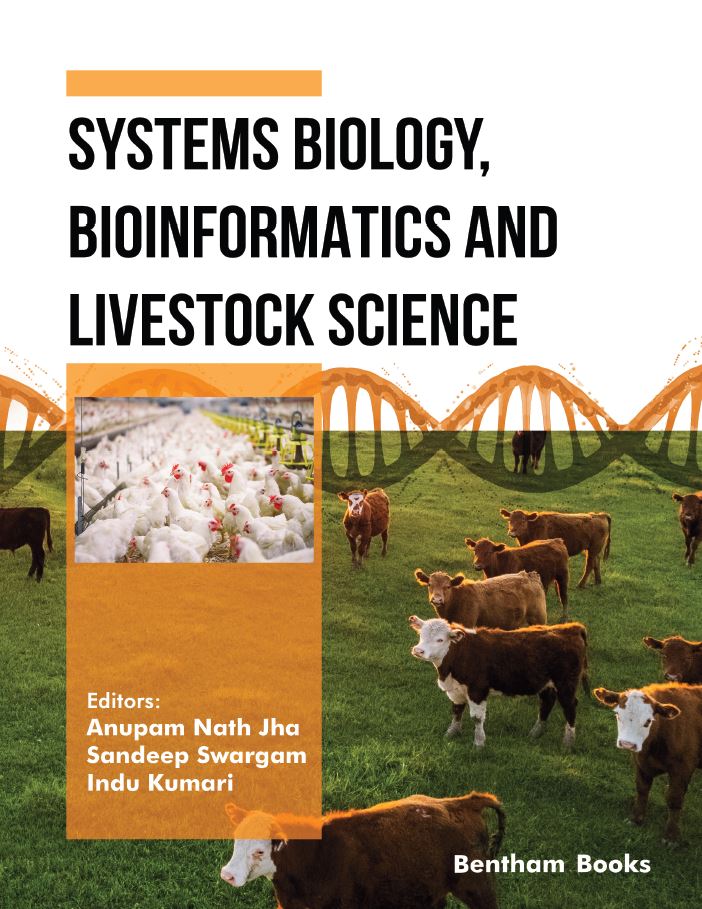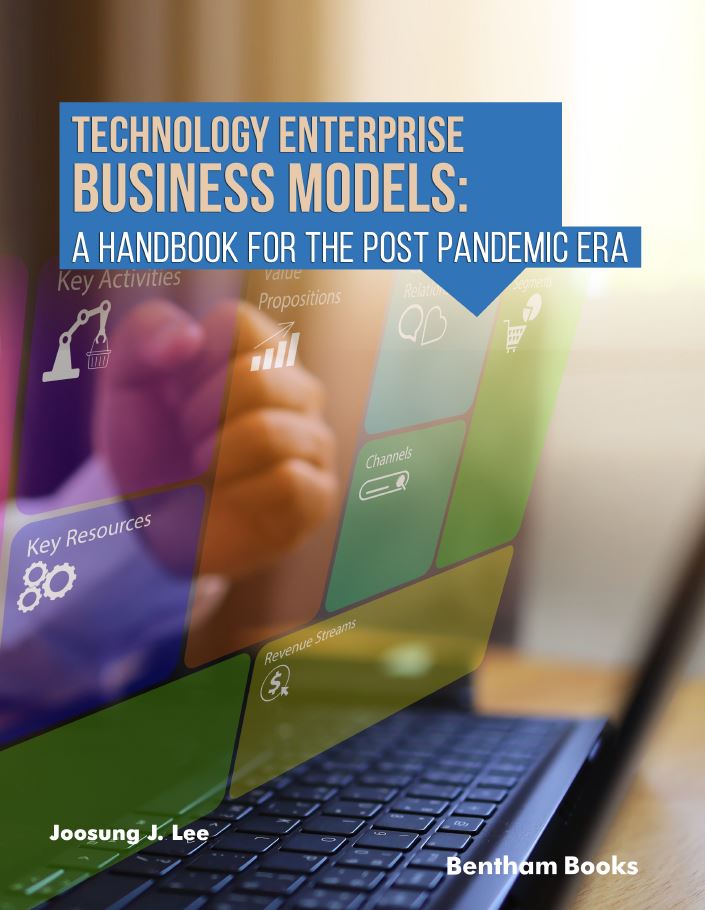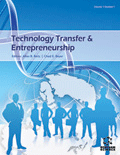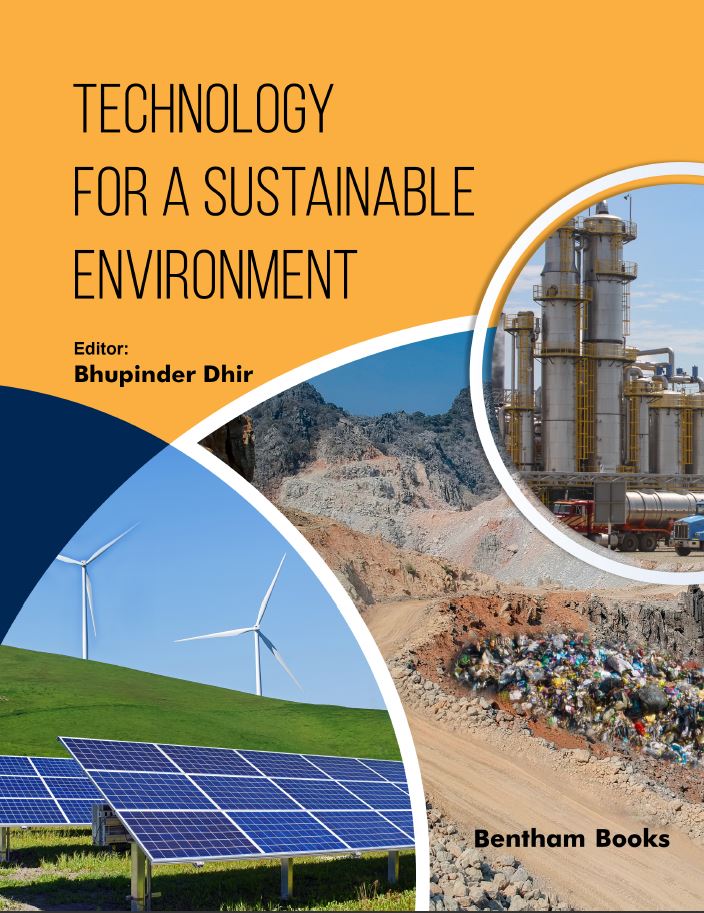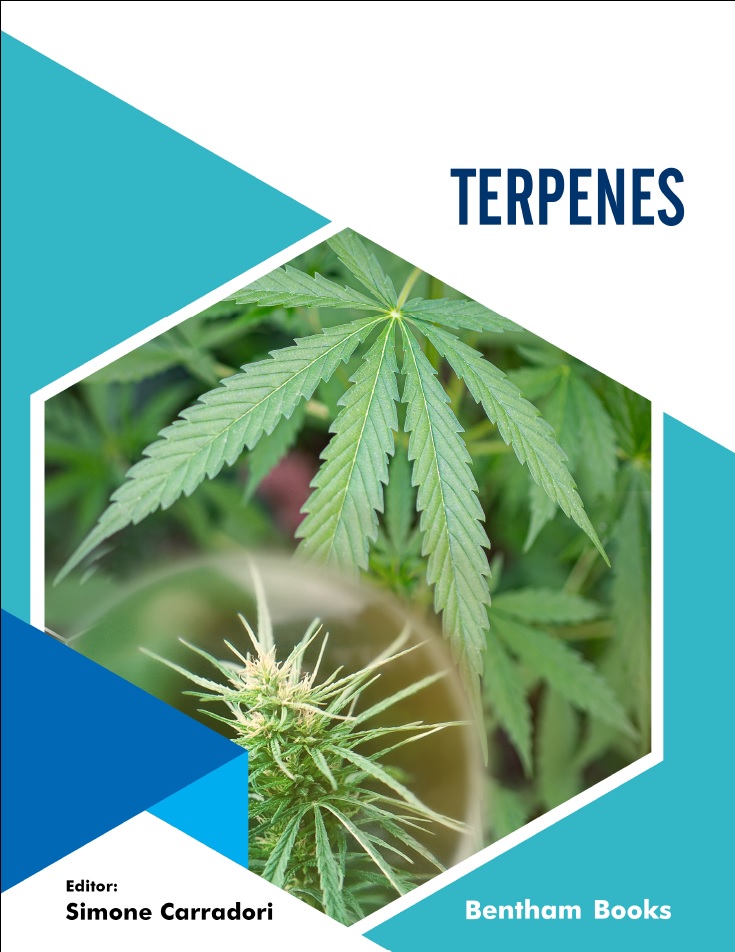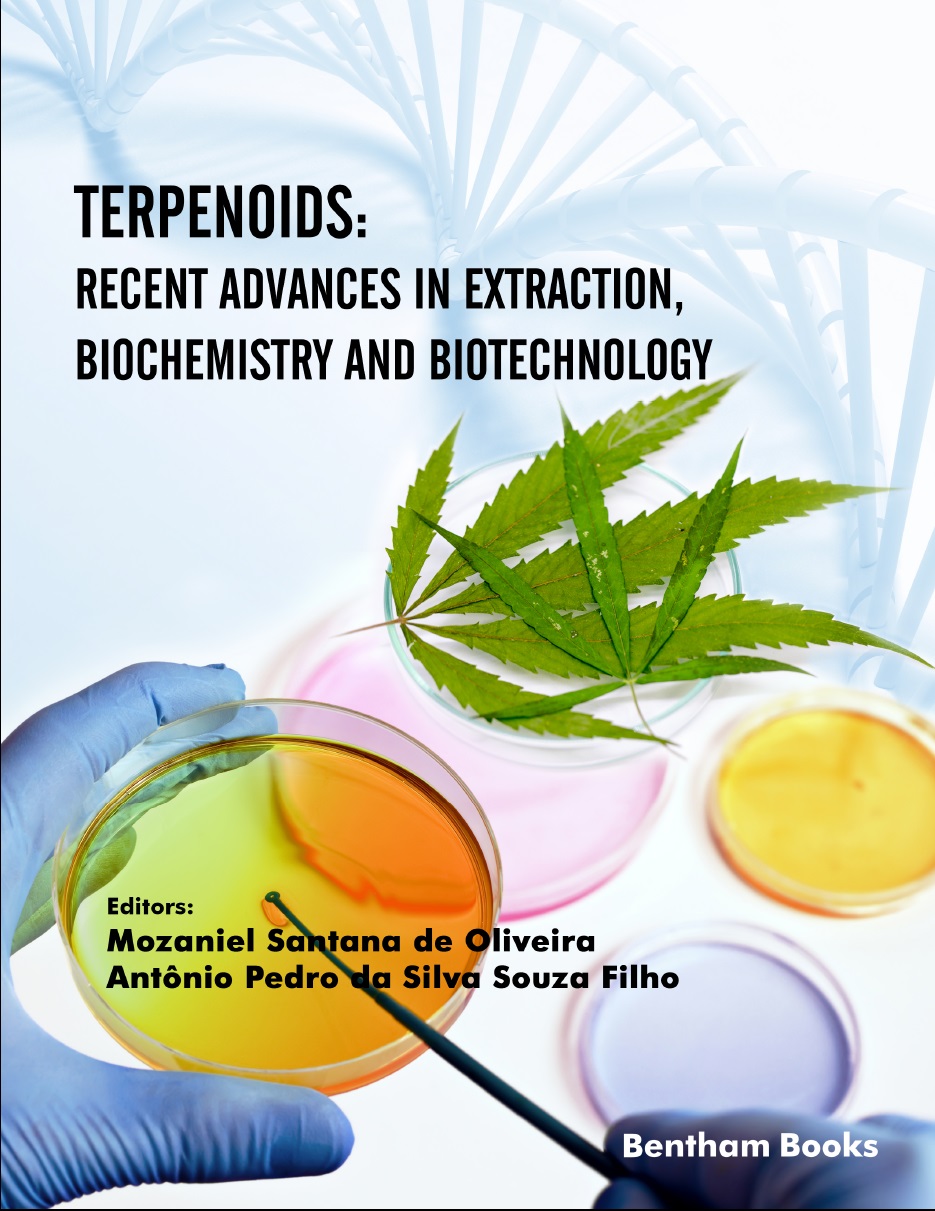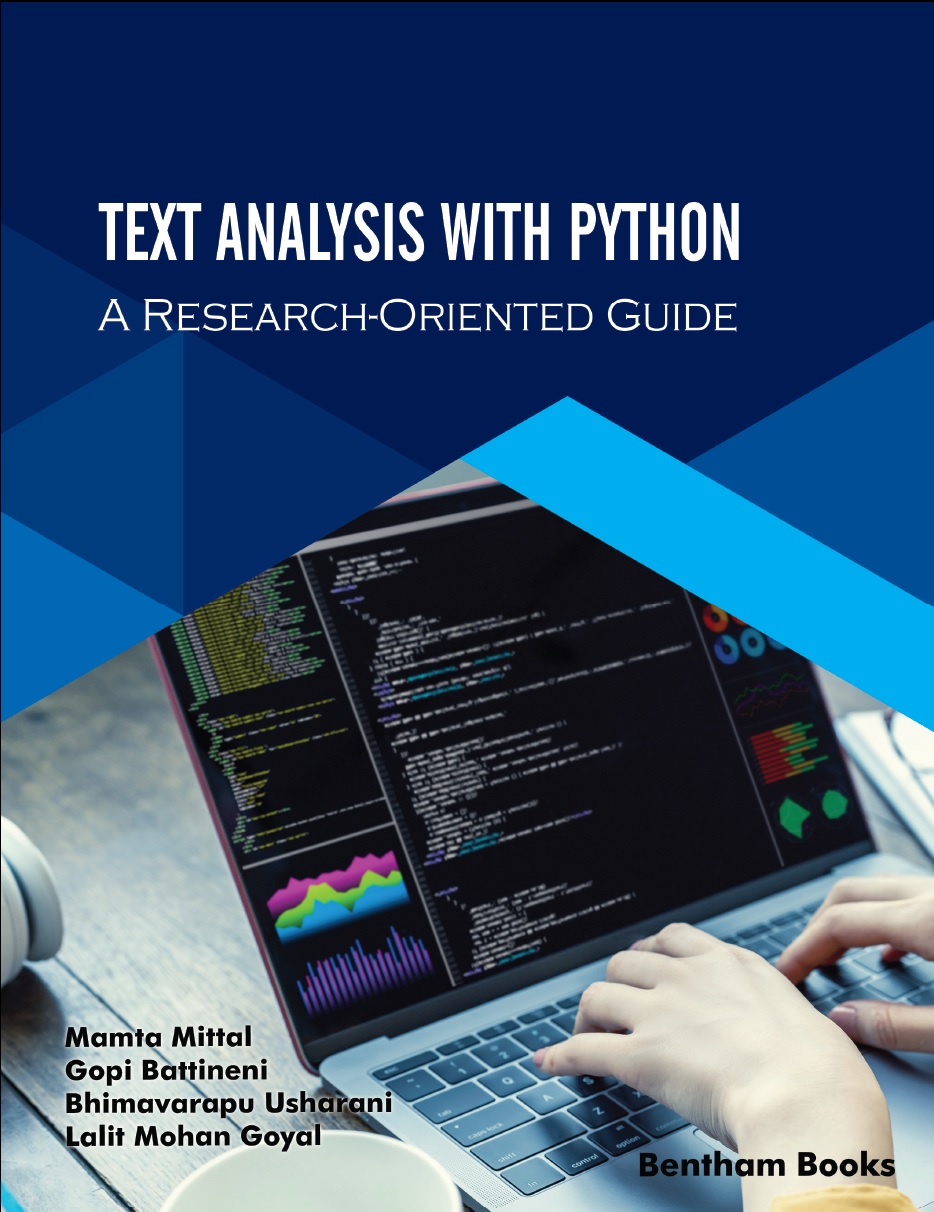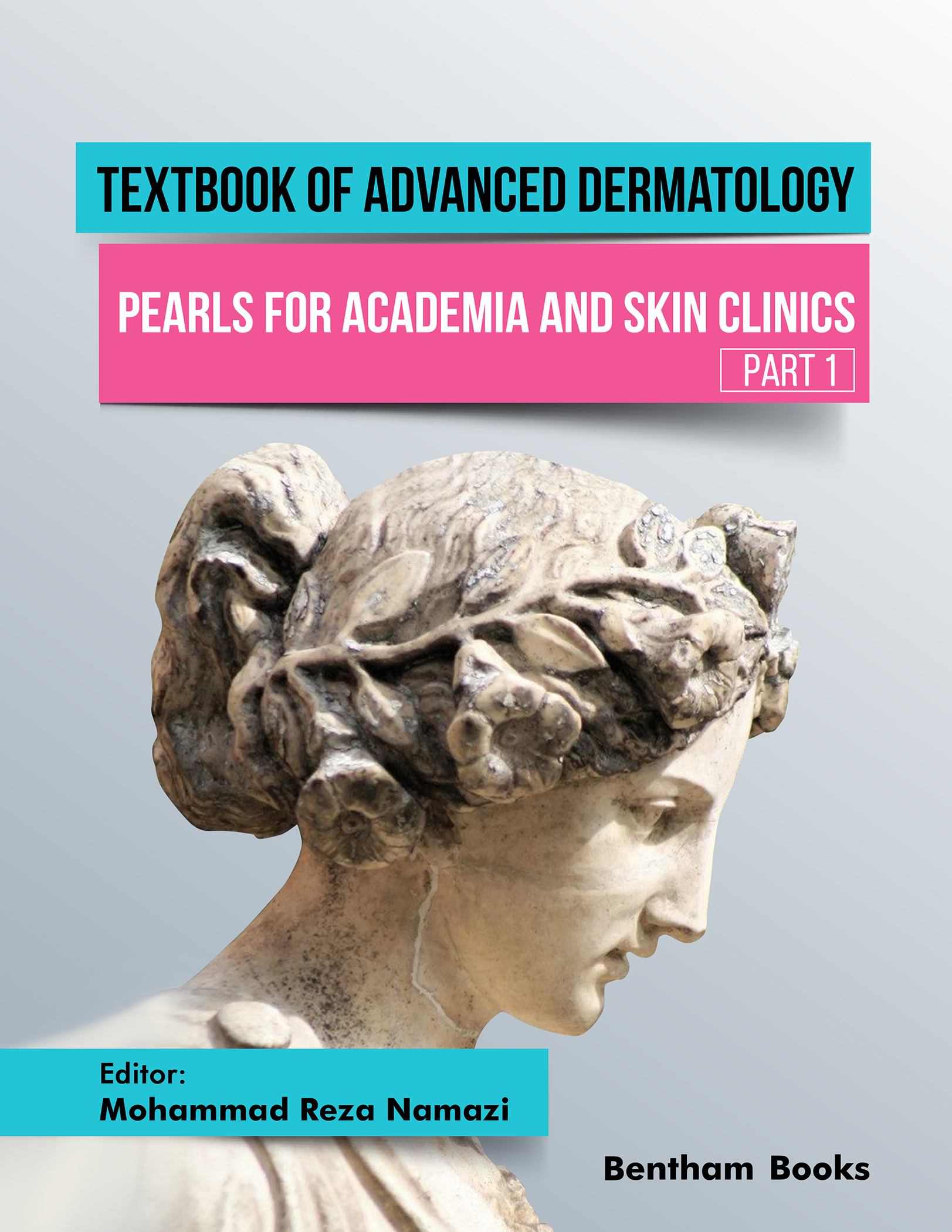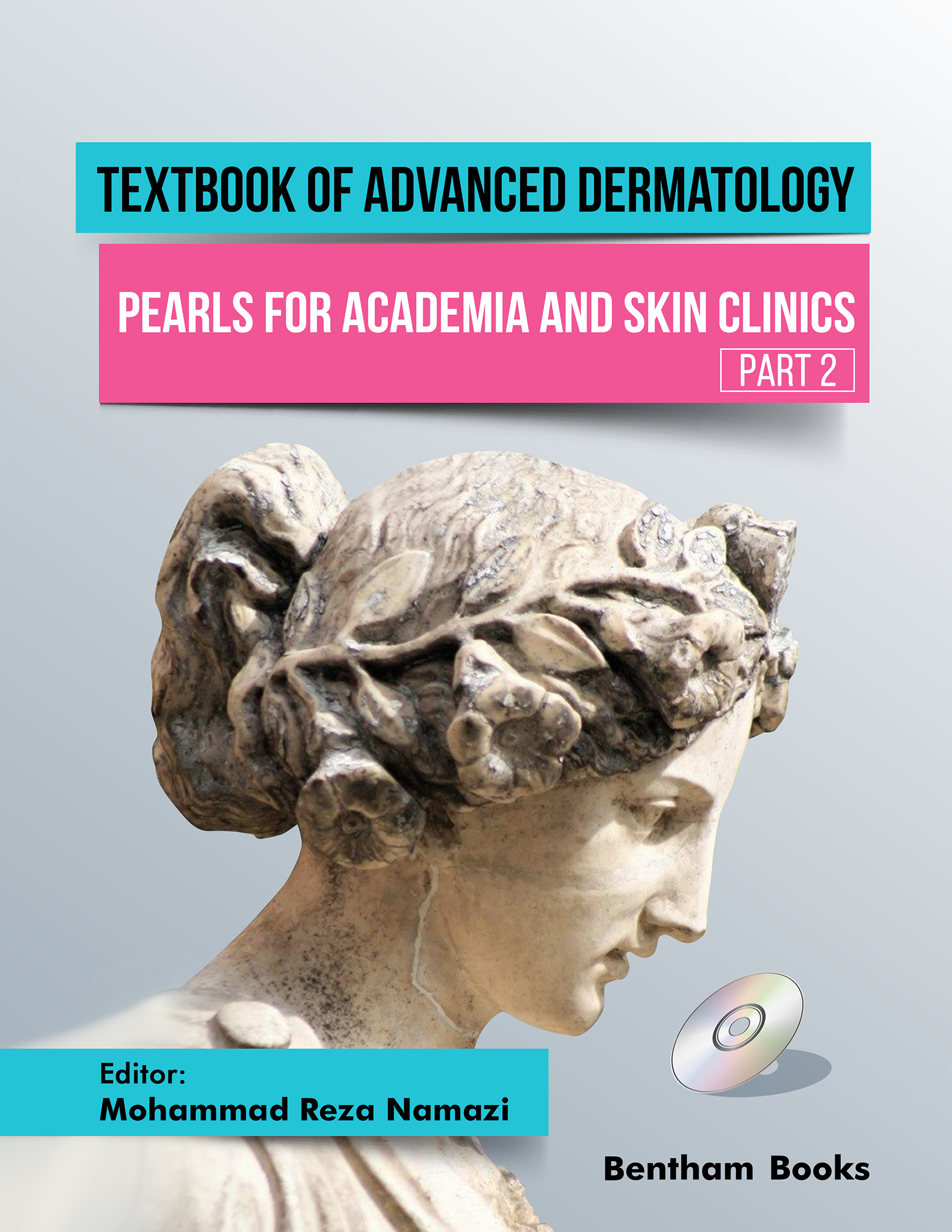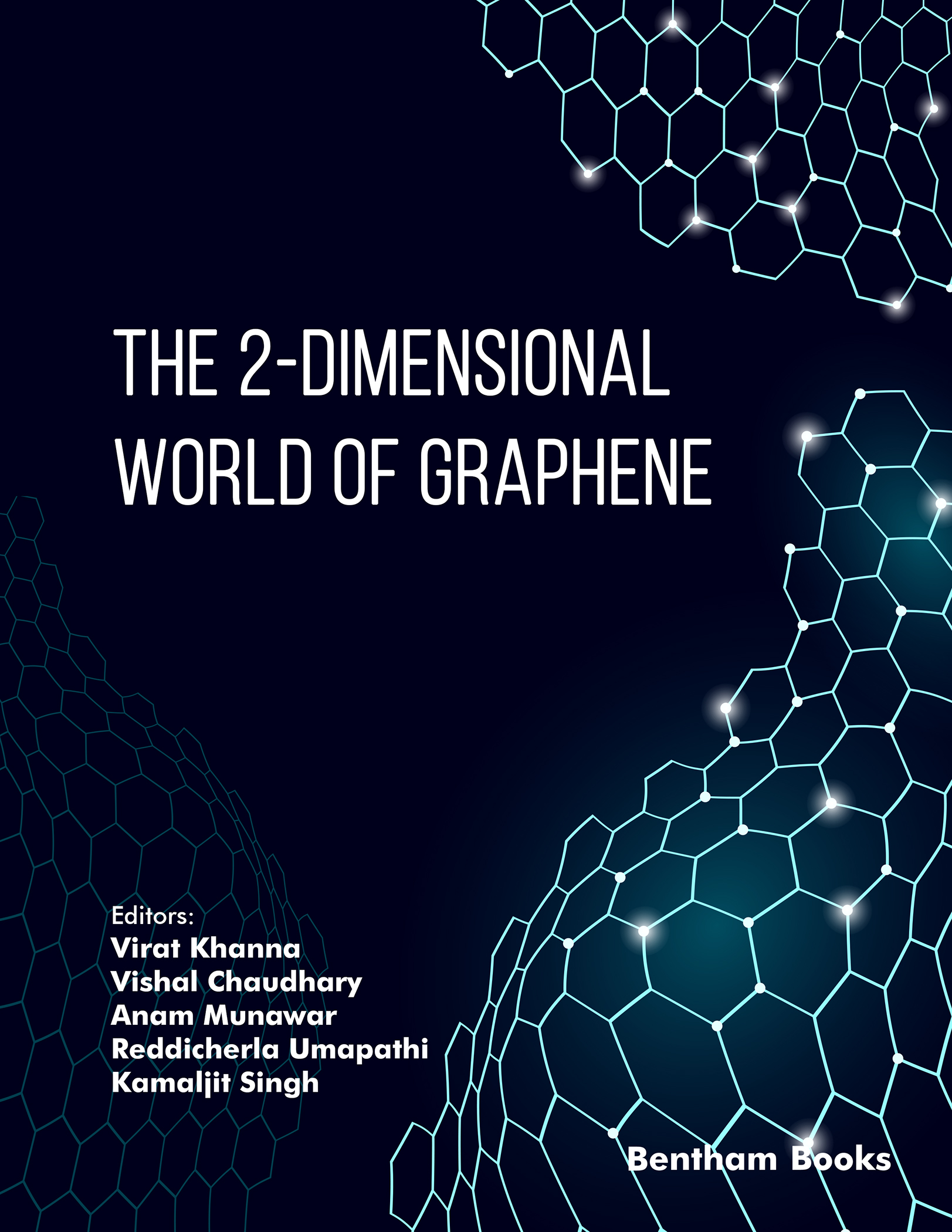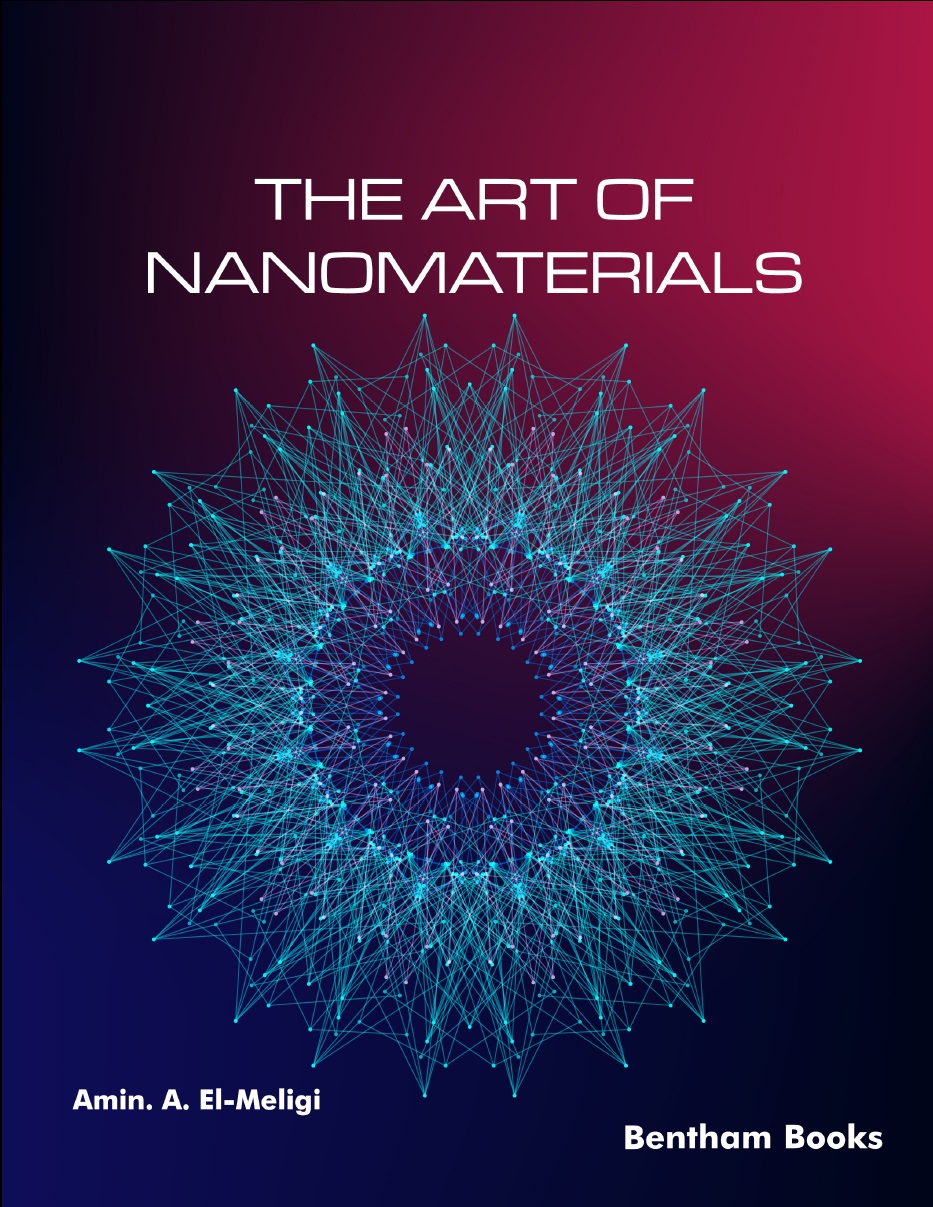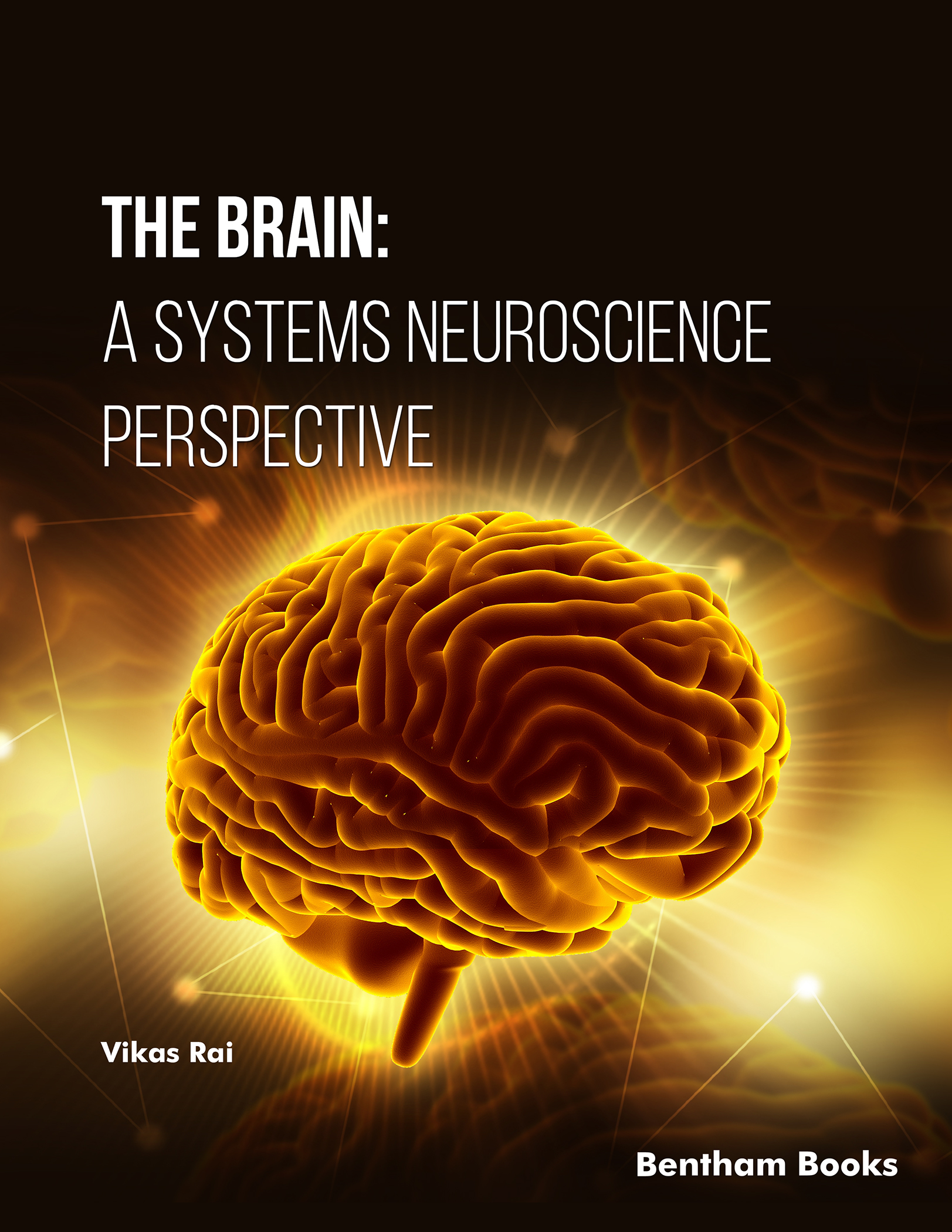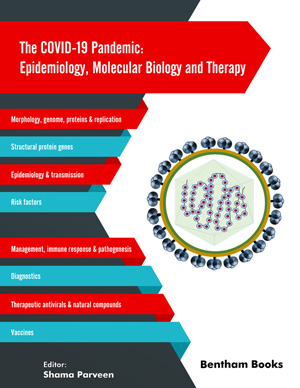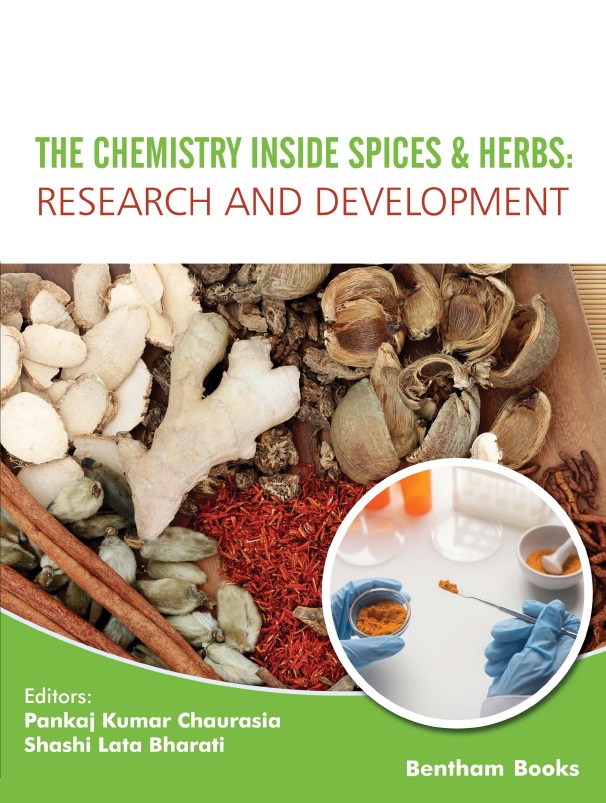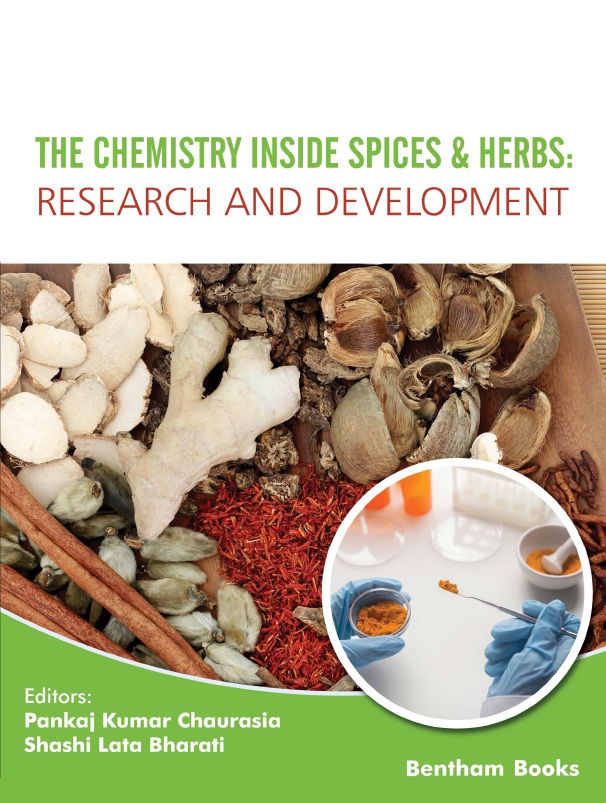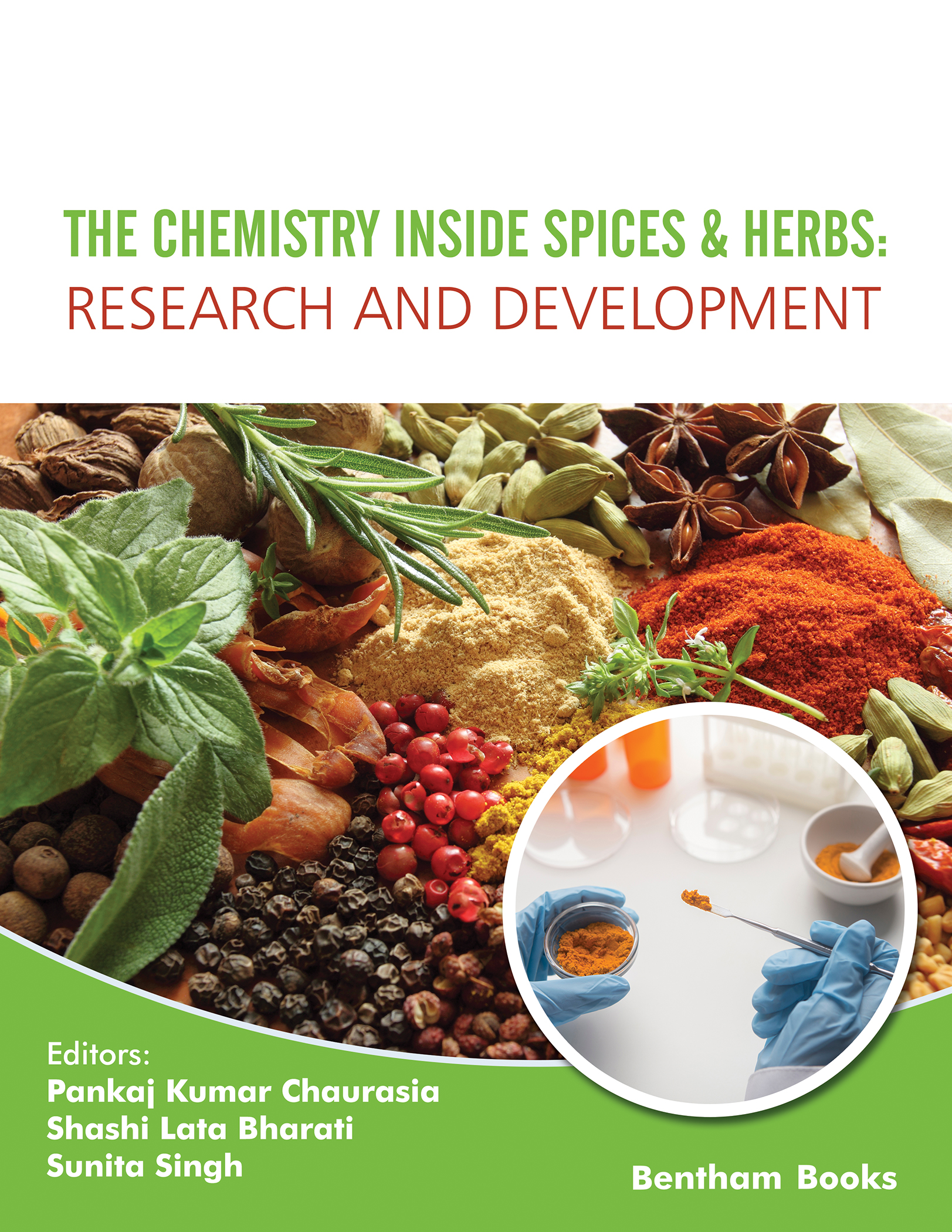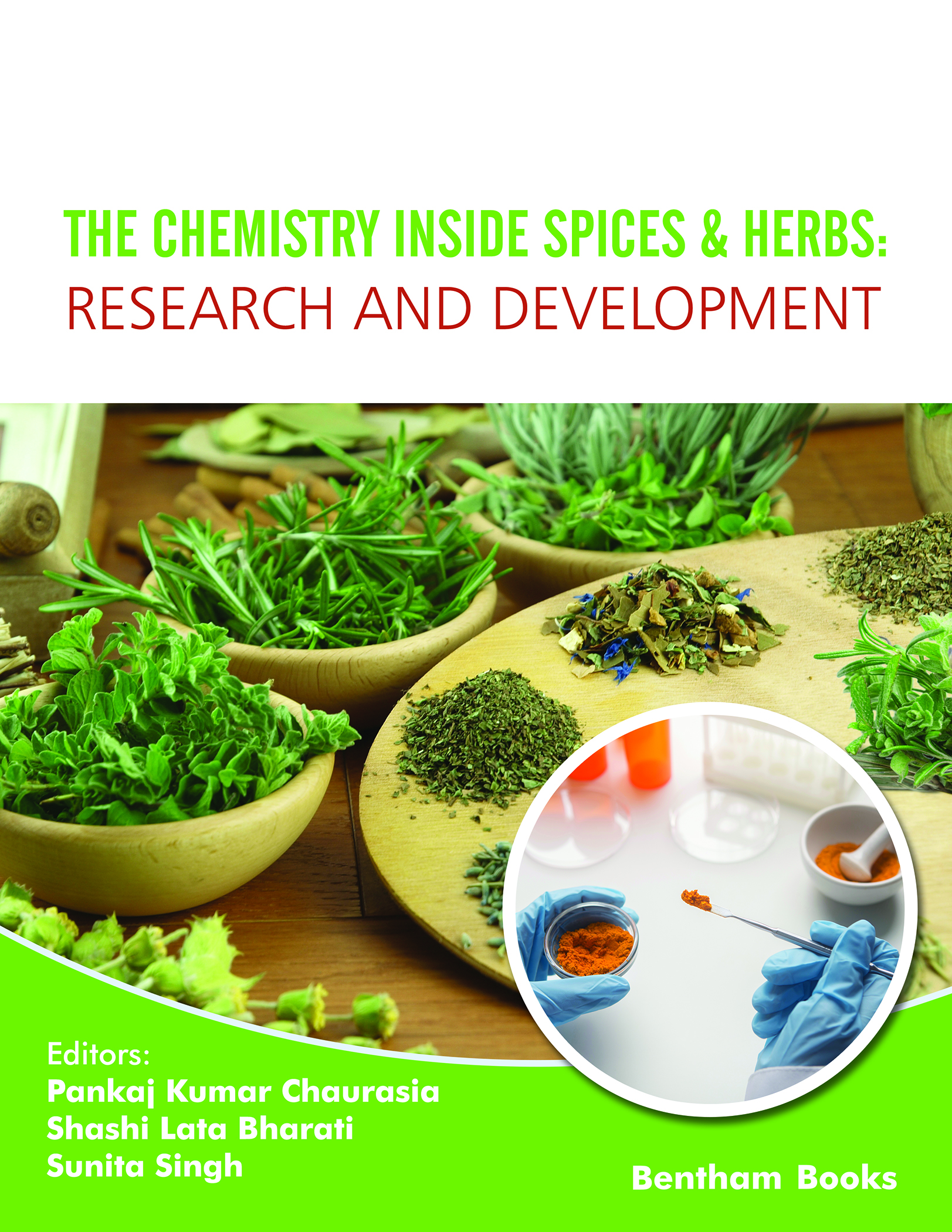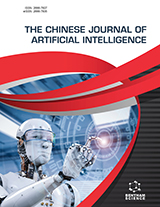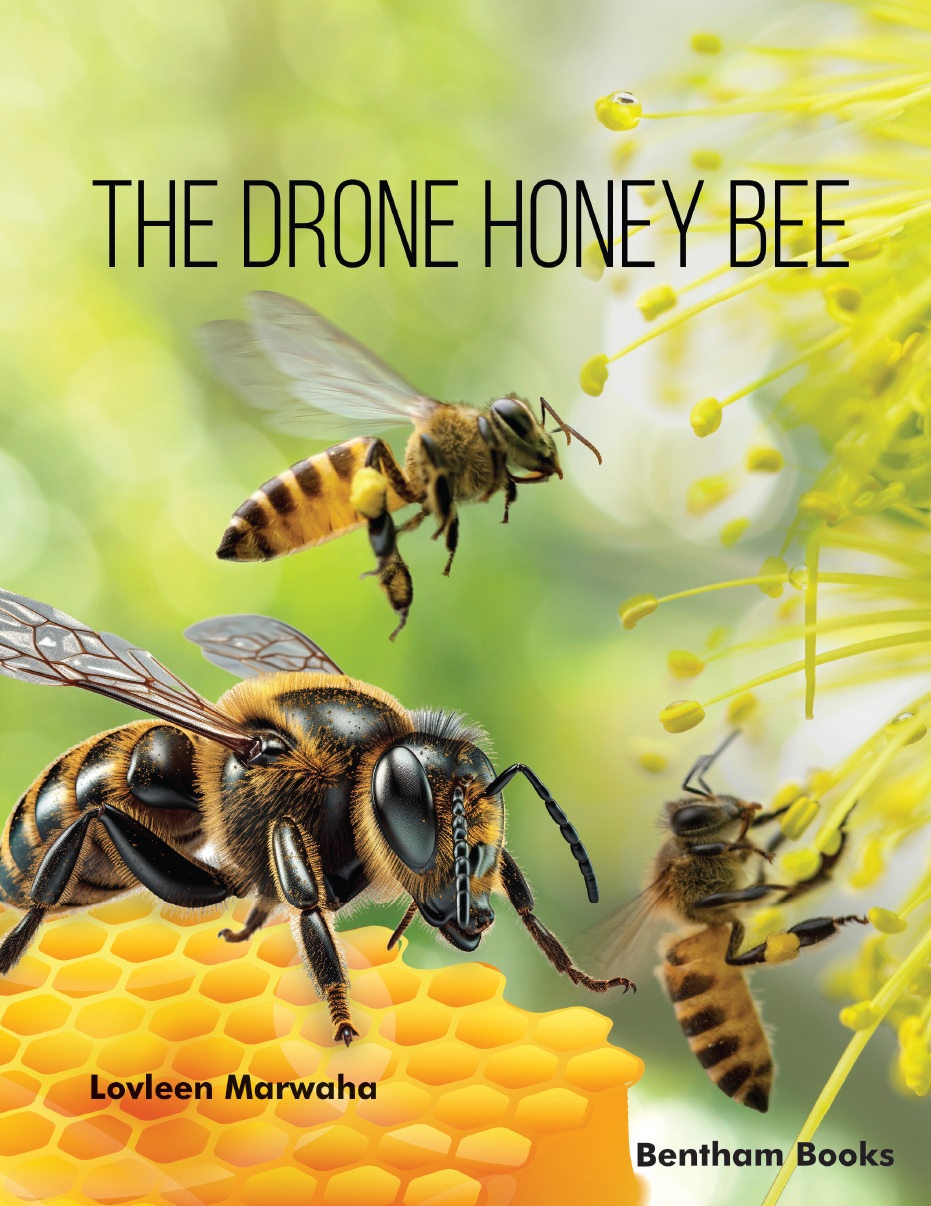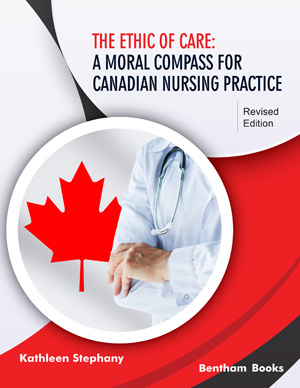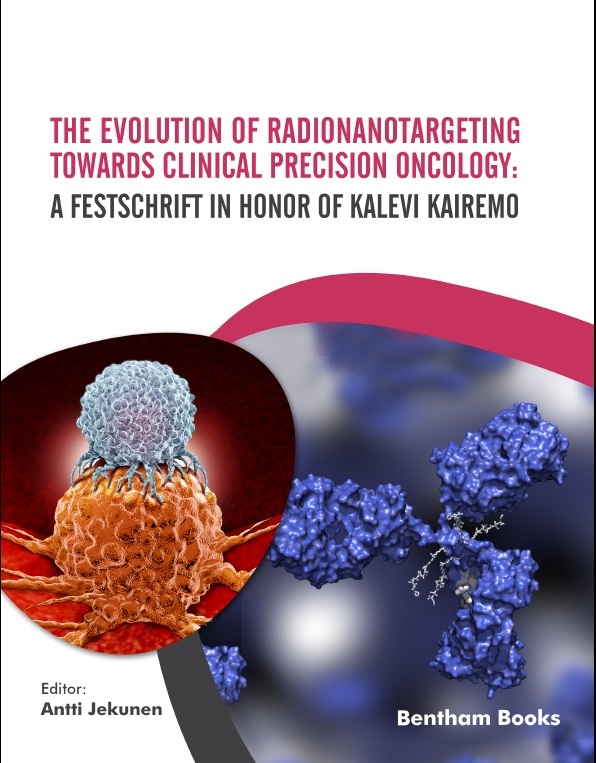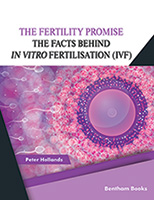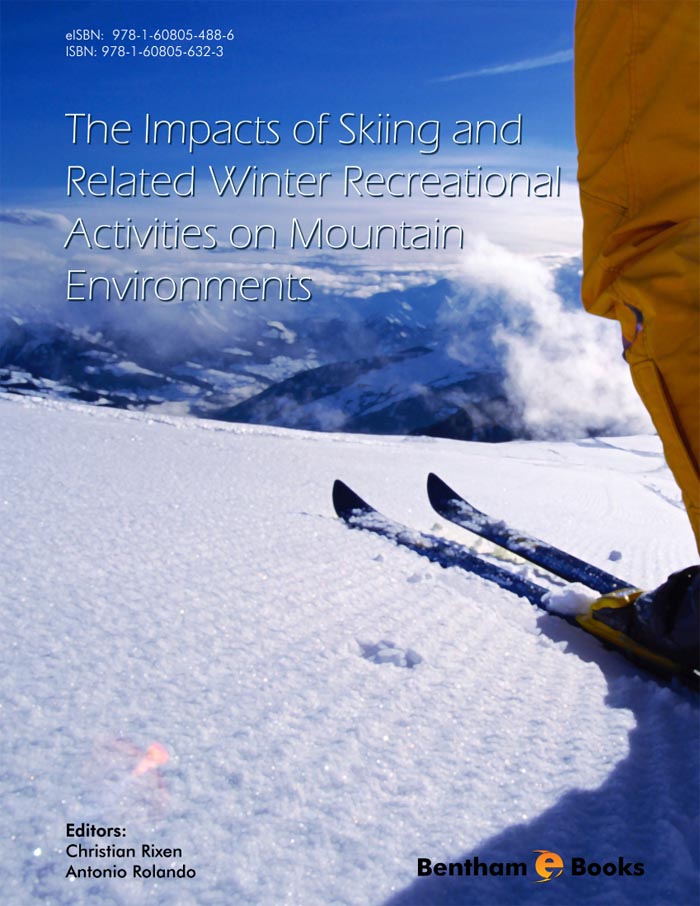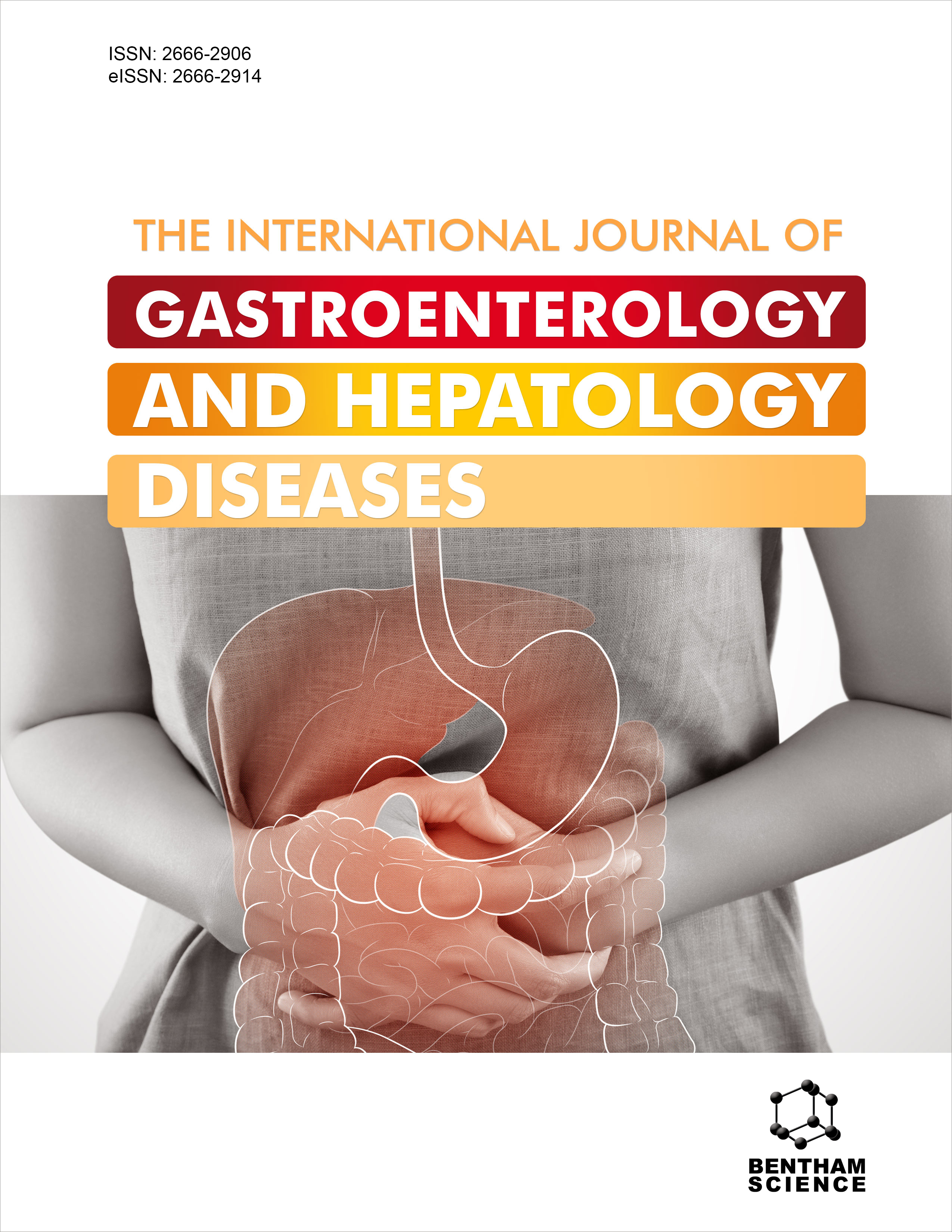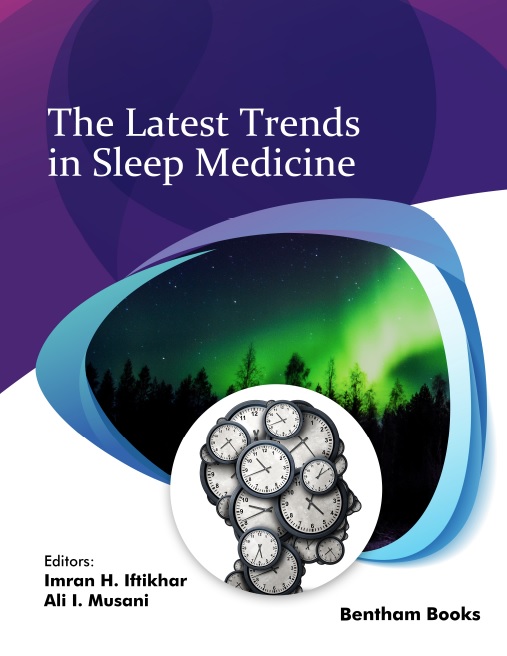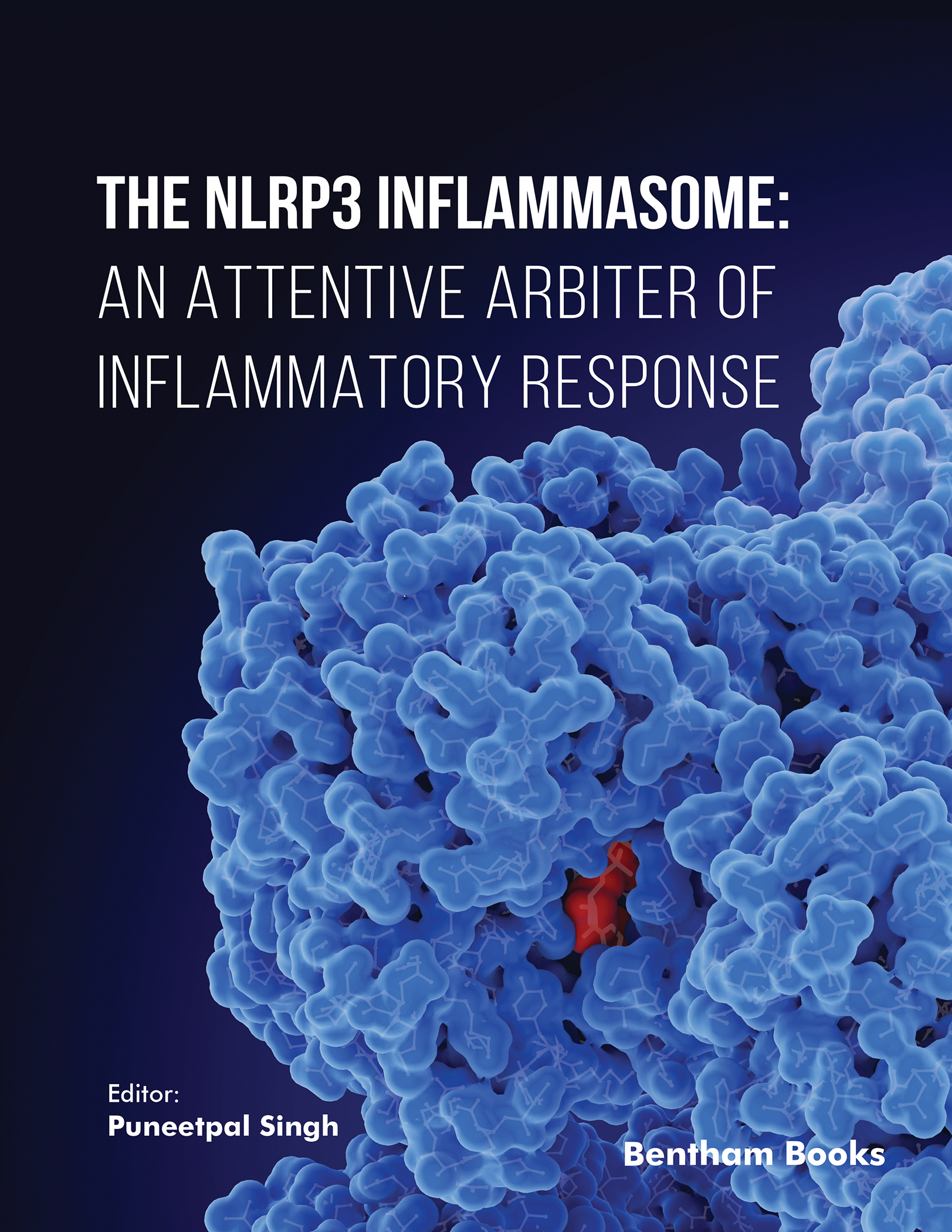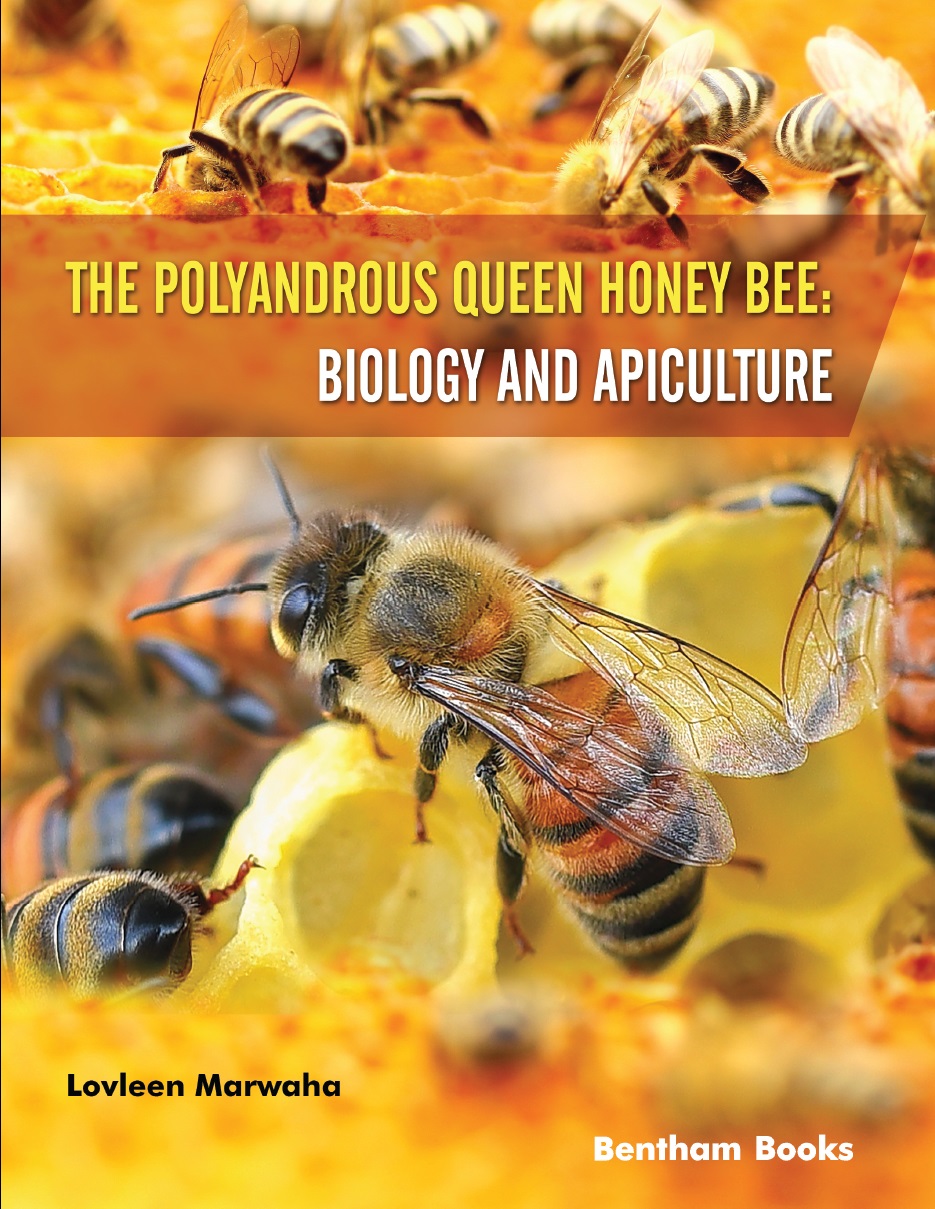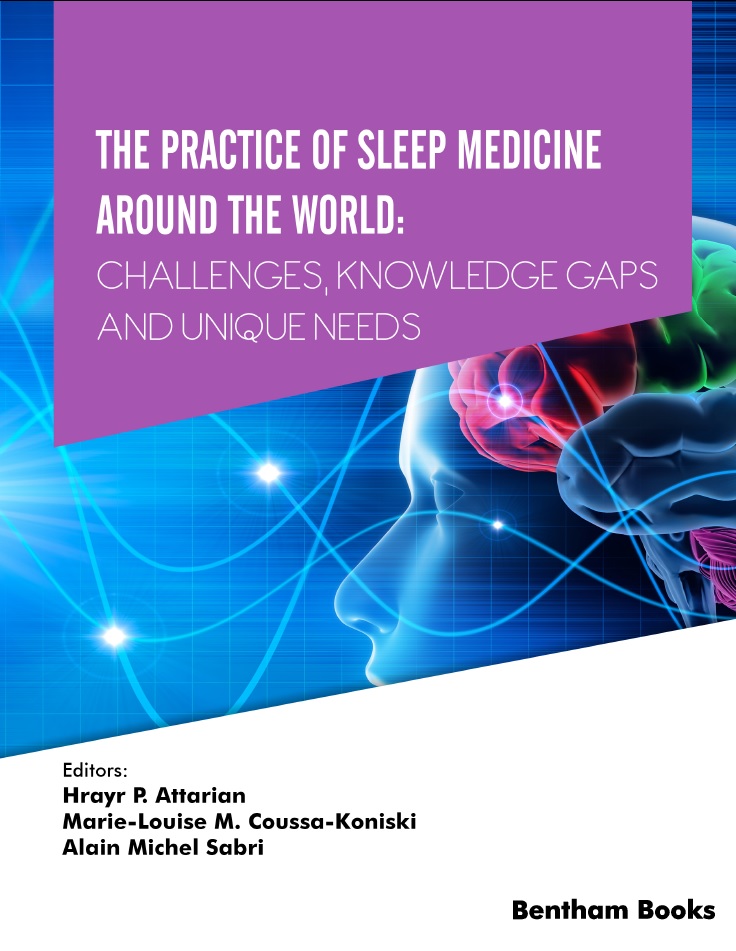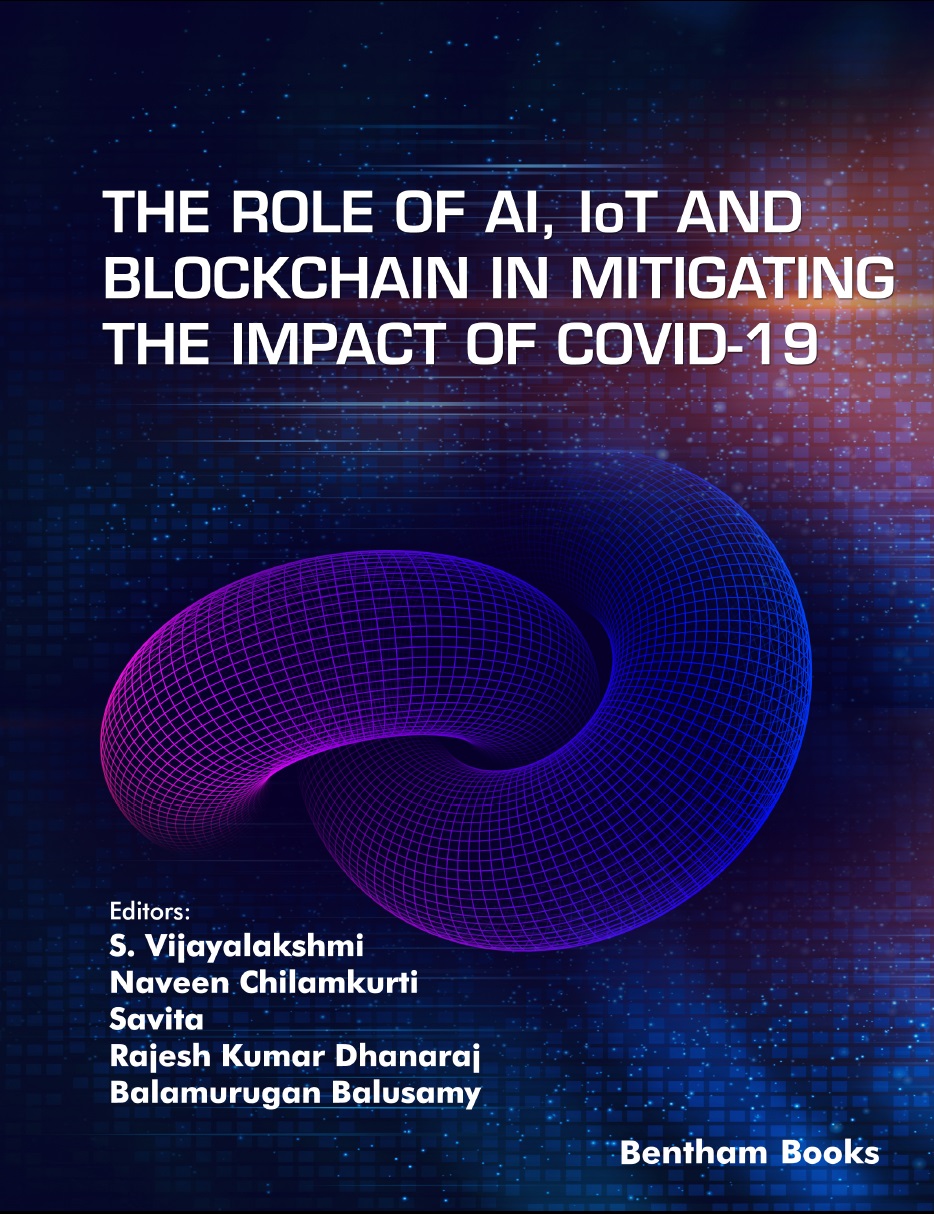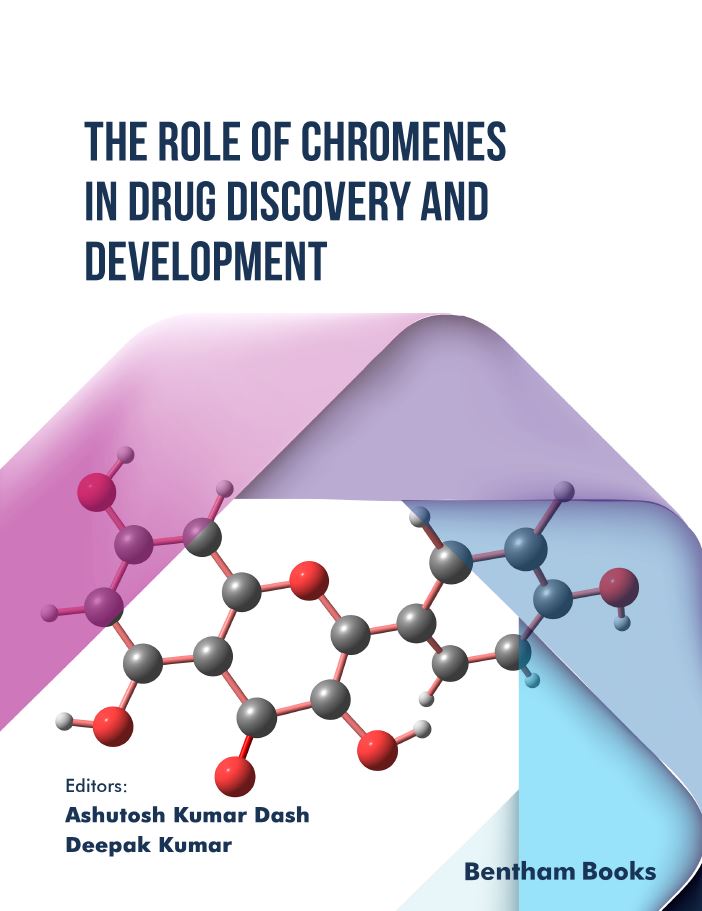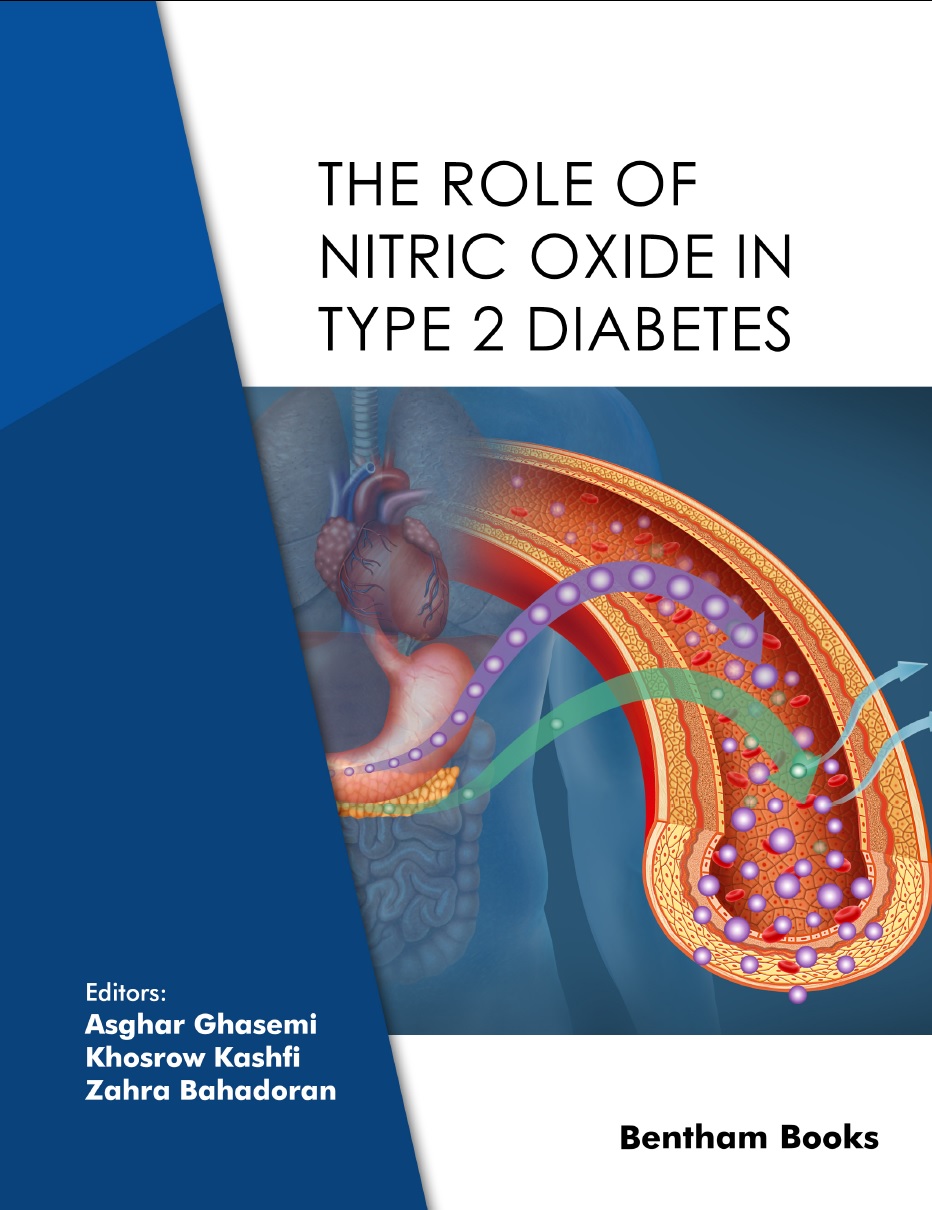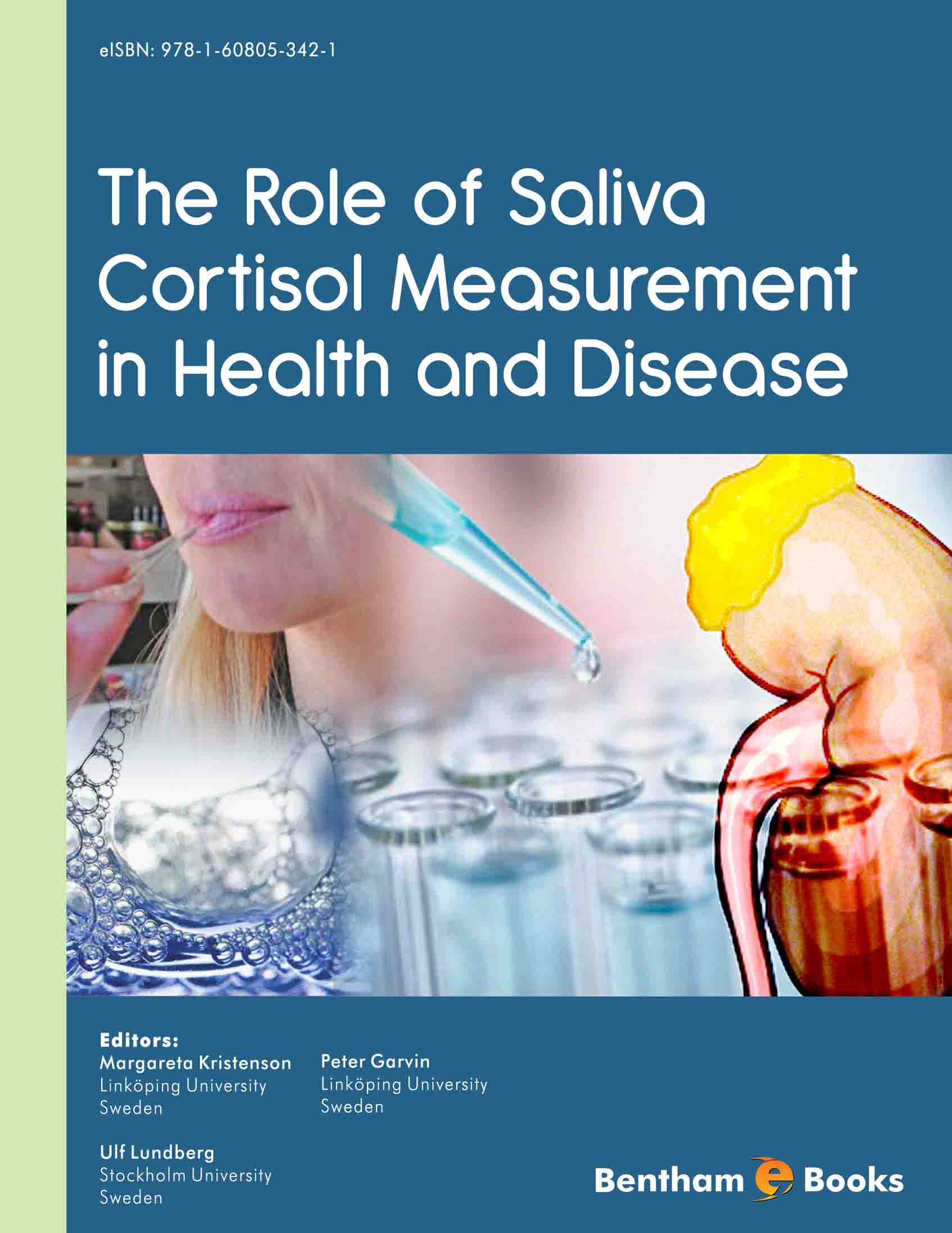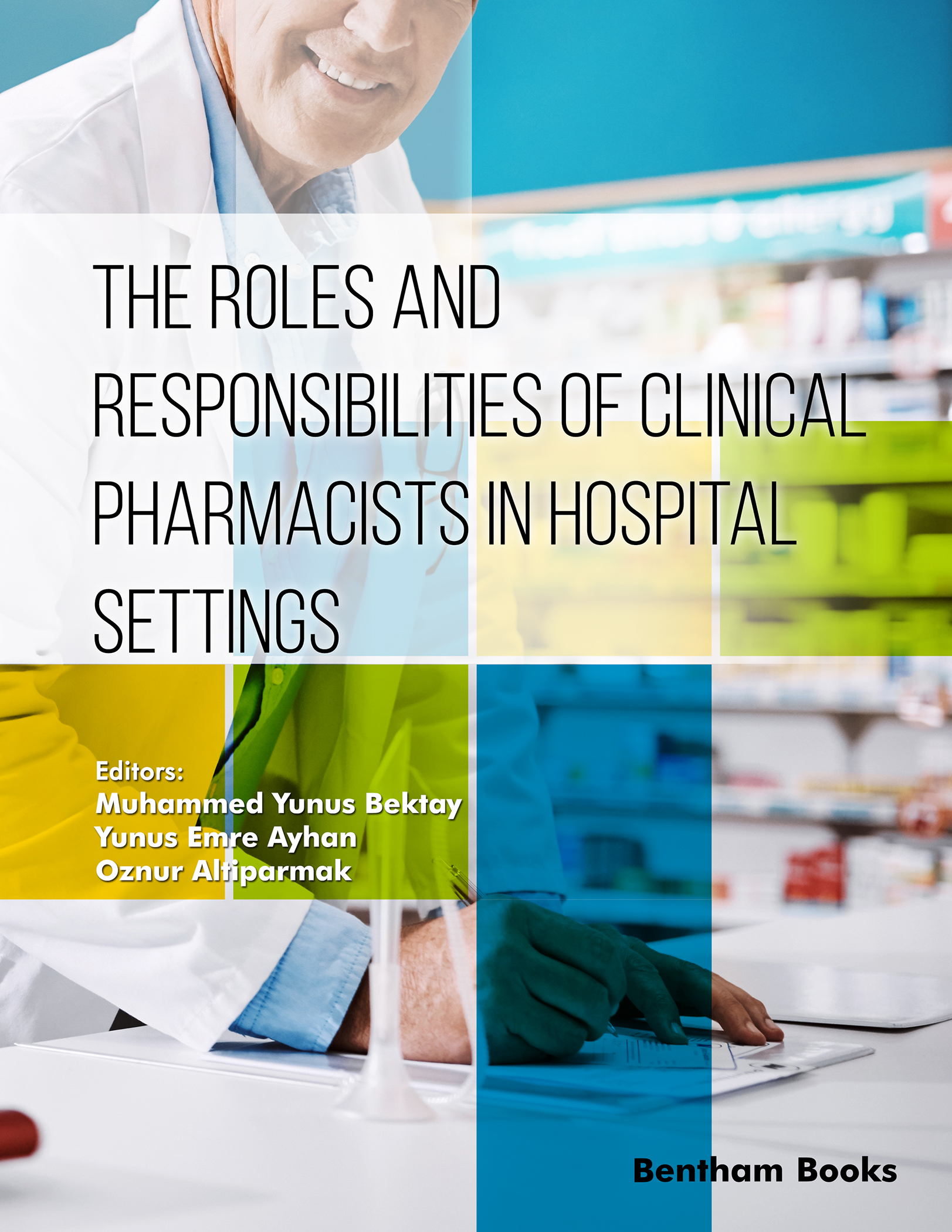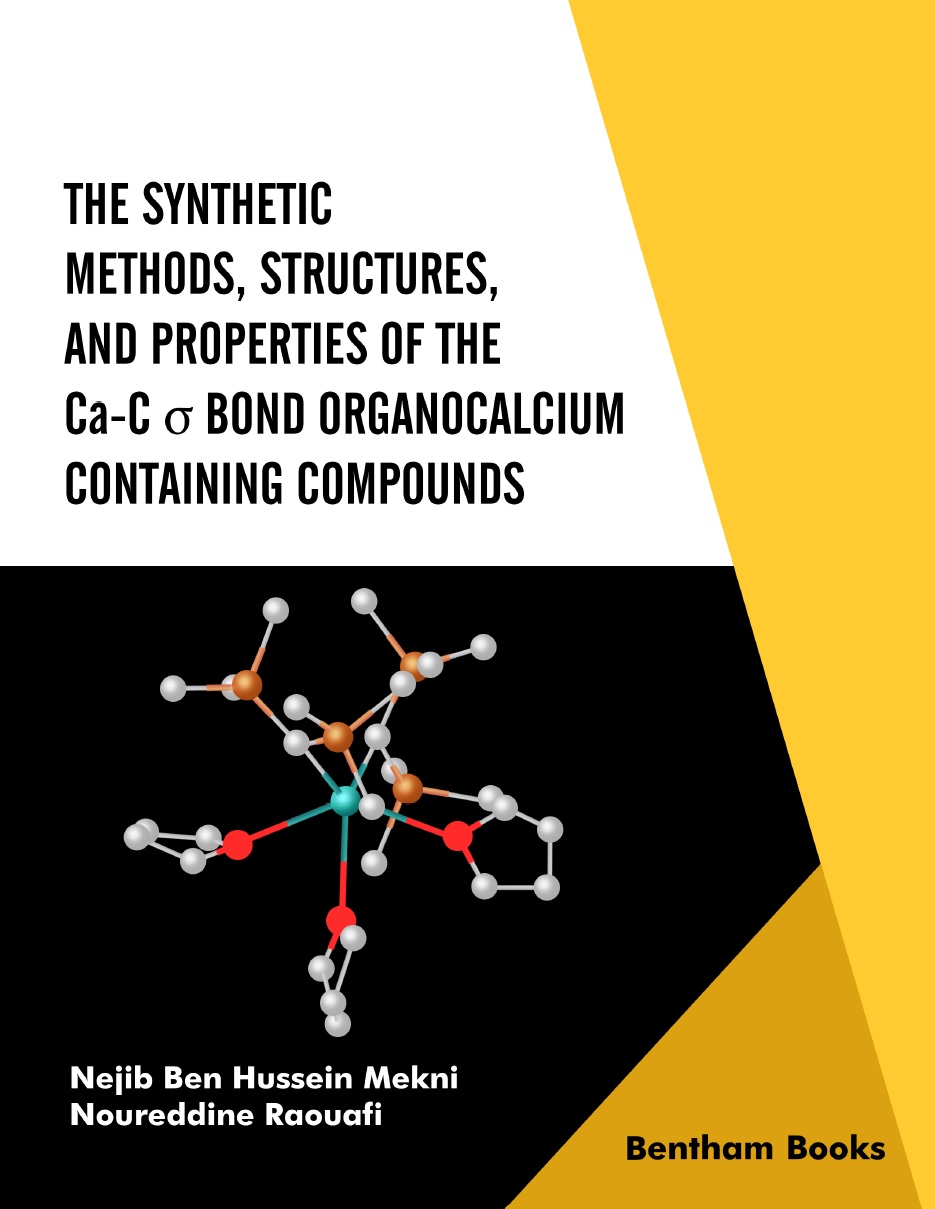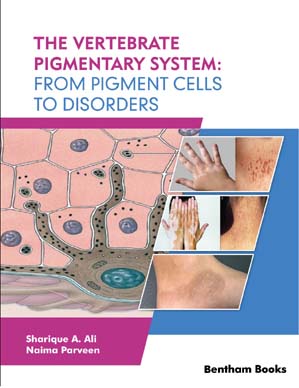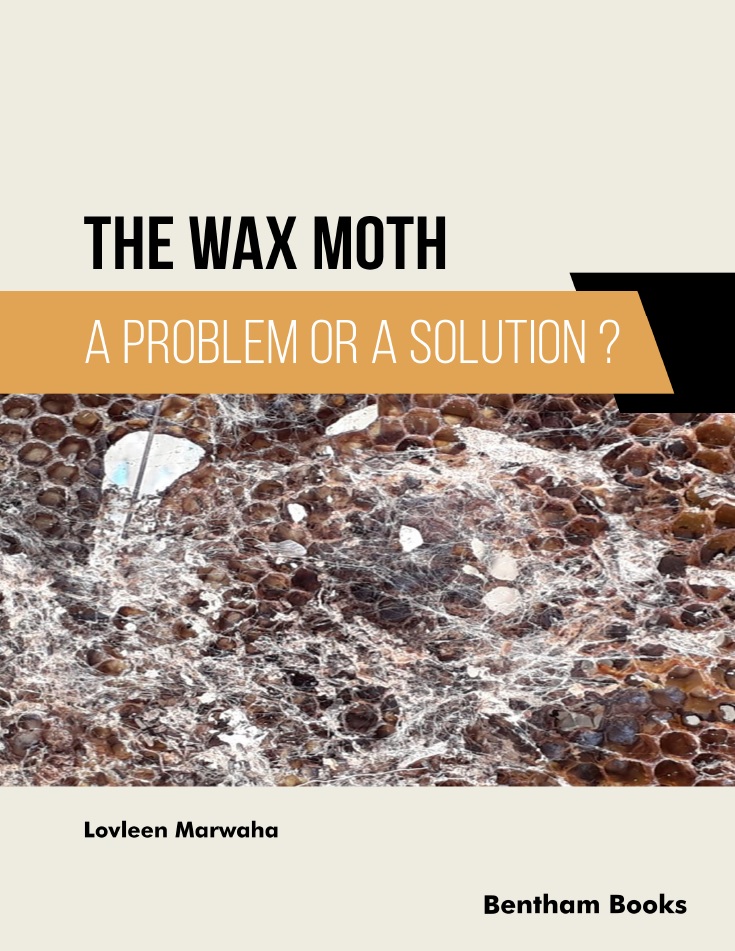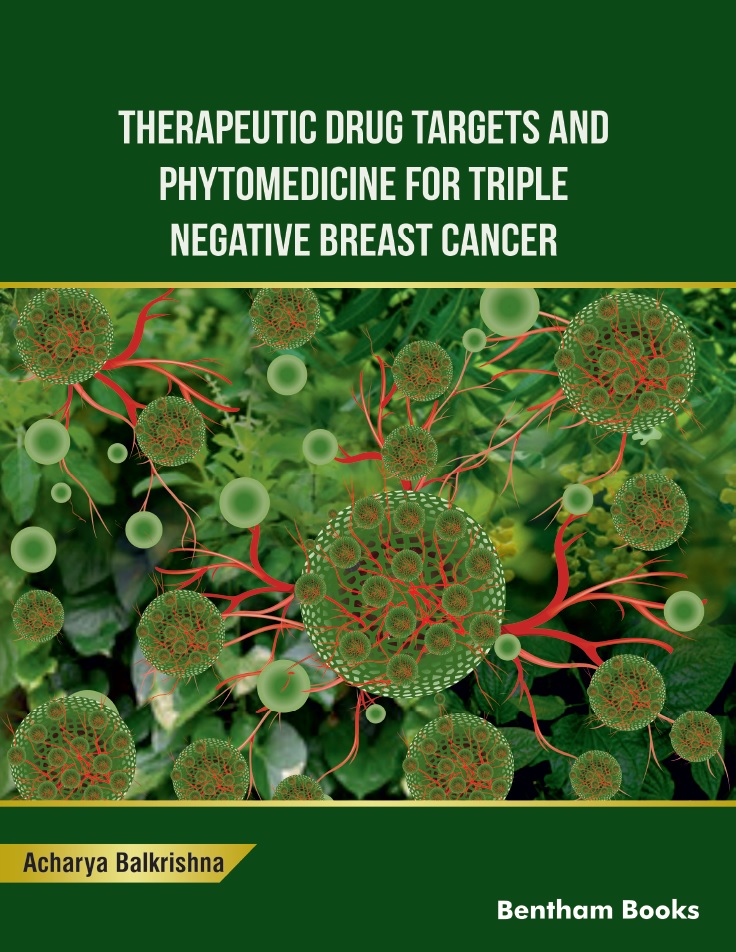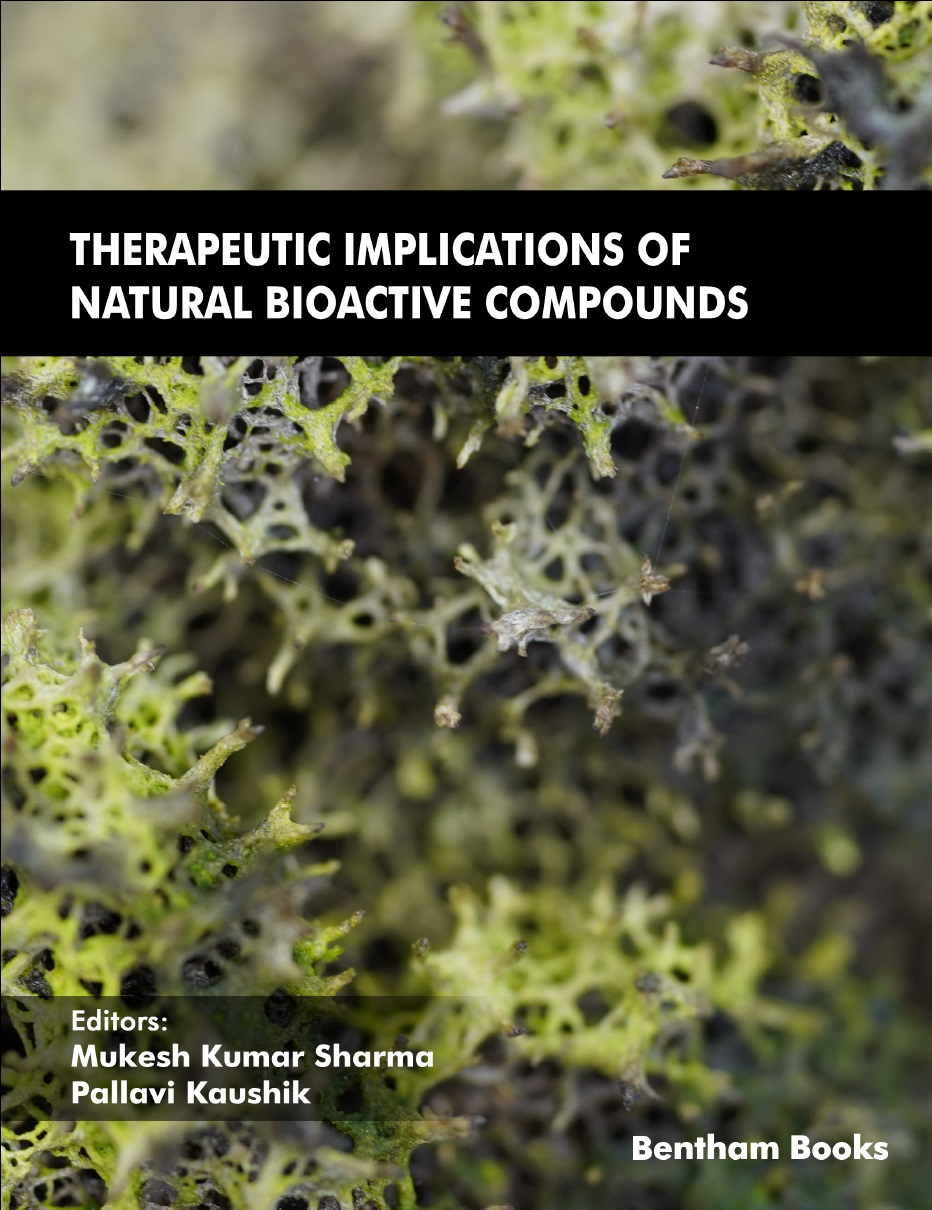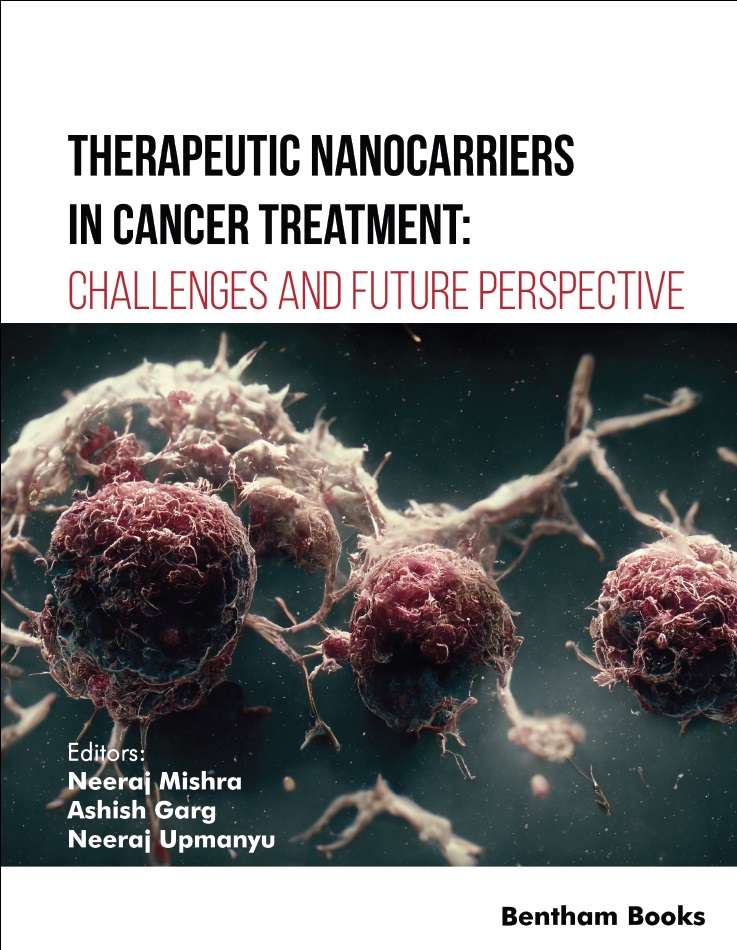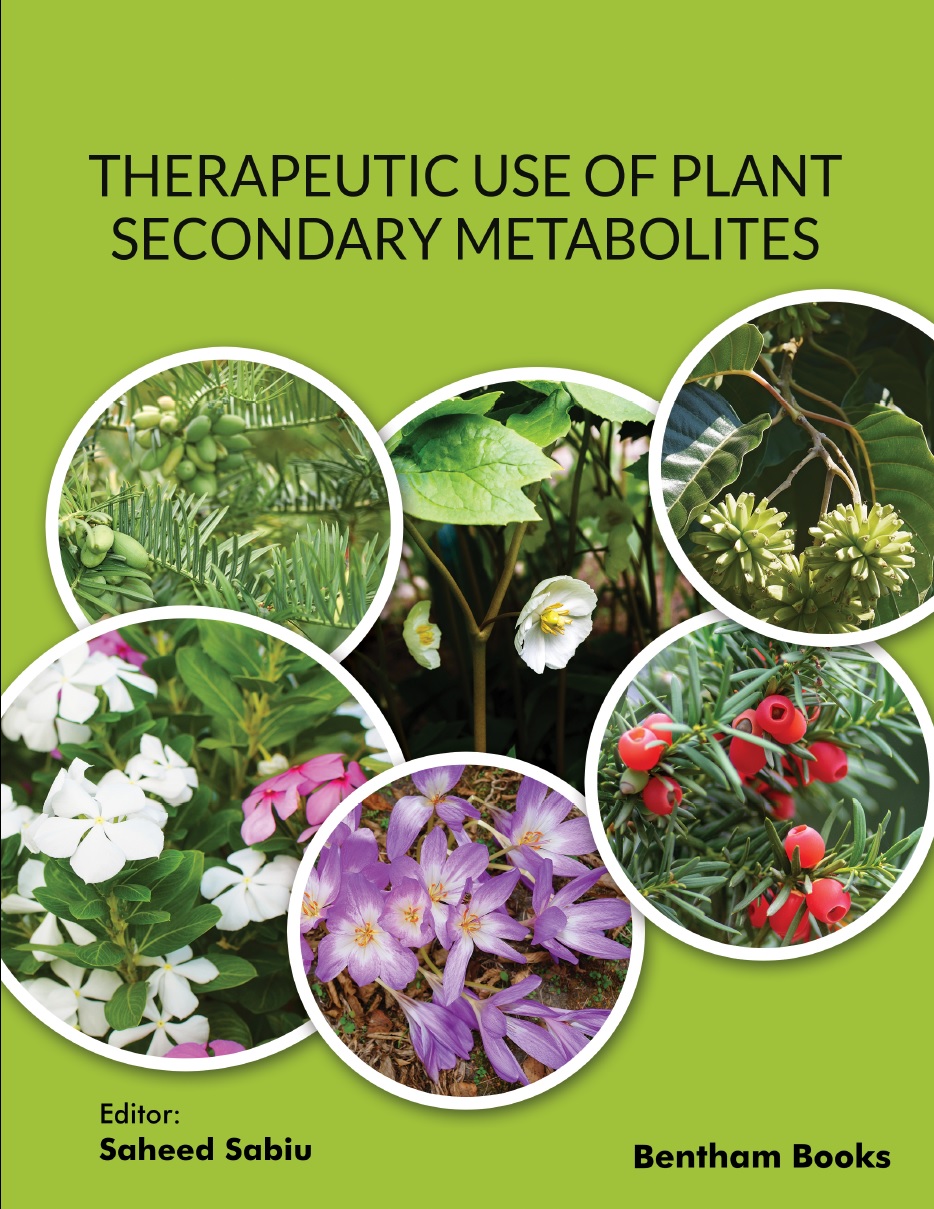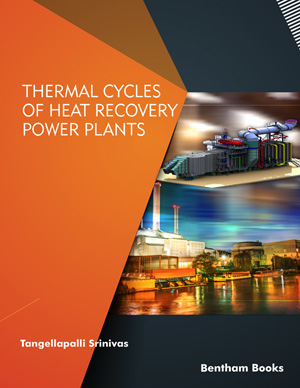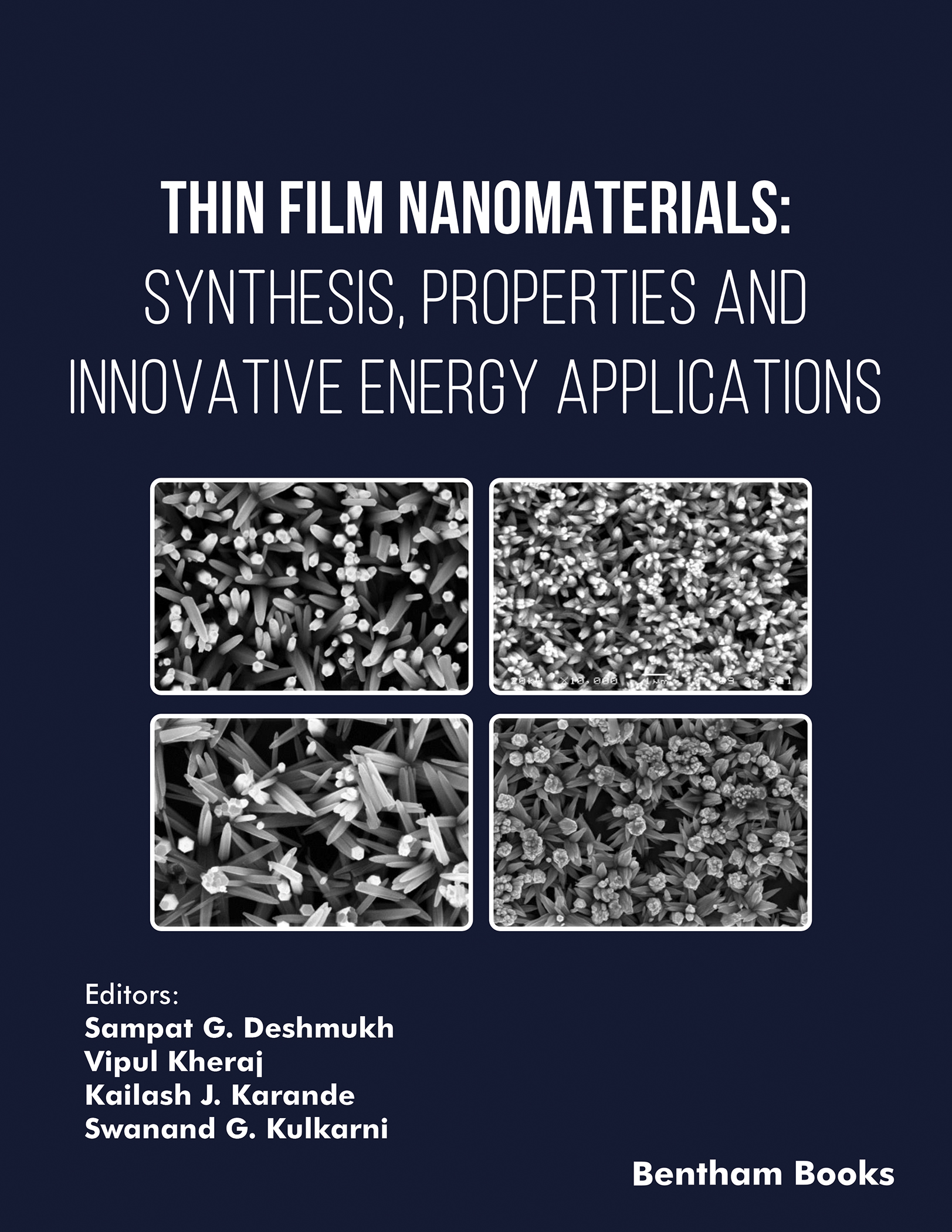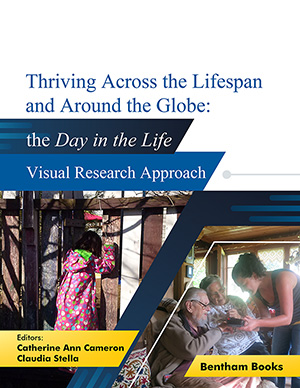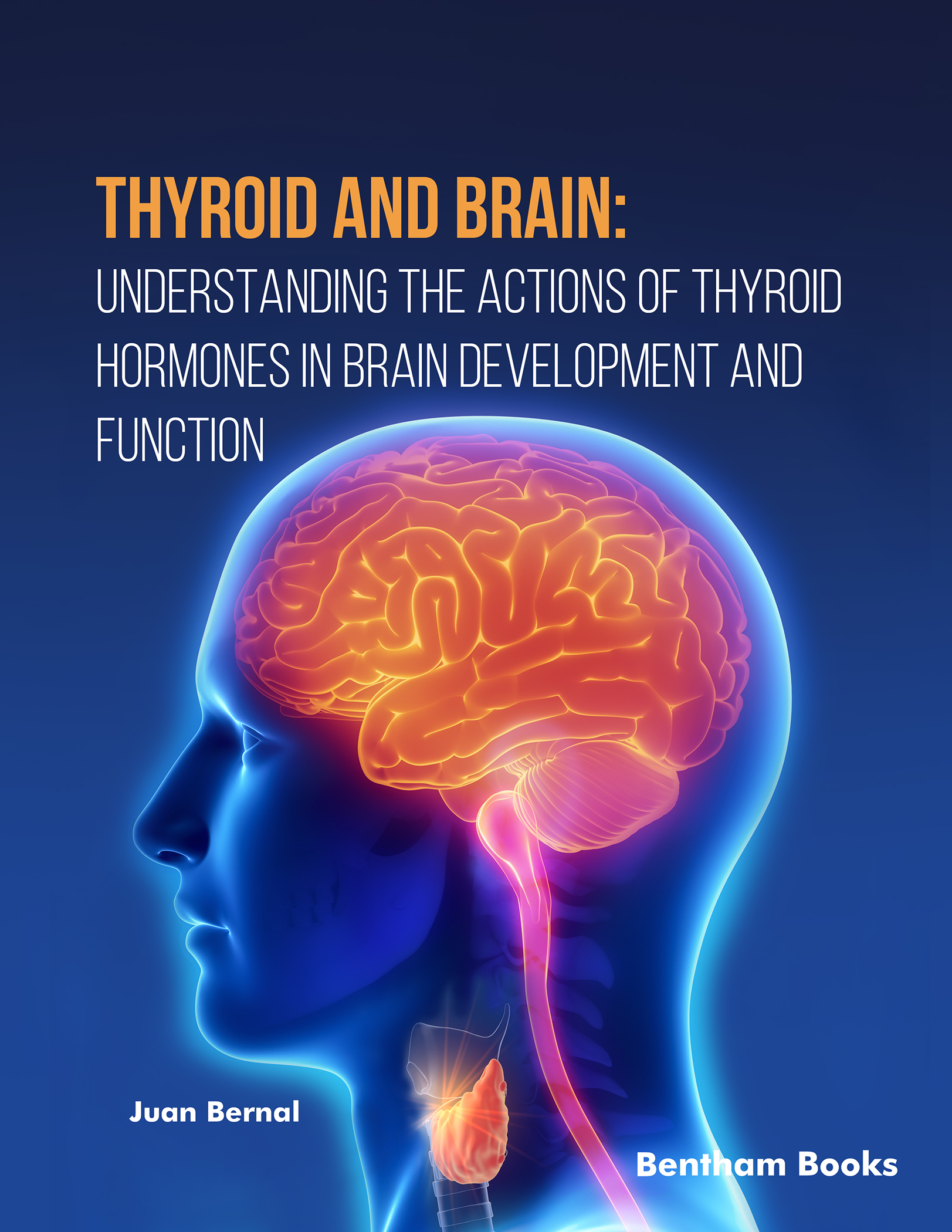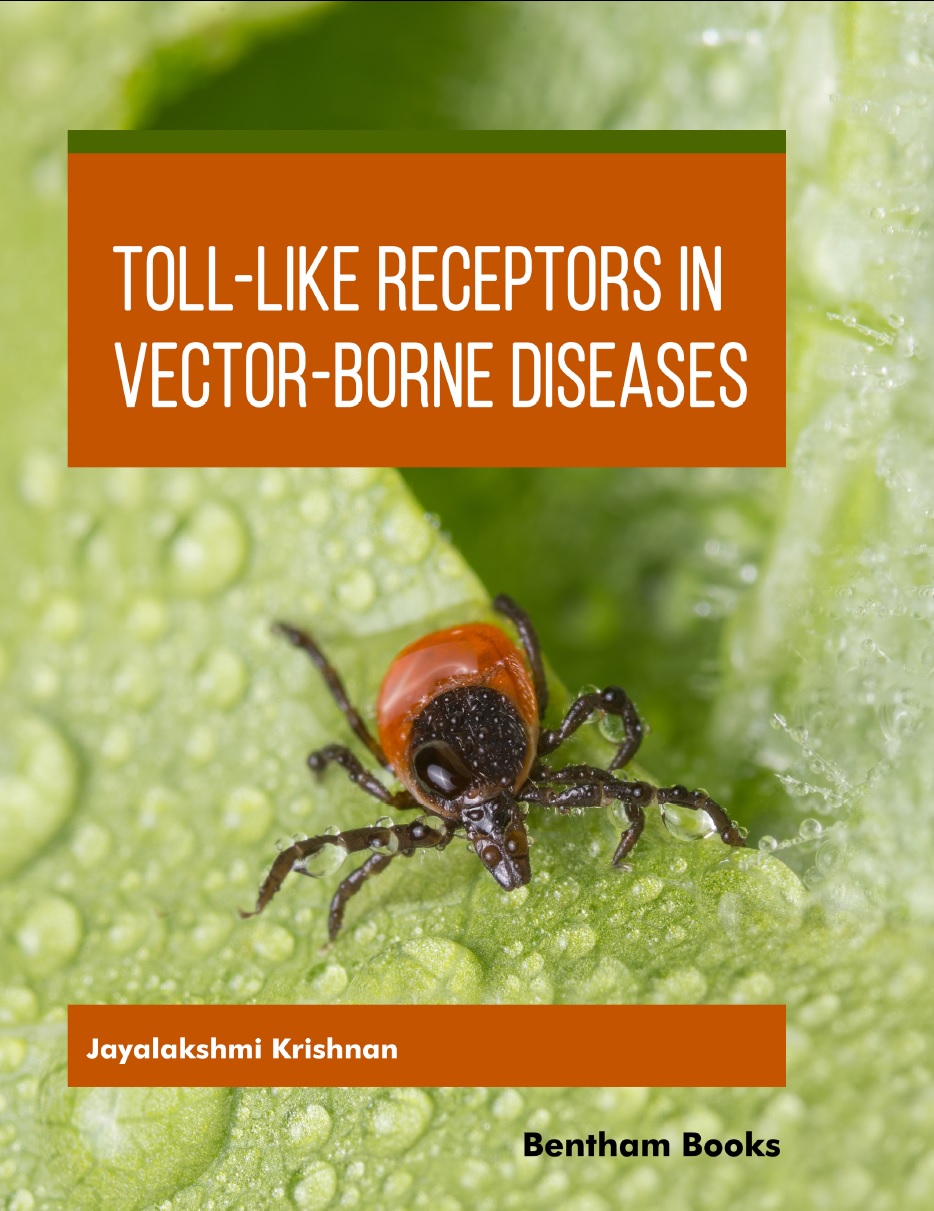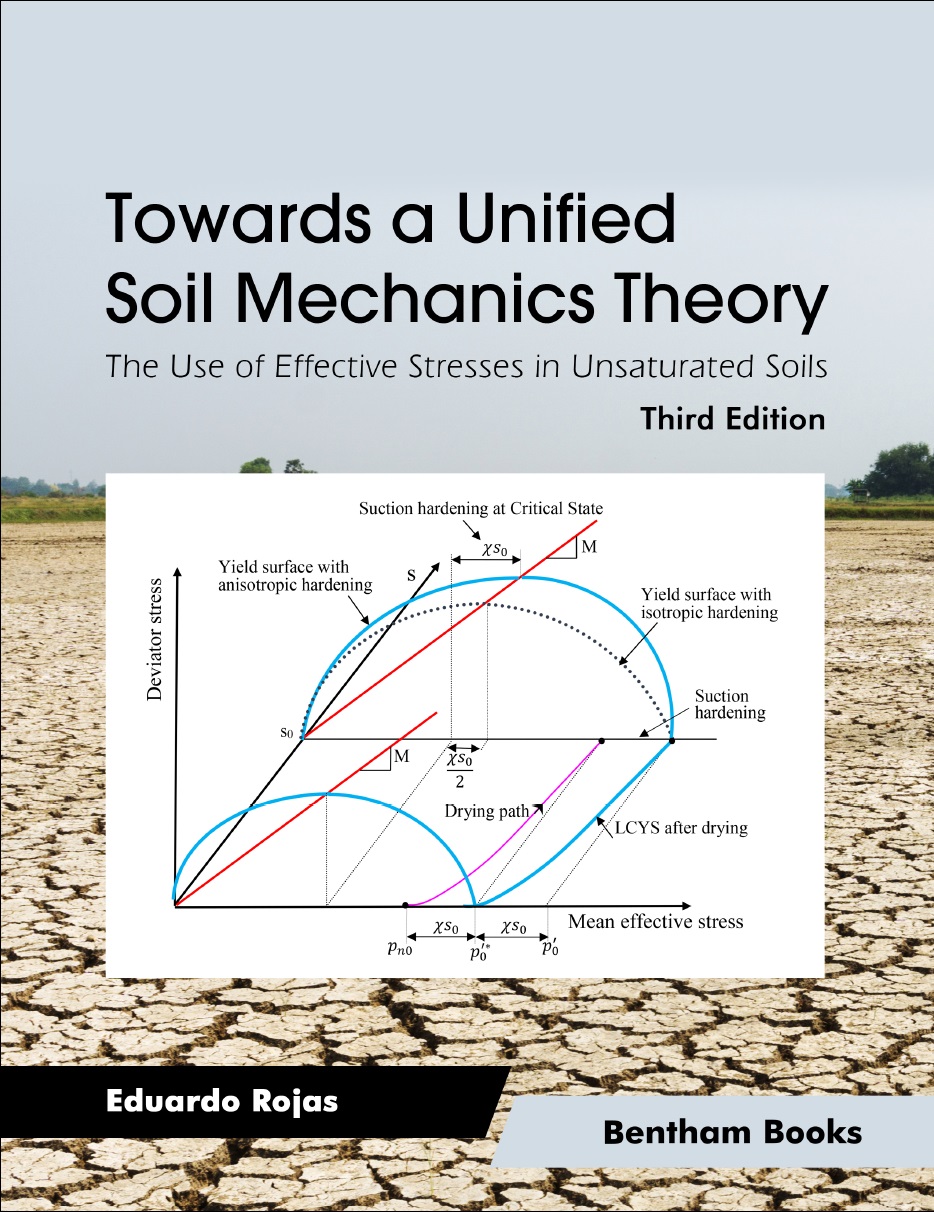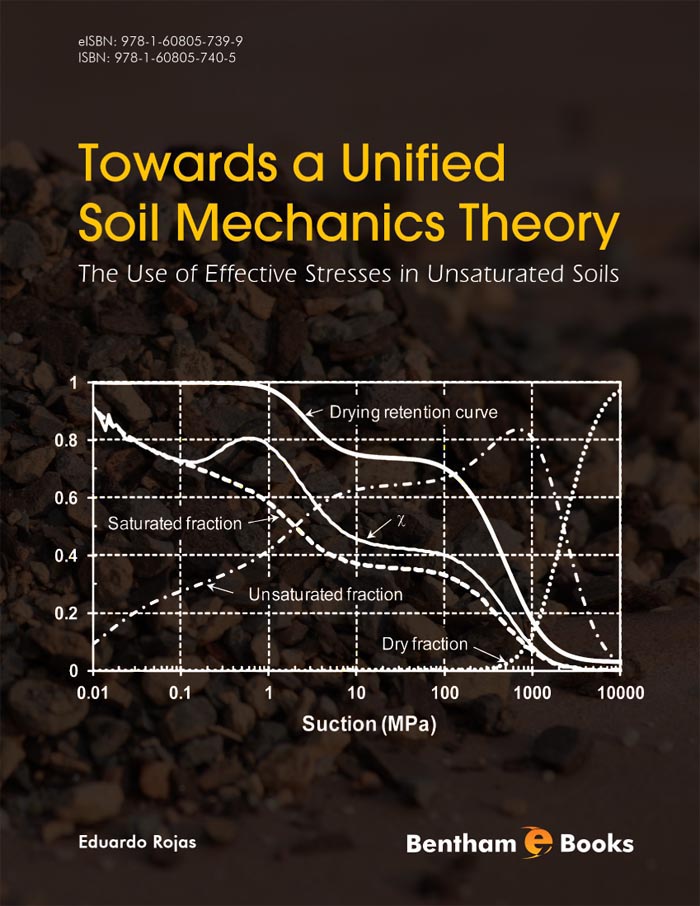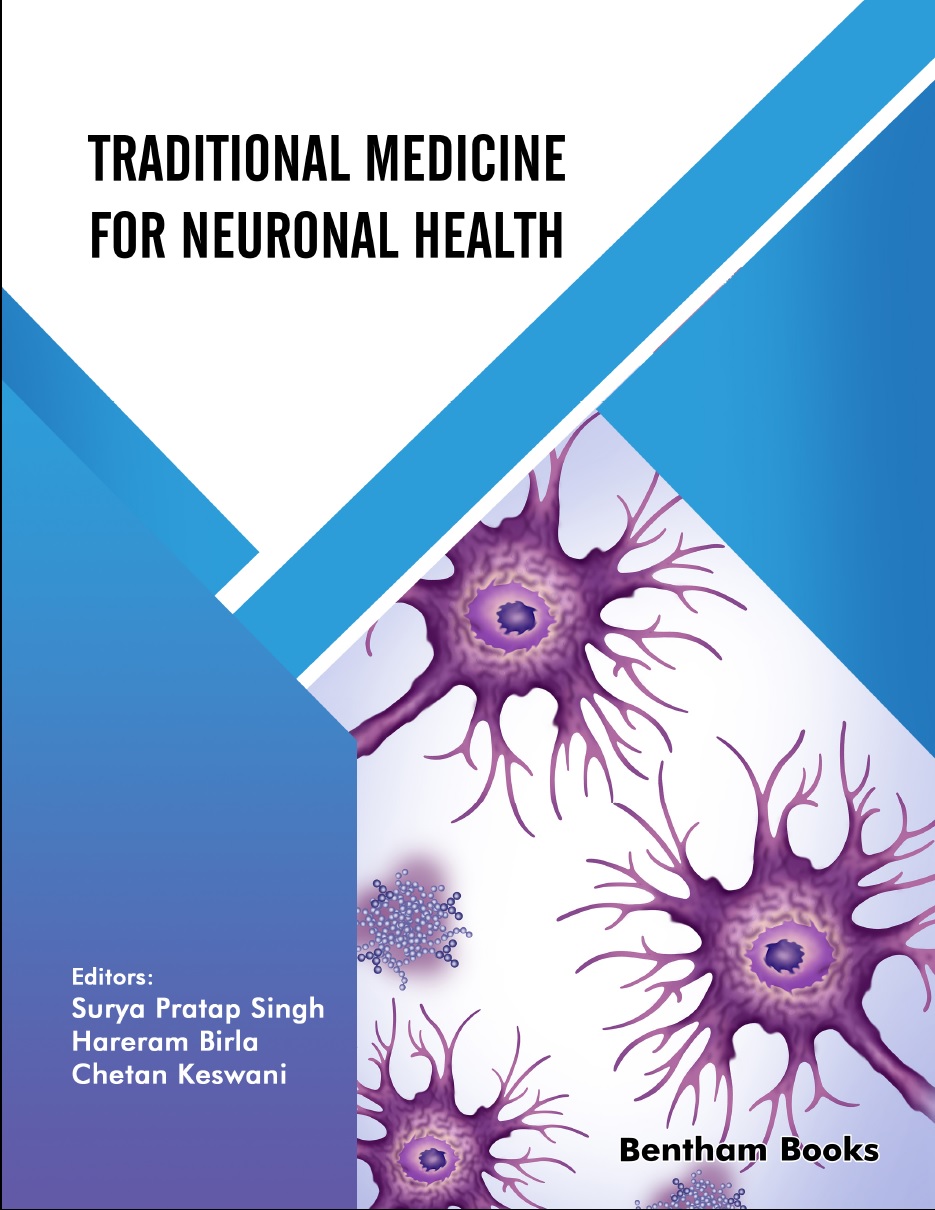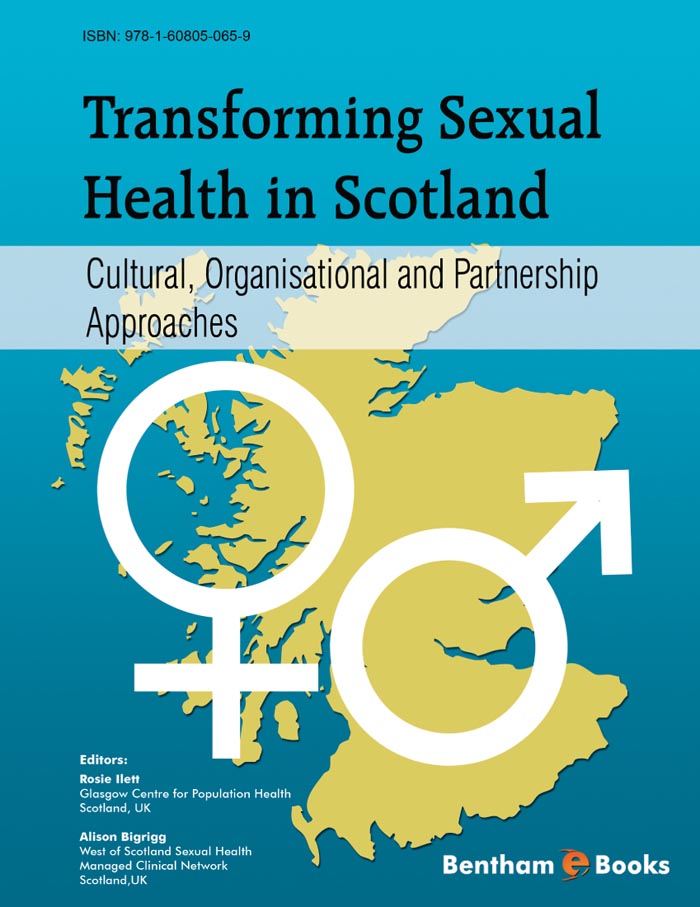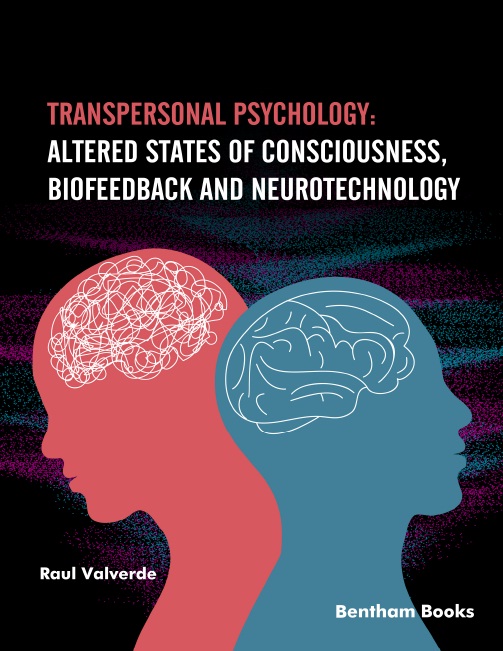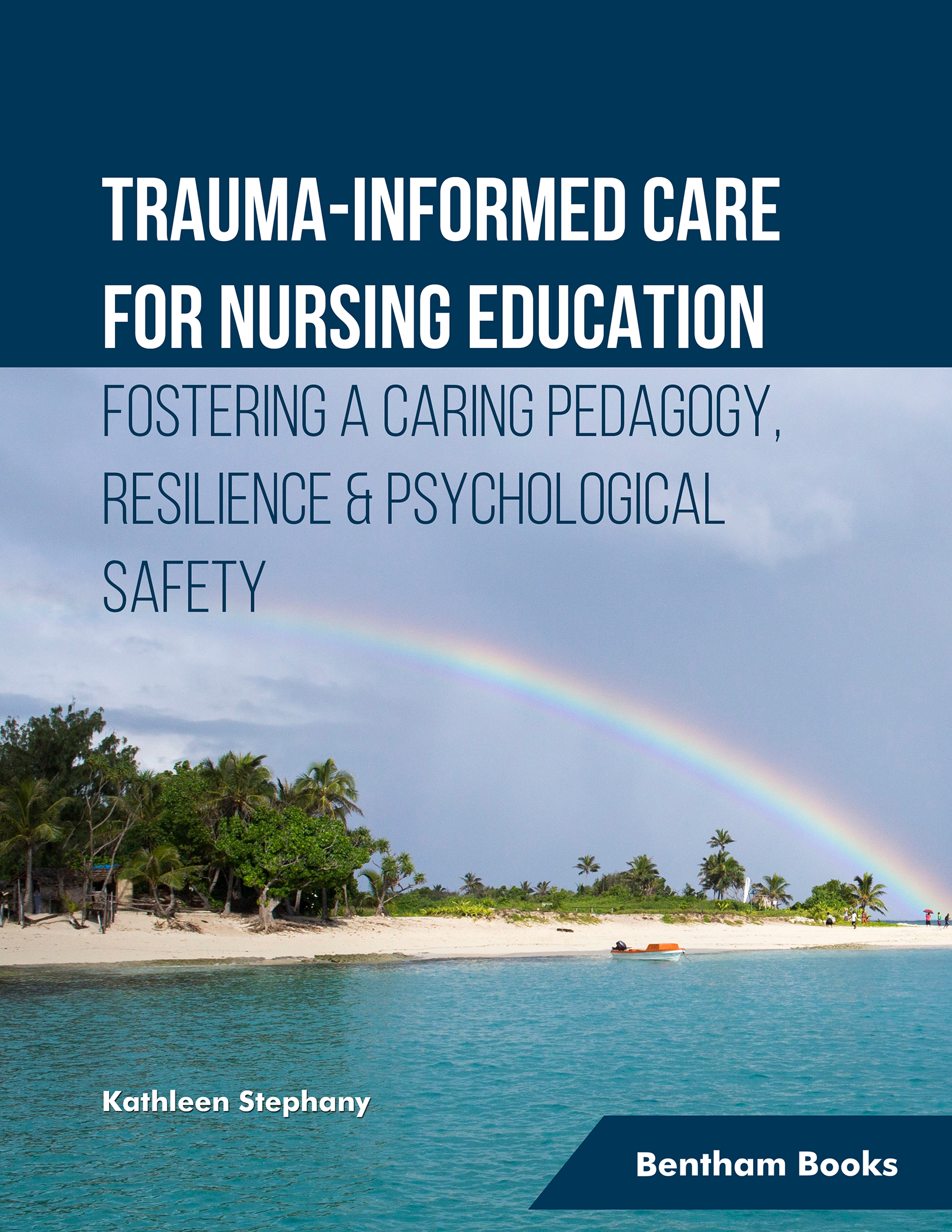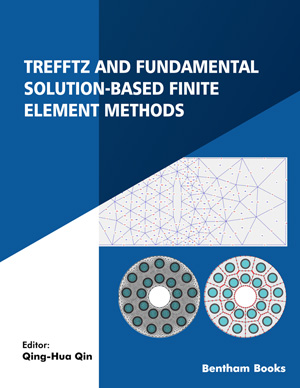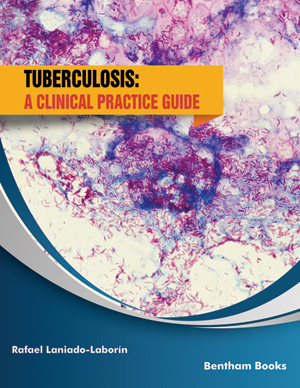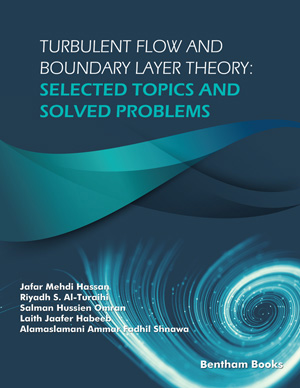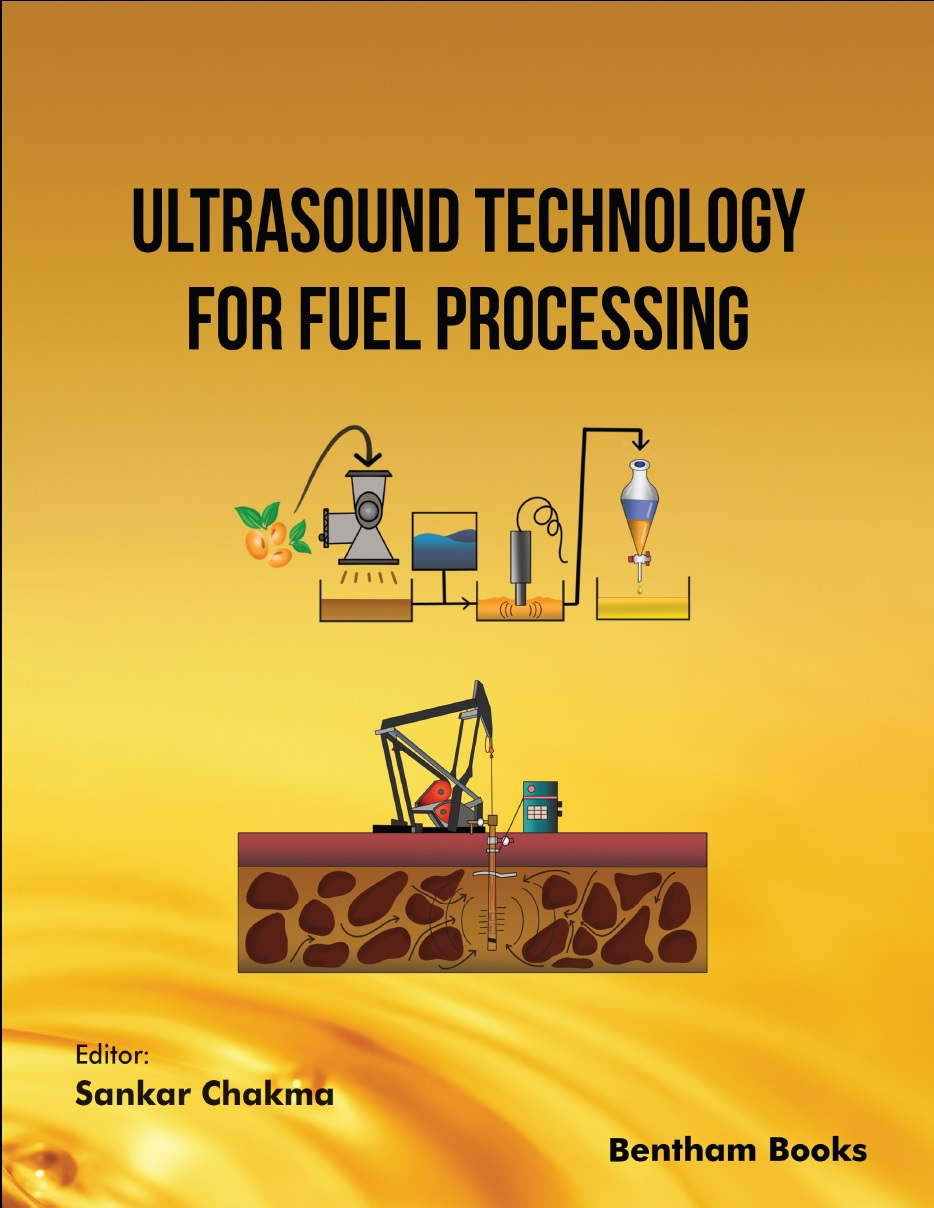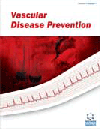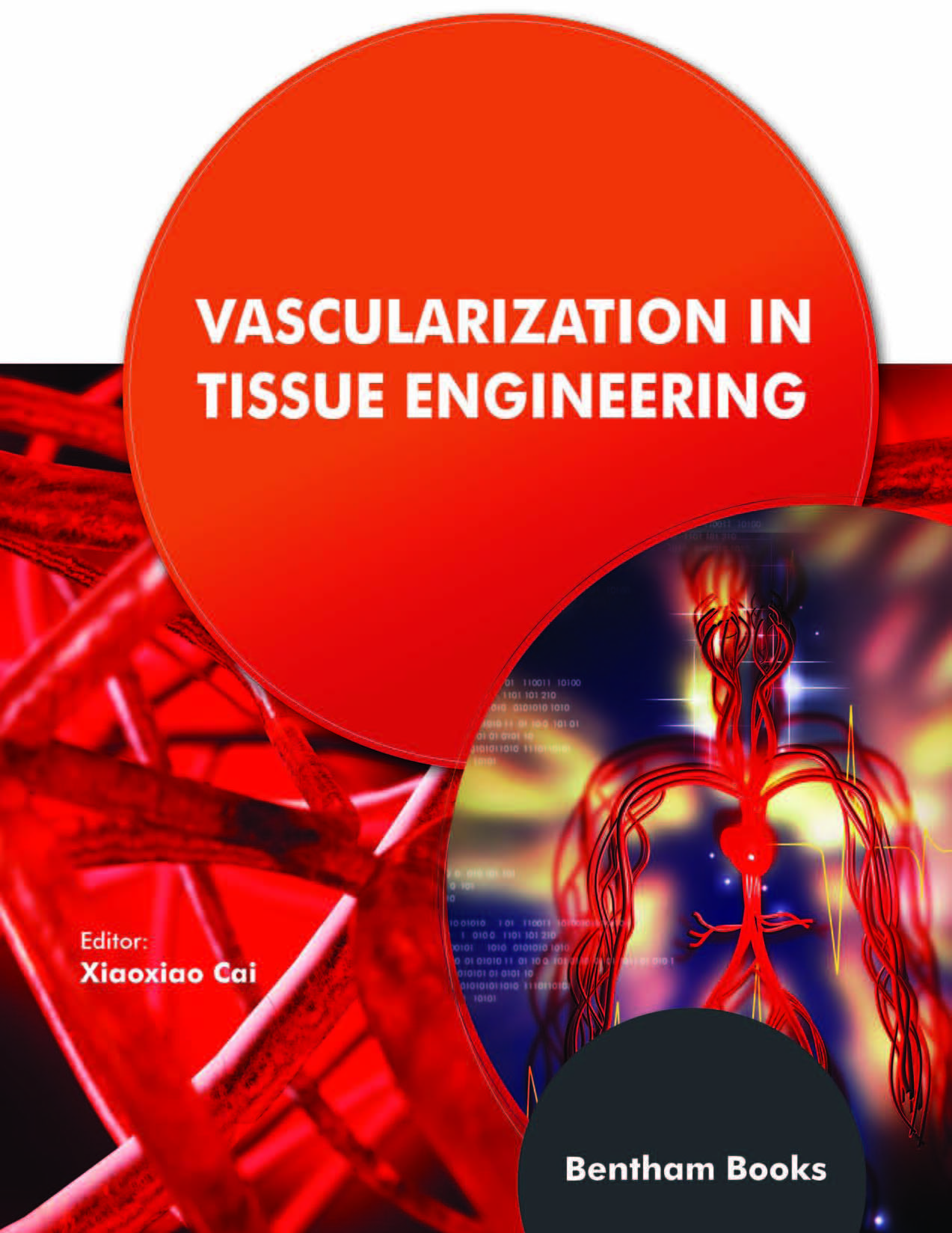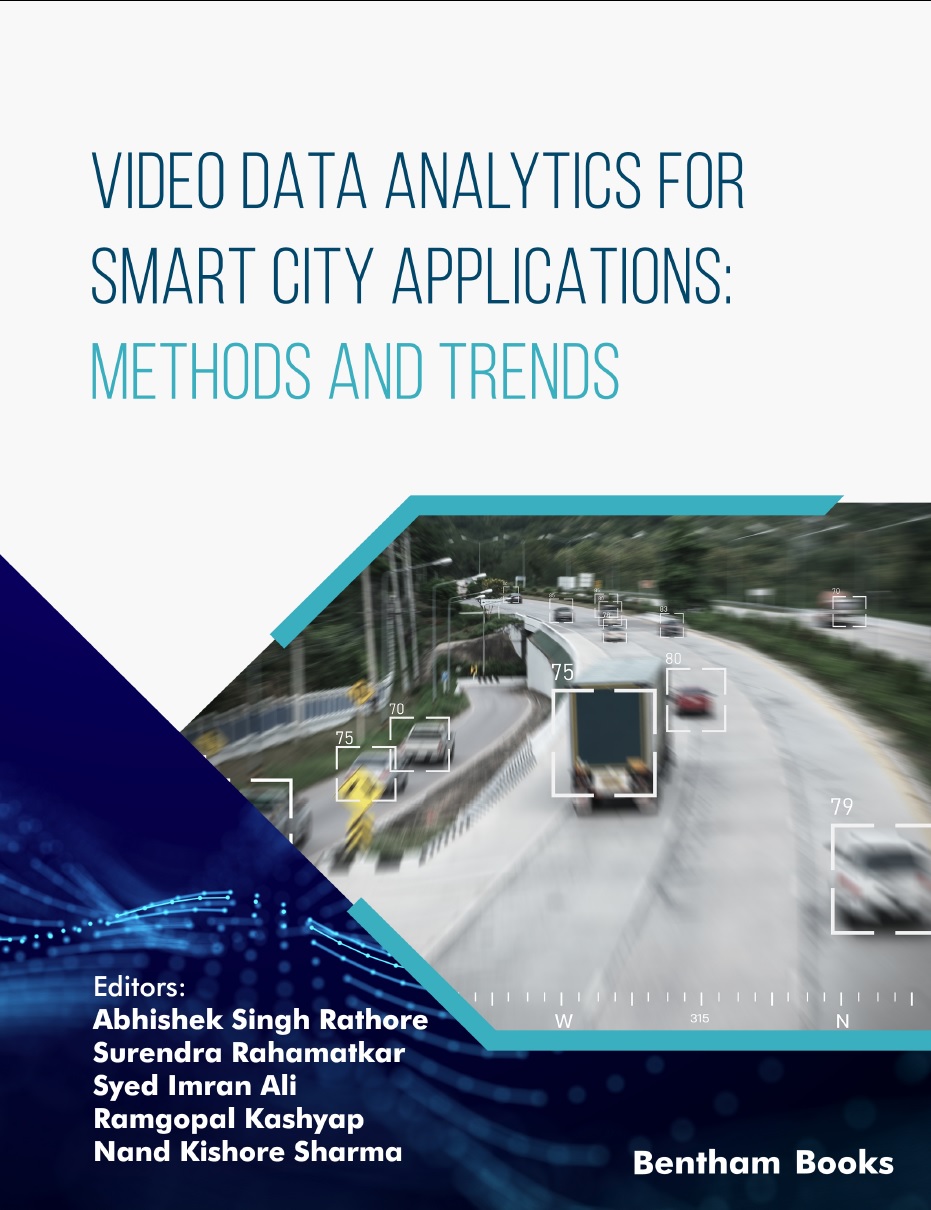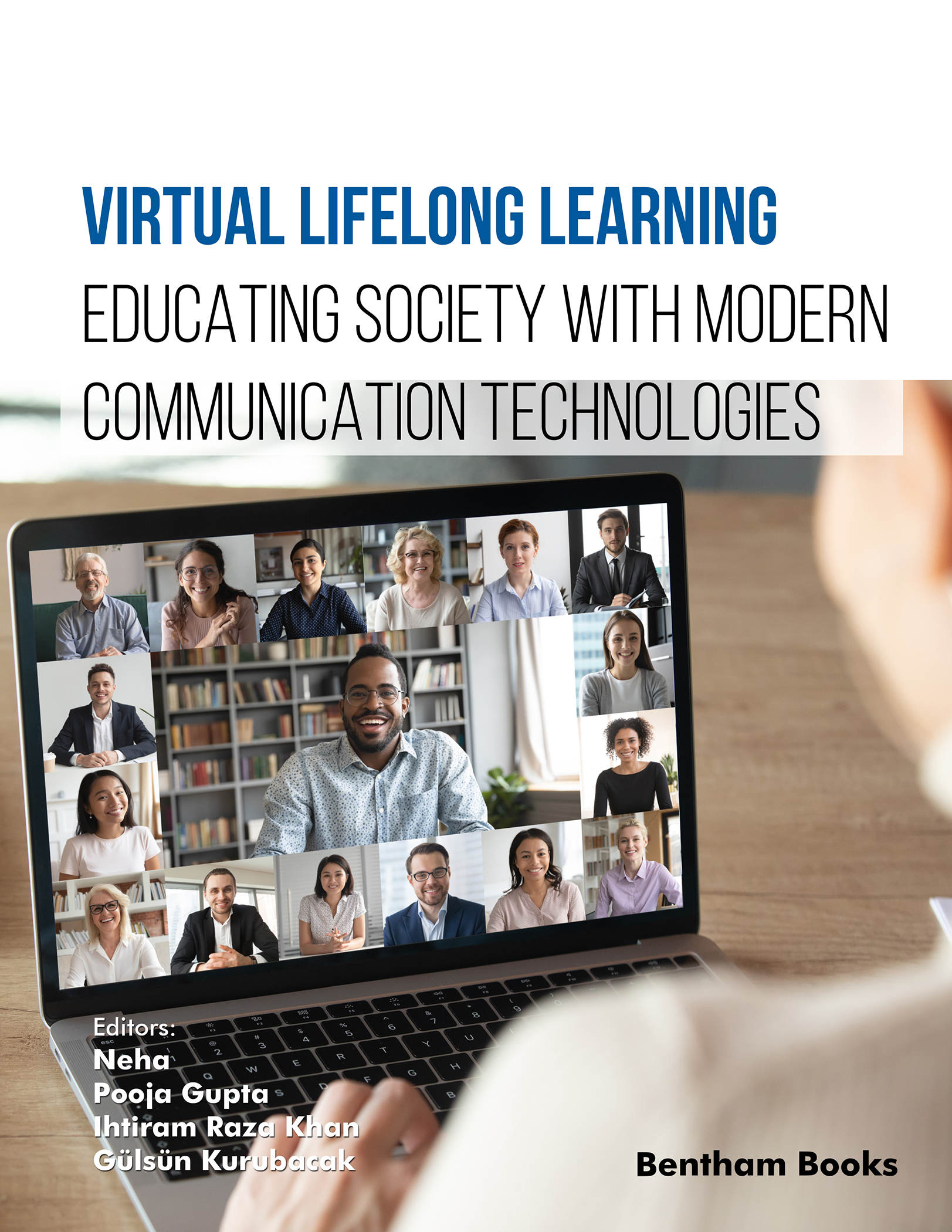- Home
- Publishers
- Bentham Science Publishers
Bentham Science Publishers
Bentham Science Publishers is a major publisher of more than 100 peer-reviewed science, technology and medical (STM) journals, along with a rapidly growing collection of eBooks. Since 1993, Bentham Science Publishers has been catering to the information needs of the pharmaceutical, engineering, biomedical and medical research community.701 - 800 of 812 results
-
-
Reviews on Recent Clinical Trials
More LessReviews on Recent Clinical Trials publishes high quality full-length/mini reviews, original research articles, interesting case reports, drug clinical trial studies and guest edited thematic issues on recent clinical trials of major importance. The journal's aim is to publish the highest quality articles in the field. Topics covered include: important Phase I – IV clinical trial studies, clinical investigations at all stages of development, therapeutics, meta analysis, trial logistics, design and conduct of trials, statistical methods, synthesis and evidence evaluation, decision analysis, reviews, case reports and commentaries on current or controversial issues.
The journal is essential reading for all researchers and clinicians involved in drug therapy and clinical trials.
-
-
-
Ricin Toxin
More Less`Ricin Toxin brings together a collection of in depth and cutting edge reviews that focus on the current understanding of ricin toxins. This e-book provides a historical background, innovations in detection, identification and medical countermeasures against this biothreat, and the toxins previous use as an anti-cancer agent.
This e-book answers various important questions such as detection of ricin in food or soil, making of humanized antibody against the toxin, novel approaches for the creation of a safe vaccine to protect first responders, exploitation of toxin`s ability to bind and penetrate cells for medical benefits, aftereffects of administering antibody against ricin to a first responder and their exposure to the toxin, neutralization of different ricin from different castor plant cultivars. Aside from learning key concepts that may be overlooked while scanning literature, the reader will benefit from gems of information scattered throughout the book.
The book comprises of five different parts. The first part covers the background of ricin from pharaohs to bioterrorists and beyond.
The second part covers the discovery of recent technologies which are very helpful for the detection of ricin in different matrices, followed by the detection of ricin in the sorption of soils, minerals,textiles, and food; soil inflatration and dust transport. The third part covers the ricin and castor plant cultivars. It also discusses the antibody therapies such as Polyclonal and monoclonal antibodies and the extraction of ricin toxin from several cultivars of the Castor Plant (Ricinus communis).
The fourth part of this e-book discusses different medical countermeasures which are very effective in enhancing the progress in the development of vaccines against ricin intoxication. This part also describes different methods employed for the improvement of anti-ricin antibodies.
The last part of this book describes the replacement and different applications of the toxin. All chapters are written by paramount experts in ricin research.
`Ricin Toxin is an essential reading to all medical students, biochemists and professionals involved in the field of toxicology.
-
-
-
Risks and Challenges of Hazardous Waste Management: Reviews and Case Studies
More LessThis reference presents reviews and case studies of hazardous waste management in a selection of cities. The overarching themes of the compiled topics include 1) the problems of healthcare waste management, 2) case studies of hazardous waste mismanagement, 3) health risks associated with environmental waste, issues in environmental health and 4) grassroots environmentalism.
The volume initially presents reviews and case studies from developing countries, including countries in South America (Argentina), Africa (Algeria and Nigeria), and Asia (India). The latter chapters of the book focus on environmental issues in Campania, a region in Italy. These chapters also provide an insight into the impact of the COVID-19 pandemic on waste management practices in this region.
Risks and Challenges of Hazardous Waste Management is an insightful reference for management trainees, professionals and researchers associated with waste management and environmental health firms. Readers will gain insights into current issues and practices in the respective industries. The reviews and case studies presented in the reference are also useful to professionals involved in risk assessment studies.
-
-
-
Robotics and Automation in Industry 4.0
More LessRobotics and Automation in Industry 4.0 explores the transformative role of robotics, automation, and emerging technologies in the modern industrial landscape. The book is divided into four comprehensive sections, each focusing on key areas of Industry 4.0. These are: 1) Robotics: Applications and Advancements, 2) Renewable Energy Applications, 3), FinTech, and 4) Multidisciplinary approaches. It compiles 13 chapters offering insights into the latest advancements and provides practical guidance for navigating the evolving industrial landscape.
-
-
-
Role of Nanotechnology in Cancer Therapy
More LessRole of Nanotechnology in Cancer Therapy gives an overview of the innovative nanocarrier-based approaches for managing various cancers such as gastric, skin, lung, and prostate cancers. The book also explores the evolving targeting approaches specific to cancer and the immunotherapy-based nanomedicinal approach. Several drug-delivery systems which reduce the overall toxicity of cytotoxic drugs and increase their effectiveness and selectivity are also discussed in this book. Key Features - Discusses the potential benefits and therapeutic applications of nanoparticles in cancer management - Provides information about therapy in a range of cancers - Discusses recent developments in cancer nanomedicine including targeted therapy, immonotherapy nanoparticles and dual drug delivery - Includes safety and toxicity considerations - Provides references for advanced readers This book will inform a broad range of readers including undergraduate and postgraduate students, oncologists, pharmacists, and researchers involved in nanomedicine and nano-drug delivery about current advancement in cancer nanomedicine.
-
-
-
Rule Developing Experimentation: A Systematic Approach to Understand & Engineer the Consumer Mind
More LessConsumers have been increasingly involved in the innovation process in the last few decades, a major driving force of business success. This involvement is critically important for innovation, particularly in product development.
However, consumers frequently cannot articulate exactly what they need, want, or like if they are asked directly. It is very difficult for consumers to articulate their needs and desires. Therefore, researchers have to use other means to understand their motivations. There are many arguments suggesting that focus groups cannot create a reliable direction for new product development (NPD) or message optimization. A solution for this problem lies in a systematic, structured and disciplined experimentation with consumers - presenting them with a set of experimentally-designed products or concepts and soliciting their preferences. It is much easier for consumers to choose a preferred option from a set of concepts. New technologies make it easier than ever to conduct complex experiments quickly and inexpensively. The expanded use of experimentation provides an opportunity to take innovation to a new level.
Rule Developing Experimentation (RDE) is an increasingly popular, structured, consumer-based experimentation methodology. RDE works with prototypes, either physical prototypes, prototypes created out of language (concepts), or prototypes created out of visual stimuli (design and packaging). In business, RDE is used both to understand existing products, product categories and packages, as well as to create next generation offerings in the process of new product development (NPD).
Rule Developing Experimentation: A Systematic Approach to Understand & Engineer the Consumer Mind explains RDE concepts, beginning from its origins, to novel consumer research techniques and covers applications relevant to a real market context. Readers are also introduced to the concept of Mind Genomics® - a more holistic approach to gaining insight into the consumer mind.
-
-
-
Safety in Chemical and Process Industries: A Comprehensive Assessment
More LessNowadays, huge amounts of chemicals are commercialized, shipped, stored, and converted to ensure the commercial availability of goods of daily use. Different hazards are involved in the use of these chemicals due to their intrinsic physicochemical properties. Several accidents have occurred in the past due to these hazards in chemical and process industries with serious consequences for people, buildings, and the environment.
Safety in Chemical and Process Industries: A Comprehensive Assessment provides basic knowledge on safety procedures and experimental techniques for evaluating risks related to storage, transport, and transformation of hazardous materials. The book is designed for undergraduate and graduate students of Chemical, Materials, and Environmental Engineering, Chemistry, and Environmental Science.
Key features: - Provides a strong foundation on safety management and risk assessment for chemical handling and management
- Tackles the management of contaminated industrial sites - Focuses on the risk assessment to set remediation goals
- Includes information on Health Impact Assessments
- Includes detailed references for advanced readers at PhD or postdoc levels. The book is organized in the following core topics that are part of relevant course modules:
- Fundamentals of thermal explosions and calorimetric techniques (Chapters 1-3)
- Homogeneous and heterogeneous explosions (Chapters 4-7).
- Consequences of fires and heterogeneous explosions (Chapter 8)
- Industrial hygiene and toxicology (Chapter 9)
- Preventive safety measures and protective measures (Chapter 10)
- Risk assessment for industrially contaminated sites (Chapter 11)
- Health impact assessment within environmental impact assessment studies (Chapter 12)
-
-
-
Schrödinger’s Cat Smile
Algorithms for Construction of Reality in Physics: Volume 2
More LessThe book presents a multidisciplinary analysis of the context of quantum physics experiments and the function of the human mind that makes it possible to demonstrate that an object-based model of reality formed at the level of the unconscious is the basis of our worldview.
The consciousness experiences a "time flow" because of the specific features of perception in the form of a model with a sequential fixation of events. Together with the need to relate objects in terms of the model, this generates a space-time representation of the world around us. Acceptance of a mental character of our construct of reality allows for resolution of the problems in quantum physics and its paradoxes, thereby opening the way to an insight into reality.
The presented material is organized in a specific order to facilitate the reader's understanding. First, the fact that if there are no objects in the area of quantum mechanics, then they belong to the corresponding model rather than the reality is proved by case studies of the most discussed and relevant paradoxes of quantum physics. The authors consider a topological variant in constructing an object-based space that describes the physical properties of an object that are the most verified in science and describable with mathematical relations. The functionality of the proposed construct is tested by deriving the "laws" of conservation of energy and momentum in a relativistic form.
The book is oriented towards experts in physics and psychology, advanced students, and readers interested in state-of-the-art science and the philosophy connected to it.
-
-
-
Science TQM, New Quality Management Principle: The Quality Management Strategy of Toyota
More LessWhen we look at the quality management issues that have faced, both, in Japan and the rest of the world recently, it is clear that a next-generation quality management practice is required, featuring a rational approach that will motivate people and revitalize organizations. We need to reassess the way quality management is carried out in the manufacturing industry and establish‘ Science Total Quality Management (TQM), new quality management principle, as a next-generation management technology. In this e-book, the author proposes the ‘Science TQM, new quality management principle, aimed at the evolution of manufacturing, and demonstrates its effectiveness. This contemporary principle of Japanese management science - a scientific quality management method – has been the key to success in global production and facilitates globally consistent levels of quality and simultaneous production worldwide.
Specifically, Science TQM consists of several core technologies designed to address specific areas of corporate operations: the ‘Total Marketing System, TMS, for sales, the ‘Total Development System, TDS, for development and design, the ‘Total Production System, TPS, for production technology and manufacturing, and the ‘Total Intelligence Management System, TIS, and ‘Total Job Quality Management System, TJS, for administrative and managerial functions. These systems are then effectively linked through ‘ Science SQC, new quality control principle,, to rationally achieve strategic quality management.
The focus of this book is thus the theory and application of strategic quality management through the application of ‘Science TQM,. The effectiveness of Science TQM is then demonstrated at Toyota Motor Corporation -one of the world, s leading automotive manufacturing companies. The author, a leading ex-general manager of TQM promotion division of Toyota Motor Corporation, shows how to align them to develop competitive quality throughout the business process that covers from the creation of product concept through manufacturing and selling to delivery to clients by actual cases. This is an e-book to be benchmarked by research professionals and practitioners who are interested in developing competitive quality of their business in the prevailing global competition. This e-book is also strongly recommended to senior managers such has top level executives who are not directly involved in so-called quality management practices because quality is the outcome of the dynamics of most activities of the company as well as the kernel of competitiveness.
The essence of TQM is reflected in ‘Total Quality Management,. Science and technology, team work, collaboration with internal as well as external members, training and skill, data and information, knowledge, and organizational alignment are all important ingredients to be combined systematically and strategically. Linking all ingredients for quality in consistent and effective ways is a key to competitiveness.
Readers will find not only quality related practices, but also the linking capacity for executing TQM practices as well as understand the implicit scientific, behavioral and organizational insights necessary to achieve real quality.
-
-
-
Science of Spices and Culinary Herbs - Latest Laboratory, Pre-clinical, and Clinical Studies: Volume 6
More LessMany herbs and spices, in addition to their culinary use for taste, contain chemical compounds which have medicinal uses. For this reason, herbs and spices have been used for treating various ailments since ancient times. Modern scientific methods have enabled researchers to isolate and analyze bioactive compounds from herbs and spices to develop medicines for different diseases. Science of Spices and Culinary Herbs presents current reviews on studies performed on herbs and spices. This book series is an informative resource for medicinal chemists, herbalists and biomedical researchers interested in the science of natural herbs and spices that are a common part of regional diets and folk medicine.
The sixth volume of this series features reviews on medicinal aspects of a selection of herbs and spices, including:
Pimpinella anisum L. (Anise, Aniseed)
Sinapis alba L. (Mustard Seeds)
Cinnamomum verum (Cinnamon)
Tamarindus indica L (Tamarind)
Curcuma longa (Curcumin)
Glycyrrhiza glabra (Licorice).
-
-
-
Scientific Philosophy and Principles in Medicine
More LessScientific Philosophy and Principles in Medicine is an accessible treatise on the philosophy that guides medical practice. It lays the foundation of a multidisciplinary framework behind the development of the medical profession. The book presents 10 chapters that cover issues that are frequently encountered by medical professionals in their career: philosophical and linguistic principles of rational thought, scientific, crisp and fuzzy logic, diagnostic aspects, the history of medicine, epistemological concepts, approximate reasoning, principles of medical wisdom, numerical and graphical diagnostics, and the collaboration of researchers involved in the fields of engineering and medicine.
The author of the book brings several years of teaching experience and medical practice into this reference with the goal of integrating principles of scientific philosophy and logic into medical education. Readers will understand the process of devising rational diagnostic and treatment approaches that support human health as a generative process that seeks to solve problems through creativity, rather than a classical process of following medical protocols.
This book is intended as a basic reference for medical students, teachers, and general readers interested in the application of logic, philosophy and scientific principles in medicine.
-
-
-
Semi-rotary and Linear Actuators for Compressed Air Energy Storage and Energy Efficient Pneumatic Applications
More LessThis text explains the use of compressed air for energy storage and efficient pneumatic applications. Chapters cover the elementary physical and engineering principles related to compressed air, including compression and expansion characteristics, adiabatic, polytropic, and isothermal phenomena, and energy content within a given volume. The author also discusses the advantages and drawbacks of pneumatic technology and presents innovative ways to increase the energy efficiency of pneumatic actuators. A key highlight of the book is the introduction of a method to enhance efficiency by incorporating expansion work alongside constant pressure displacement. The author presents an analysis of various cylinder assemblies where energy efficiency is notably improved compared to conventional pneumatic actuators. The book serves as a primary reference for mechanical engineering students and as a handbook for engineers designing efficient pneumatic devices.
Key Features: Fundamental and advanced information about actuators and their pneumatic applications Focus on energy efficiency testing Systematic chapter order for effective learning progression, with a working example to support comprehension References for further reading Appendices providing additional insights and resources .
-
-
-
Silicon Based Thin Film Solar Cells
More LessSilicon Based Thin Film Solar Cells explains concepts related to technologies for silicon (Si) based photovoltaic applications. Topics in this book focus on ‘new concept’ solar cells. These kinds of cells can make photovoltaic power production an economically viable option in comparison to the bulk crystalline semiconductor technology industry. A transition from bulk crystalline Si solar cells toward thin-film technologies reduces usage of active material and introduces new concepts based on nanotechnologies. Despite its importance, the scientific development and understanding of new solar cells is not very advanced, and educational resources for specialized engineers and scientists are required.
This textbook presents the fundamental scientific aspects of Si thin films growth technology, together with a clear understanding of the properties of the material and how this is employed in new generation photovoltaic solar cells.
The textbook is a valuable resource for graduate students working on their theses, young researchers and all people approaching problems and fundamental aspects of advanced photovoltaic conversion.
-
-
-
Silver Nanoparticles: Synthesis, Functionalization and Applications
More LessSilver Nanoparticles: Synthesis, Functionalization and Applications presents detailed information about the range of methods of synthesizing silver nanoparticles (AgNPs). The book systematically delves into the subject with an introductory chapter before moving to chemical synthesis of AGnPs and fabrication methods which help in assigning functional properties for useful nanomaterials. Basic and advanced synthetic methods like surface functionalization and bioconjugation are covered. Additionally, the book informs about impactful applications of AGNPs across a range of industries. Through this book, readers will be able to understand the importance of silver nanoparticles as a futuristic material in scientific investigations and gain a comprehensive understanding of the operational strategies revolving around their surface modification and conjugation.
Key Features:
-Covers the basics of silver nanoparticle (AGNP) synthesis -Focuses on green methods of AGNPs
- Covers information about surface modification and functionalization of AGNPs with different molecules (including biomolecules)
-Covers a range of applications of AGNPs
-Includes advanced applications of AGNPs in next-generation antibiotics
Silver Nanoparticles: Synthesis, Functionalization and Applications a handy reference for scholars in advanced chemical engineering, materials science and pharmacology programs as well as anyone who wants to know all about silver nanoparticles.
-
-
-
Smart Kinematics For Modern Engineering Students
More LessSmart Kinematics for Modern Engineering Students is an essential reference on basic kinematics. The book provides detailed knowledge on coordinate transformations for matrix calculations, followed by information about different configurations in component pairs and joints. Readers will learn about the basic mechanical engineering methods used to design components for systems with moving parts along with various practical applications of these concepts.
Key Features
· Provides-In-depth knowledge of 3D vector calculations in kinematics
· Includes descriptions and depictions of major joints commonly used in engineering designs and applications
· Discusses common methods of optimization for solving multivariable systems of highly nonlinear equations using displacement models
· Presents practical examples of analysis applied to commonly used mechanical system
· 6 DOF robotic arm and moving platform
· A generic Light Manufacturing Tool (LMT)
· Phantom DOF devices
· Temporomandibular joint (TMJ) as a biomechanical joint
· Include scientific references
The material in this book will be helpful to undergraduate and graduate engineers who are required to understand knowledge about modern methods in mechanical engineering, including prerequisite courses in advanced linear algebra, kinematics and complex systems.
-
-
-
Smart Materials Design for Electromagnetic Interference Shielding Applications
More LessWith the rapid development of electronic technology, mobile communication and satellite communication, electromagnetic interference (EMI) or Radio Frequency Interference (RFI) has received global scientific attention to ensure unperturbed performance of electronic items and to avoid any adverse effect on human health. EMI is one of the main factors that weaken electronic system performance and is considered as a modern form of environmental pollution.
Many efforts have been made to reduce EMI due to industrial regulations. With the expansion of the IT industry, microwave absorbing materials (MAMs) and EMI shielding materials have received considerable interest to improve the resistance of smart devices to EMI.
This book presents a comprehensive review of the recent developments in EMI shielding and the design of microwave absorbing materials. Chapters cover the basic mechanism of shielding and radiation absorption, measurement procedures, factors affecting the shielding and different materials for shielding and absorption (e.g. MWCNT, conjugated polymers, graphene, MXene based hybrid materials, Carbon foam, graphene based thermoplastic polyurethane nanocomposites, carbon-carbon composites, nano ferrite composites and conducting Ferro fluids). An analysis of EMI shielding using fillers composed of different materials is also presented.
In addition, key issues and current challenges to achieve better shielding and absorption performance for various materials are explained, giving the readers a broader perspective of the subject.
The book is suitable as a detailed reference for students in technology, electronics engineering and materials science courses, and professionals working on materials for designing EMI shielding mechanisms.
-
-
-
Smart Port Management and Strategy
More LessA smart port is defined as a port that uses technologies such as big data, AI, and IoT to manage transportation and logistics services. Smart Port Management and Strategy covers the design, operation and applications of a smart port to improve capacity and productivity. The book has been written by the author from an operations management perspective with the aim of providing technical knowledge to readers on how to use technology for optimizing port performance.
Key Features:
- Eight key topics relevant to smart port management
- Focus on calculations and technical operations
- Guidance on OCR, RFID and sensor technologies for gates
- Includes information about port performance measurement
- Includes access to Korean Port MIS - Covers automation equipment such as AGV, ARMGC, and remote control QC
- Includes port simulation, digitization strategies and financial analysis Smart Port Management and Strategy is the definitive resource for anyone, whether they are professionals in transportation services or students of civil engineering or operations management, who want to learn about smart ports and how they are managed.
-
-
-
Soft Robotics
More LessSoft robotics is a subfield of robotics that encompasses the design and fabrication of robots with soft and compliant materials. Soft robots represent components like human prosthetics or biomimicking systems. Soft robotics relies on technically astute designs based on the correct choice of materials to enable a level of dexterity not possible with rigid components alone. The basic prime movers (actuators) and perception (sensors) require control systems capable of accommodating imprecise feedback data and often unpredictable reaction times. Mobility in such robots is more akin to entomological or marine systems than conventional guided vehicles.
This reference is a guide to materials and systems used in soft robotics. If features 6 chapters contributed by robotics experts that review fundamental and applied topics that are important for understanding the requirements of soft robotics design projects and the physics of the polymers involved. Chapters are organized for easy reading and include references.
The topics include:
- Aspects of materials processing and engineering for the development of soft robotic devices
- A review on biological gripping principles and their application to robotics
- Information about self-sensing electroadhesive polymer grippers with magnetically controllable surface geometry
- Theoretical and experimental investigations of magnetic hybrid materials
- Modeling and dynamic analysis of a novel rotary soft robotic arm by transfer matrix method
- Design and control of a portable continuum robot for pipe inspection assisted by a rigid manipulator
This book is a suitable reference for scholars and engineers who are seeking knowledge about materials and design principles in soft robotics with its practical applications.
-
-
-
Software and Programming Tools in Pharmaceutical Research
More LessSoftware and Programming Tools in Pharmaceutical Research is a detailed primer on the use for computer programs in the design and development of new drugs. Chapters offer information about different programs and computational techniques in pharmacology. The book will help readers to harness computer technologies in pharmaceutical investigations. Readers will also appreciate the pivotal role that software applications and programming tools play in revolutionizing the pharmaceutical industry.
The book includes nine structured chapters, each addressing a critical aspect of pharmaceutical research and software utilization. From an introduction to pharmaceutical informatics and computational chemistry to advanced topics like molecular modeling, data mining, and high-throughput screening, this book covers a wide range of topics.
Key Features:
· Practical Insights: Presents practical knowledge on how to effectively utilize software tools in pharmaceutical research.
· Interdisciplinary Approach: Bridges the gap between pharmaceutical science and computer science
· Cutting-Edge Topics: Covers the latest advancements in computational drug development, including data analysis and visualization techniques, drug repurposing, pharmacokinetic modelling and screening.
· Recommendations for Tools: Includes informative tables for software tools
· Referenced content: Includes scientific references for advanced readers
The book is an ideal primer for students and educators in pharmaceutical science and computational biology, providing a comprehensive foundation for this rapidly evolving field. It is also an essential resource for pharmaceutical researchers, scientists, and professionals looking to enhance their understanding of software tools and programming in drug development.
-
-
-
Solar Thermal Systems: Thermal Analysis and its Application
More LessThis book encapsulates current information about the science behind solar energy and the solar thermal systems available to meet domestic needs. Several scholars have contributed to the chapters in the text in an effort to distill research-oriented topics for learners.
The book starts with an explainer on the fundamentals of thermodynamics, heat transfer and solar energy in the first 2 chapters. The basics of some solar thermal devices along with their thermal modeling are covered in the next few chapters, along with solar distillation systems. This is followed by information about the design, development and applications of solar cookers along with their thermal modeling. Thermal modeling of semi-transparent PVT systems and their applications are discussed in Chapter 9. Chapter 10 covers the development in solar photovoltaic technology. Chapter 11 and Chapter 12 discusses thermal modeling of greenhouse solar dryers and presents a case study on a hybrid active greenhouse solar dryer. Chapter 13 covers the thermal analysis of photovoltaic thermal (PVT) air heaters employing thermoelectric modules (TEM). The applications of various solar systems in building sectors and the development in this field are covered in Chapter 14. Chapter 15 deals with energy and environ- economics analysis of bio-gas integrated semi-transparent photo-voltaic thermal (Bi-iSPVT) systems for Indian climates.
The book has a broad scope and is intended as a resource for students, researchers and teachers in universities, industries, and national and commercial laboratories to help learn the fundamentals and in-depth knowledge of thermal modeling and recent developments in solar heating systems.
-
-
-
Solid State & Microelectronics Technology
More LessSolid State & Microelectronics Technology is a comprehensive textbook designed for courses in solid state device physics as part of electronics / electrical engineering and IT courses. The book has two main objectives aimed at students and the future engineer: 1) to deliver knowledge of quantum physics and 2) to familiarize them with modern device types and fabrication processes. The breadth of subjects covered in the book serves a useful integrative function in combining fundamental science with applications. Recent developments are illustrated thoughtfully to encourage the reader to adopt this field as their research area. Key features - Adopts a twin approach to learning about solid state devices by blending information about fundamental science with the latest fabrication technology - Covers topics recently introduced into current curricula to cater to the demands of modern engineering - Provides foundational information on quantum physics, semiconductors and electronics - Provides details about advanced devices such as BiCMOS, MESFET and FinFet devices - Encourages readers to pursue further research with detailed illustrations and references
-
-
-
Stem Cell Delivery Routes: From Preclinical Models to Clinical Applications
More LessStem Cell Delivery Routes: From Preclinical Models to Clinical Applications covers current knowledge about stem cell delivery for cell-based therapeutics. Starting with an introduction to stem cell technology, the book provides information about the main mesenchymal stem cell (MSC) delivery routes and the cell carrier materials used for delivering the cells. The main delivery routes include the liver, the kidney and the ocular surface. This introductory information is followed up with general information about stem cell based therapeutics, covering relevant topics such as the secretome and optimal delivery strategies in cell-based therapeutics. The book then progresses into the topic of in vivo cell tracking methods in preclinical and clinical studies with specific emphasis on the liver, ocular surface and kidney while also covering factors that affect the residence time, viability, and homing of MSCs with respect to the targeted location. The discussions in these chapters are accompanied by key descriptions of MSC-based therapeutic applications in rodent models and human clinical studies. The advantages and bottlenecks in clinical MSC application, and ways to improve the therapeutic efficacy of transplanted cells are also presented, rounding up the contents of the book.
Key Features:
- A comprehensive summary of stem cell delivery for cell-based therapeutics, suitable for a broad range of readers
- 10 sequential chapters that enhance the reader’s understanding on the subject
- An Introduction to stem cell technology
- Coverage of 3 key stem cell transplantation routes (liver, kidney and eye)
- Coverage of in vivo stem cell tracking
- Inclusion of basic information about MSC delivery and methods of clinical applications
- Discussions about preclinical mouse models
- A perspective on stem cell bottlenecks and recent advances in biomedical engineering that enhance the clinical application of MSCs
The contents are adapted to suit readers learning about advanced stem cells therapies at all academic levels, including undergraduates, lecturers, as well as those who are curious to understand more about the importance of stem cells, and their application in cell-based therapeutics. Professionals involved in allied fields in clinical research, and biomedical engineering will also gain a substantial understanding about regenerative medicine and cell transplantation.
-
-
-
Stem Cells in Clinical Application and Productization
More LessStem cells with self-renewal and multi-lineage differentiation potential have potential for developing medicines for a range of refractory and recurrent disease. This book mainly focuses on the landscape of the biological properties and translational research of stem cells types, including hematopoietic stem cells (HSCs), neural stem cells (NSCs) and mesenchymal stem/stromal cells (MSCs).
The book also introduces readers to the current updates and development prospects of stem cells in singular or combination therapies with advanced biomaterials and technological innovations towards large-scale standardization and productization.
Key Features:
- Introduces readers to stem cell biology and tissue engineering
- Covers innovations in stem cell therapy and biomaterials
- Includes a brief guide to commercialization of stem cell technology
- Includes references for advanced readers
The contents will strengthen the reader’s understanding of stem cell-based therapies. This book is a primer on stem cell and regenerative medicine for a wide readership including students, healthcare professionals, researchers and general readers.
-
-
-
Steroids and their Medicinal Potential
More LessSteroids are an important class of biomolecules with diverse roles and functions. Besides being important as structural and signaling molecules, these molecules hold promise against numerous disorders, including cardiovascular conditions, cancer, inflammation and autoimmune disorders. Many investigations have demonstrated that steroidal frameworks may provide lipid solubility, receptor selectivity or membrane binding properties to non-steroidal pharmacophores. However, the therapeutic use of steroids can be dangerous when they're used incorrectly. Additionally, misconceptions about steroids among athletes or recreational users can lead to steroid abuse and poor health outcomes. Steroids and their Medicinal Potential discusses the classification, distribution, biosynthesis, chemical synthesis and semi-synthesis of different steroids. The medicinal potential of each class is exhaustively discussed in different chapters. The latest advances and developments in steroid-based drug discovery are also discussed thoroughly. The book aims to address general questions and concerns about steroids, providing readers a useful resource on the subject. Key Features
-Provides comprehensive coverage on all aspects of steroids including steroid chemistry, biochemistry, medicinal potential, drug discovery and advances in target-binding interactions of steroid-based drugs
-Includes chapters dedicated to anabolic steroids and their abuse
-Designed as an accessible source of information for understanding steroidal drugs with structured chapters
-Includes references for advanced readers
-
-
-
Stress Response and Immunity: Links and Trade Offs
More LessWhen environmental conditions deviate from the optimal range, stress ensues. Stress response is a set of reactions that allow the organism to adjust and survive adverse conditions. Stress can be physical, such as extreme temperature, radiation, injury, or psychological, caused by perceived danger or deprivation. Every living cell has biochemical mechanisms to cope with physical stress. These mechanisms show a degree of similarity among several types of living organisms.
Stress Response and Immunity: Links and Trade Offs explores the functional and evolutionary connections between stress response and immunity. The book introduces the reader to the concept of stress and subsequently examines the connection between stress response and immunity at various evolutionary stages of living organisms - from bacteria to humans. The book also features chapters dedicated to the role of tumor suppressor genes and the immune system of the brain.
The information presented in this reference demonstrates the profound effects of physical and psychological stress on human health. Readers with basic knowledge of molecular biology will learn about the interesting facets of stress responses and the evolutionary trade offs observed in different life forms.
-
-
-
Suicide and Predicament: Life is a Predicament
More Less"Suicide and Predicament: the medical model of suicide is incomplete" takes a broad view of suicide. It argues that a large proportion of people who suicide do not have a mental disorder, and therefore it is essential to know about the predicaments of people. The book draws on sociology and takes issue with the medicalization of distress and suicide. It discusses genetics and draws attention to the importance of alcohol in suicide. It takes as examples, 127 suicide cases found in public record. Unique features include 1) predicament model, 2) pathways model, 3) typology of suicide, and 4) prevention initiatives.
-
-
-
Surface Enhanced Raman Spectroscopy: Biosensing and Diagnostic Technique for Healthcare Applications
More LessSurface enhanced Raman spectroscopy (SERS) is a technique applied in multidisciplinary research. Its use has tremendously grown in the last 40 years owing to improved nanofabrication, biomolecules extraction and sensitive signal acquisition techniques.
This book focuses on the underlying principles of SERS by emphasizing on basic concepts and background information about the subject. Chapters explain the physics of Raman spectroscopy while also indicating its relevance to designing protocols and methodologies for biosensing and imaging. The book gives updated and recent details on colloids and nanostructures, their fabrication, surface engineering and immobilization methods, all in context to SERS based biosensing.
Key Features:
- Covers basic knowledge and new research about surface enhanced Raman spectroscopy (SERS)
- Provides a complete framework on SERS based biosensing with concise chapters
- Focuses on different active molecules critical to SERS and associated developed nanoassemblies
- Presents information about ongoing research on SERS imaging applications
- Highlights bottlenecks of SERS technique in biosensing
- Includes references for further reading
This book serves as a reference book for researchers and academicians and will also provide a reasonable understanding on the topic of SERS to newcomers irrespective of their background in a simple manner. The book is of interest to all readers within the scientific community involved with Raman spectroscopy, including chemists, physicists, biologists, material scientists as well as biomedical engineers.
-
-
-
Sustainability Studies: Environmental and Energy Management
More LessSustainability Studies: Environmental and Energy Management is a collection of reviews on topics on sustainability with the objective of informing the reader about the environmental impact of industrialization and the ways technology can be implemented to sustain it.
The book presents 11 chapters that focus on the environmental issues, waste management methods, and green chemistry for environmental-friendly production and construction. 2 chapters bring attention to important concepts that are central to sustainability, namely, environmental justice and climate change. The editors have ensured an adequate balance of theoretical concepts and practical information to give readers a broad overview of environmental sustainability. Each chapter is structured into easy-to-read sections that are suitable for readers who are learning about sustainability as part of their educational curriculum.
Sustainability Studies: Environmental and Energy Management is a primer on sustainability and environmental management for students and academics in environmental science, and engineering courses.
-
-
-
Sustainable Utilization of Fungi in Agriculture and Industry
Mycology: Current and Future Developments: Volume 4
More LessSustainable Utilization of Fungi in Agriculture and Industry covers current knowledge about of different fungal microorganisms, including economically important filamentous fungi and yeasts. 22 chapters summarize recent information about scientific investigations and the application of fungi in the production of industrial enzymes, organic acids (citric acid, lactic acid, etc.), biofuel (ethanol, H2 gas) and bioactive compounds for sustainable processes in agriculture, bioremediation, industries and therapeutics.
Each chapter gives an updated and detailed account of knowledge on fungal microbes and their sustainable utilization in agriculture, white biotechnology, and other valuable industrial applications. Contributions are made by academic and professional experts in mycology and industrial biotechnology, presenting a broad perspective of the field in a simple, yet engaging style.
Sustainable Utilization of Fungi in Agriculture and Industry is an informative reference for general readers, trainees, interested in sustainability measures in agriculture and industry. It also serves as reading materials for scholars, students and teachers involved in botany, microbiology, biotechnology and life sciences courses.
-
-
-
Synthesis and Applications of Semiconductor Nanostructures
Current and Future Developments in Nanomaterials and Carbon Nanotubes: Volume 4
More LessSynthesis and Applications of Semiconductor Nanostructures consists of 15 chapters that focus on synthesis, characterization and multifaceted potential applications of semiconductor nanostructures, metal organic frameworks (MOFs) and nanostructure impregnated metal-organic frameworks (MOFs). Special materials included in the volume include doped glasses, functionalized carbon nanotubes, doped graphene and graphene nanoribbons. The contributions highlight numerous bottom-up and top-down techniques for the synthesis of semiconductor nanostructures. Several industrial processes such as hydrogen production, wastewater treatment, carbon dioxide reduction, pollution control and oxidation of alcohols have been demonstrated in the context of semiconductor nanomaterial applications. The volume also has chapters dedicated to updates on the biomedical applications of these nanomaterials. This volume is a timely resource for postgraduate students, academicians, researchers and technocrats, who are involved in R&D activities with semiconductor nanomaterials and metal organic frameworks.
-
-
-
Synthesis of Nanomaterials
Frontiers in Nanomedicine: Volume 3
More LessSynthesis of Nanomaterials is a beginner's guide to the synthesis and characterization of biomaterials for medical devices and implants. It presents 8 chapters explaining the use of biomaterials in medicine and pharmacology. The concepts are explained with the guidance of specialists who present the principal techniques and methods to obtain high-performance polymers and composite materials.
Starting with an introduction to the subject, the book explains nanomaterials synthesis and progresses towards engineering applications. The chapters also cover modern biomaterials such as stimuli-responsive biomaterials, hydrogels, and self-healing materials.
One chapter is dedicated to computational and theoretical techniques in biomedicine and a final chapter covering microencapsulation for advanced drug delivery rounds up the contents.
Synthesis of Nanomaterials is a primary reference book for undergraduate and graduate students as well as professors involved in multidisciplinary research and teaching programs.
-
-
-
Systemic Lupus Erythematosus: A Systematic Approach to Arthritis of Rheumatic Diseases
Frontiers in Arthritis: Volume 4
More LessSystemic lupus erythematosus (SLE) is an autoimmune disease. SLE affects many parts of the body, with joint pain in the knees and hands being commonly reported symptoms. Arthritis is, therefore, one of the most common symptoms of the disease.
This book comprehensively summarizes information about SLE for medical professionals and students. The volume illustrates the process of making accurate diagnoses through systematic interpretation of ABCDEGFGI parameters: A (Alignment): malalignment and deformation; B (Bone): bone changes; C (Capsular lesions): cartilage and intra-articular lesions; D (Distribution): four dimensional distributions; E (Extra-bone): extra-articular soft tissue; F (Further information): further additional medical information; G (Goal): general analysis and integrated comprehensive diagnosis; H (Heal and Heath): treatment and prognosis; and I (Immunological analysis): immunological interpretations.
Key Features:
- Presents information about the clinical features of SLE and differential diagnosis through 11 chapters
- Covers both rheumatic symptoms and systemic symptoms
- Provides a comprehensive approach to SLE diagnosis and management which blends both rheumatology and radiology
- Explains the ABCDEFGI system for diagnosing and treating SLE patients
- Includes more than 750 detailed figures illustrating important information
- Includes references for further reading
The book is an informative resource for a wide range of scholarly and professional readers who may encounter SLE patients in clinical settings: rheumatologists, orthopedists, radiologists, physiatrists, immunologists, pediatricians, general physicians, medical technicians, caregivers and specialists in internal medicine.
-
-
-
Systems Biology, Bioinformatics and Livestock Science
More LessThis book explores the intricate world of livestock sciences and production through the lens of systems biology. Offering a comprehensive exploration of both fundamental and advanced aspects, it unearths the potential of systems biology in the realm of livestock. The book presents 13 edited chapters on cutting-edge knowledge about systems biology and omics technology, showcasing genomics, transcriptomics, proteomics, metabolomics, and more. It illuminates the role of systems biology in livestock and disease management. Readers will learn about power of technologies that merge computational biology, nanobiotechnology, artificial intelligence, and single-cell sequencing. Each chapter is written by scientific experts and includes references for further reading.
The book covers 4 key themes:
Introduction to Systems Biology in Livestock Science: Uncover the foundation of integrating systems biology with omics data for animal scientists.
Multi-scale Modeling Techniques: Explore how multi-scale modeling is shaping the future of system biology.
Livestock Viral Diseases: Gain insights into how systems biology is revolutionizing our understanding of livestock viral diseases.
Single Cell RNA-Sequencing: Understand the potential of this advanced technique in studying livestock animals at a cellular level.
This book is a timely resource for students and researchers, offering a pathway to comprehend the crucial role systems biology plays in sustainable livestock production and management.
-
-
-
Taurine and the Mitochondrion: Applications in the Pharmacotherapy of Human Diseases
More LessTaurine, or 2-aminoethanesulfonic acid, is one of the most abundant sulfur-containing amino acids in the human body. It is found in the heart, brain, retina, and skeletal muscles, and is synthesized in the pancreas. Studies have revealed that taurine is of high physiological importance: it protects against pathologies associated with mitochondrial diseases, and linked processes like aging, metabolic syndrome, cancer, cardiovascular diseases, and neurological disorders. It is also used as a nutritional supplement.
Taurine and the Mitochondrion: Applications in the Pharmacotherapy of Human Diseases explores the significance of taurine in the biology of mitochondria. It also explains its role as a pharmacological agent for treating different diseases. Readers will gain an insight into the crucial role it plays in human physiology and the benefits of taurine supplements.
Topics covered in this reference include
- Synthesis of taurine and its dietary sources
- The Role of taurine in mitochondrial health
- Taurine as a neurotransmitter
- Beneficial effects of taurine in physiological systems such as the reproductive system, renal system, and the gastrointestinal tract
- Hepatoprotective and anti-inflammatory properties of taurine
- The anti-aging promise of taurine supplementation
- Role of taurine supplementation in obesity
-
-
-
Technology Enterprise Business Models: A Handbook For The Post Pandemic Era
More LessIn the wake of the transformative global events since 2020, the economic landscape has undergone profound changes. Adapting to the new paradigms brought about by the pandemic requires innovative business models that seamlessly blend technology and offer hybrid online-offline services. This handbook is an essential guide for students and entrepreneurs navigating this evolving landscape. It equips readers with the knowledge and tools to create value and design effective online-offline business models that cater to the demands of the post-pandemic era.
Key Themes:
Technology-Service Management: Explore the concept of servitization, relevant frameworks, and the latest servitization trends that are reshaping industries.
Business Innovations: Learn how businesses have leveraged technology and service-oriented approaches to thrive during and after the pandemic.
Customer-Centric Models: Discover how to create business models that prioritize customer needs and preferences, effectively bridging the online and offline realms.
Value Innovation: Explore how the convergence of technology and services drives value creation and contributes to social welfare.
Real-World Examples: Gain insights from exemplary cases of servitization, illustrating how businesses have successfully overcome crisis situations. In an era defined by rapid change and uncertainty, this book empowers readers to harness the potential of technology-driven service models. Whether you're a student seeking to understand these shifts or an entrepreneur looking to adapt and innovate, this resource provides invaluable insights and practical guidance for the post-pandemic business landscape.
-
-
-
Technology for a Sustainable Environment
More LessEnvironmental issues such as overexploitation, pollution and degradation of natural resources have prompted us to look for ways to devise sustainable practices across industrial and public service sectors. Researchers and scientists all over the world are involved in developing strategies and techniques that help us achieve a sustainable environment. Technology for a Sustainable Environment presents an overview of various methods and techniques that can be adapted to sustain the environment. Chapters focus on techniques such as bioremediation, nanotechnology and biotechnology that can play a very important role in achieving environmental sustainability goals. The chapters also provide a detailed account about use of biotechnology, nanotechnology and other techniques in achieving environmental sustainability. Additionally, the book includes a discussion about emerging technologies that promote environmental sustainability like green technologies, biodegradable polymers and plastics. Readers will be able to understand how modern technologies can help in monitoring environmental pollutants, remediation of environmental pollution and prevention of environmental degradation.
The book is suitable for readers, professionals and scholars at all levels who require an understanding of the technology in environmental science, environmental engineering and environmental biotechnology.
-
-
-
Terpenes
Medicinal Chemistry Lessons From Nature: Volume 2
More LessMedicinal chemists around the world have been inspired by nature and have successfully extracted chemicals from plants. Research on enzymatic modifications of naturally occurring compounds has played a critical role in the search for biologically active molecules to treat diseases.
This book set explores compounds of interest to researchers and clinicians. It presents a comprehensive analysis about the medicinal chemistry (drug design, structure-activity relationships, permeability data, cytotoxicity, appropriate statistical procedures, molecular modelling studies) of different compounds. Each chapter brings contributions from known scientists explaining experimental results which can be translated into clinical practice.
Volume 2 gives (1) a detailed overview of the sesquiterpenes polypharmacology, (2) an interesting journey around the world of cannabinoids that reveals the development of new synthetic & derivatives, (3) the design of specific formulations to overcome the volatility of small sized terpenes-based essential oils, (4) an update on the latest generations of endoperoxides endowed with antimalarial activity and finally (5) a summary of MedChem strategies to fix the most common issues in formulating terpene derivatives (like low potency and poor solubility).
The objective of this book set is to fulfill gaps in currently acquired knowledge with information from the recent years. It serves as a guide for academic and professional researchers and clinicians.
-
-
-
Terpenoids: Recent Advances in Extraction, Biochemistry and Biotechnology
More LessTerpenoids are commercially important chemicals found in essential oils and other natural plant sources. They are used in solving issues that affect agricultural production, making them a key component of sustainable agronomy.
Terpenoids: Recent Advances in Extraction, Biochemistry and Biotechnology provides information about the varied use of terpenoids in the control of pests, microbial diseases, ticks, and weeds. Chapters have prioritized terpenoids produced by plants, endophytic fungi, propolis, and geopropolis. The book also provides focused information about the functions of terpenoids in plants, as well as their biosynthetic pathways of production.
The reference provides readers with a broad and diverse picture of the applications of terpenoids in plant safety, and creates an awareness of the possibilities for innovative biotechnological approaches for their extraction that make all the difference to agricultural production.
Professionals and scholars involved in chemical technology, biotechnology and agriculture will benefit from the information provided in the book. It also serves as a comprehensive update for general readers interested in terpenoids and their current impact on the agricultural industry.
-
-
-
Text Analysis with Python: A Research-Oriented Guide
More LessText Analysis with Python: A Research-Oriented Guide is a quick and comprehensive reference on text mining using python code. The main objective of the book is to equip the reader with the knowledge to apply various machine learning and deep learning techniques to text data. The book is organized into eight chapters which present the topic in a structured and progressive way.
Key Features:
Introduces the reader to Python programming and data processing
Introduces the reader to the preliminaries of natural language processing (NLP)
Covers data analysis and visualization using predefined python libraries and datasets
Teaches how to write text mining programs in Python
Includes text classification and clustering techniques
Informs the reader about different types of neural networks for text analysis
Includes advanced analytical techniques such as fuzzy logic and deep learning techniques
Explains concepts in a simplified and structured way that is ideal for learners
Includes References for further reading
Text Analysis with Python: A Research-Oriented Guide is an ideal guide for students in data science and computer science courses, and for researchers and analysts who want to work on artificial intelligence projects that require the application of text mining and NLP techniques.
-
-
-
Textbook of Advanced Dermatology: Pearls for Academia and Skin Clinics (Part 1)
More LessTextbook of Advanced Dermatology: Pearls for Academia and Skin Clinics is an essential reference for practicing dermatologists in hospitals and clinics. The book aims to provide interesting tips that cannot be found in traditional dermatology handbooks. The contributors include top minds in dermatology and related fields such as Joe Niamtu, Samuel Lam, and Steven Feldman. Topics in the book include novel, original formulations for topical compounds, ways to improve patient adherence to prescriptions, business tips, novelties in skin surgery, and solutions for preventing patient complaints and legal suits. The book also highlights the author's personal experiences gained over many years in improving everyday clinical dermatology practice.
The book is divided into 5 sections each representing 'pearls' of advice: Teaching Pearls, Medical Pearls, Publication Pearls, Procedural Pearls, and Business Pearls, encompassing all of the broad realm of dermatology.
-
-
-
Textbook of Advanced Dermatology: Pearls for Academia and Skin Clinics (Part 2)
More LessTextbook of Advanced Dermatology: Pearls for Academia and Skin Clinics is an essential reference for practicing dermatologists in hospitals and clinics. The book aims to provide interesting tips which cannot be found in traditional dermatology handbooks. The contributors include top minds in dermatology and related fields such as Joe Niamtu, Samuel Lam, and Steven Feldman. Topics in the book include novel, original formulations for topical compounds, ways to improve patient adherence to prescriptions, business tips, novelties in skin surgery, and solutions for preventing patient complaints and legal suits. The book also highlights the authors personal experiences gained over many years in improving everyday clinical dermatology practice.
The book is divided into 5 sections each representing pearls of advice: Teaching Pearls, Medical Pearls, Publication Pearls, Procedural Pearls, and Business Pearls, encompassing all of the broad realm of dermatology.
-
-
-
The 2-Dimensional World of Graphene
More LessThe 2-Dimensional World of Graphene explores a wide range of graphene applications, capturing current research and understanding about the material while also offering a glimpse into the exciting possibilities that lie ahead. It compiles 10 edited reviews contributed by experts in chemistry.
The book begins with a comparison of short-chain dyad graphene oxide and graphene quantum dot nanocomposites, highlighting their role in renewable energy. The introductory chapter is followed by reviews on graphene applications forensics, water purification, green synthesis from agricultural waste, energy storage and conversion, reliability engineering and advanced material fabrication. Each chapter includes structured sections, detailed references and a summary for a broad readership. Contributors have included information on structures and relevant methodology where appropriate for the range of applications highlighted.
The 2-Dimensional World of Graphene is an essential primer on applications of graphene and its derivatives.
-
-
-
The Architecture Heritage of Edirne
More LessEdirne is a vibrant city of historical importance where civilizations have concentrated throughout the ages, with a unique architectural heritage. Constructions like the Selimiye Mosque from Sinan, the Old Mosque from the fifteenth-century, Üç Şerefeli Mosque, Sultan Beyazid II Mosque, and its many complexes, imarets (public soup kitchens), Dar al-Shifa (medical centers), hans (public inns), baths, bridges, caravanserais, are refined examples of Ottoman-Islamic art.
The Architecture Heritage of Edirne is an exploration of the city's architectural Heritage. approaching the past with a historical perspective through works from all the periods it has endured. Starting with the history of Edirne, the book goes into the details of the historical neighborhood, the central district and the historical architecture in the present day city. The book includes notes on the architecture in each notable district and their respective monuments and sites. This is followed by coverage of the architecture of Edirne's former districts. The book concludes with the author's understanding of Edirne's social and economic fabric, both in the past and present. This chapter details the traditional customs, dances, clothing and economic structure of the city.
The book is a ley reference for scholars and enthusiasts of urban history, architectural heritage and design, fine arts, humanities and social sciences. The breadth of information covered in the book also makes it a resource for anyone interested in Turkish cultural heritage studies.
-
-
-
The Art of Nanomaterials
More LessNanotechnology has revolutionized many fields and applications, such as medical diagnosis and treatment, water purification, and environmental protection. There is an art behind the synthesis of nanomaterials and their use in our daily lives. The Art of Nanomaterials takes the reader on a fascinating historical journey to learn how artistic inventiveness has influenced scientific innovation, from ancient Egyptian paintings to modern uses in healthcare and engineering.
Through 6 chapters, readers will be able to appreciate the history and significance of nanomaterials in modern technology, their role in medicine, environmental protection, and their relationship with water. It serves as a quick and simple reference for anyone who has a scientific background in natural sciences, or otherwise, who is interested in nanomaterials.
-
-
-
The Brain: A Systems Neuroscience Perspective
More LessThe Brain: A Systems Neuroscience Perspective is a comprehensive textbook designed for undergraduate students in neuroscience. It offers a detailed exploration of brain dynamics, spatial navigation, and the neuroscience of Alzheimer's disease, with an emphasis on understanding complex concepts through simplified mathematical models. The objective is to provide a solid foundation for readers in systems neuroscience.
Key Topics
Fundamental Brain Dynamics: Covers the basics of brain organization, neural systems, and the role of differential equations in neuroscience (Chapters 1-3).
Spatial Navigation: Discusses the neural mechanisms underlying spatial navigation and the geometry of neural maps (Chapter 4).
Alzheimers Disease: Presents a simplified mathematical theory of Alzheimers dementia, exploring its onset, progression, and potential interventions (Chapter 5).
Key Features
Accessible Approach: Minimizes mathematical complexity to make the subject approachable for readers with a basic understanding of differential equations.
Standalone Resource: Provides all essential knowledge on brain function, making it a valuable tool for both coursework and self-study. Includes references for advanced readers.
-
-
-
The COVID-19 Pandemic: Epidemiology, Molecular Biology and Therapy
More LessThe Coronavirus Disease 2019 (COVID-19) pandemic has affected almost every part of the globe with millions of cases and over a million deaths. The pandemic has had a significant global economic impact and addressing it systematically requires significant efforts from researchers, healthcare workers and governments.
The COVID-19 Pandemic covers relevant aspects of this viral pandemic including information about the SARS-CoV-2 pathogen (morphology, genome, proteins, structural protein genes, replication), global epidemiology, transmission, risk factors, clinical manifestation, management, host immune response, pathogenesis, diagnosis and therapeutic agents (antivirals, natural compounds and vaccines). Readers will find basic and advanced knowledge about the disease organized into simple and easy-to-read chapters about the disease, making this book a handy and comprehensive reference for general readers, academics and biology students, alike.
-
-
-
The Chemistry inside Spices & Herbs: Research and Development: Volume 1
More LessThe Chemistry inside Spices & Herbs: Research and Development brings comprehensive information about the chemistry of spices and herbs with a focus on recent research in this field. The book is an extensive 2-part collection of 20 chapters contributed by experts in phytochemistry with the aim to give the reader deep knowledge about phytochemical constituents in herbal plants and their benefits. The contents include reviews on the biochemistry and biotechnology of spices and herbs, herbal medicines, biologically active compounds and their role in therapeutics among other topics. Chapters which highlight natural drugs and their role in different diseases and special plants of clinical significance are also included.
Part I focuses on the general aspects of spice biotechnology, structure activity relationships and the natural products that can be used to treat different diseases - such as neurological diseases, inflammation, pain and infections. This part also covers information about phenolic compounds, flavonoids and turmeric supplements.
This book is an ideal resource for scholars (in life sciences, phytomedicine and natural product chemistry) and general readers who want to understand the importance of herbs, spices and traditional medicine in pharmaceutical and clinical research.
-
-
-
The Chemistry inside Spices & Herbs: Research and Development: Volume 2
More LessThe Chemistry inside Spices and Herbs: Research and Development brings comprehensive information about the chemistry of spices and herbs with a focus on recent research in this field. The book is an extensive 2-part collection of 20 chapters contributed by experts in phytochemistry with the aim to give the reader deep knowledge about phytochemical constituents in herbal plants and their benefits. The contents include reviews on the biochemistry and biotechnology of spices and herbs, herbal medicines, biologically active compounds and their role in therapeutics among other topics. Chapters which highlight natural drugs and their role in different diseases and special plants of clinical significance are also included.
Part II continues from the previous part with chapters on the treatment of skin diseases and oral problems. This part focuses on clinically important herbs such as turmeric, fenugreek, ashwagandha (Indian winter cherry), basil, Terminalia chebula (black myrobalan). In terms of phytochemicals, this part presents chapters that cover resveratrol, piperine and circumin.
-
-
-
The Chemistry inside Spices & Herbs: Research and Development: Volume 3
More LessThe Chemistry inside Spices & Herbs: Research and Development brings comprehensive information about the chemistry of spices and herbs with a focus on recent research in this field.
Experts in phytochemistry have contributed reviews with the aim to give the reader deep knowledge about phytochemical constituents in herbal plants and their benefits. The contents include reviews on the biochemistry and biotechnology of spices and herbs, herbal medicines, biologically active compounds and their role in therapeutics among other topics. Chapters which highlight natural drugs and their role in different diseases and special plants of clinical significance are also included.
Volume 3 covers several topics: the treatment of Polycystic Ovary Syndrome (PCOS), managing rheumatoid arthritis and related inflammatory conditions, orchid-derived natural flavoring and therapeutic agent Vanillin, Silymarin's utility in treating hepatic diseases, phytochemistry and pharmacological activities of Hygrophila spinosa, pharmacological and chemical aspects of Tulsi, Combretum caffrum as a potential anticancer molecule, and the roles of herbs in treating diabetes.
This book is an ideal resource for scholars (in life sciences, phytomedicine and natural product chemistry) and general readers who want to understand the importance of herbs, spices and traditional medicine in pharmaceutical R&D and clinical research.
-
-
-
The Chemistry inside Spices & Herbs: Research and Development: Volume 4
More LessThe Chemistry inside Spices & Herbs: Research and Development brings comprehensive information about the chemistry of spices and herbs with a focus on recent research in this field.
Experts in phytochemistry have contributed chapters with the aim to give the reader deep knowledge about phytochemical constituents in herbal plants and their benefits. These in-depth reviews cover the biochemistry and biotechnology of spices and herbs, herbal medicines, biologically active compounds and their role in therapeutics among other topics. Chapters which highlight natural drugs and their role in different diseases and special plants of clinical significance are also included.
Volume 4 covers these topics: the potential use of Indian spices in managing viral infections, the chemical, functional, and nutritional properties of Coriander, traditional uses, chemical components, and pharmacological properties of Sphaeranthus indicus, Copaiba oleoresins phytochemisty and the pharmacological properties of oils from Copaifera species. Additionally, the pharmacognostic profile of Nardostachys jatamansi is discussed, along with insights into the medicinal herb Bush Onion (Afrostyrax lepidophyllus) and its nutritional and medicinal values. Various aspects of plant essential oils, including their chemistry, extraction methods, and medicinal properties, and plant proteases are also covered in detail.
This book is an ideal resource for scholars (in life sciences, phytomedicine and natural product chemistry) and general readers who want to understand the importance of herbs, spices and traditional medicine in pharmaceutical R & D and clinical research.
-
-
-
The Chinese Journal of Artificial Intelligence
More LessThe Chinese Journal of Artificial Intelligence is an international journal promoting a comprehensive view of the field of artificial intelligence development to solve real-life problems. Artificial intelligence (AI) is a new technical science that studies and develops theory, methods and application systems used to simulate and extend human intelligence. The research in this field includes computational intelligence, language recognition, image recognition, natural language processing, fuzzy systems and expert systems. The rapidly published science journal focuses on the development of artificial intelligence methods in the world. Submitted papers should report some new aspects of the field of AI and also are validated using some public data sets for easy replicability of the research results. Contributions from China and abroad are welcomed.
Focal points of the journal include, but are not limited to these aspects:
AI applications in medicine, law, and other disciplines
Algorithms in artificial intelligence
Artificial intelligence and philosophy
Automated reasoning and inference
Automatic control and robotics
Bioinformatics
Case-based reasoning
Cognitive aspects of AI
Common-sense reasoning
Computing and the mind
Constraint processing
Heuristic search
High-level computer vision
Intelligent interfaces
Intelligent robotics
Machine learning
Multiagent systems
Natural computing
Natural language processing
Pervasive computing and ambient intelligence
Planning and theories of action
Reasoning under uncertainty or imprecision
-
-
-
The Drone Honey Bee
More LessThis reference book is the definitive guide to drone honey bees. The book equips readers with all the knowledge they need to know about drone bee biology and development, their role in the colony and improving the health of their colony. The book starts by providing a detailed review of the development of drone honey bees, their biology, morphometric features, interaction with the Queen and the haploid parthenogenesis. The book then delves into the pheromone profile and mating behavior of drones. Further, the book describes artificial drone rearing techniques that facilitate healthy bee colony growth and increase apiculture productivity) including their genomic contributions). Key Features - 6 reader-friendly chapters that comprehensively present information about drone honey bees - Coverage about drone bee biology, including their physical morphology, development and behavior (including queen interactions) - Information about the role of drones in colonial organization and life-cycle events - Practical information that helps to improve bee colony health for research and apiculture The book is an essential primary reference on drone honey bees for biology and entomology students, academicians and researchers at all educational levels. Apiculturists, bee keeping enthusiasts, and general readers interested in honey bees can also benefit from the breadth of information presented.
-
-
-
The Ethic of Care: A Moral Compass for Canadian Nursing Practice (Revised Edition)
More LessThere is an increased use of technology and informatics, heavier workloads and constant changes in the way in which disease processes are managed. Yet, when compared with other health professionals, nurses still spend a great deal of time in direct contact with patients and clients. They stay at the bedside, listen to their stories, give comfort and advocate.
The Ethic of Care: A Moral Compass for Canadian Nursing Practice is unique from other nursing ethics textbooks in several key ways. The book adds a heightened dimension to the already rich knowledge in the field of applied nursing ethics and the ethic of care. The author argues that the ethic of care, or the moral imperative to act justly, be the guiding compass for everything that nurses do. It is with passion and conviction that nurses are encouraged to embody the ethic of care as a "lived virtue." Nurses are also inspired to be the leaders of tomorrow by working toward achieving accountability and sustainability in the Canadian publicly funded health care system and by effectively addressing social inequities. At the end of each chapter the author conveys real life case studies, as derived from her experiences as a critical care nurse, psychiatric nurse clinician and former Coroner. These vignettes bring the subject to life and serve as a means for applying newly acquired ethical knowledge. The aim of this book is to inspire nurses to be as skillful, and compassionate as they can be so that they will leave every encounter with their clients, better than when they first arrived. The book attempts to inspire nurses to be ethical leaders for social change at the patient/client, community and global level.
This revised edition of the book includes additional information about trauma-informed care to combat systemic racism and improve the health outcomes for Indigenous people; ethics, gender and sexual orientation is dealt with in an inclusive and sensitive way, and a new Code of Conduct has been included.
-
-
-
The Evolution of Radionanotargeting towards Clinical Precision Oncology: A Festschrift in Honor of Kalevi Kairemo
More LessThe Evolution of Radionanotargeting towards Clinical Precision Oncology is a remarkable book honoring Professor Kalevi Kairemo, who is known among academic and medical circles as a pioneer in novel radiolabeled therapeutics. This festschrift provides an overview of key advances in the field of radionanotargeting, and the directions for future development in patient care. Prof Kairemo's research is based on multiomics, which involves multiple elements: genomics, transcriptomics, proteomics, metabolomics, microbiomics, epigenomics, exposome, imaging, and precision medicine, which is reflected by the unique collection of articles presented. The articles start from the angle of radionanotargeting and theragnostics leading to imaging and therapy, which includes sections for thyroid cancer, head and neck cancer, genitourinary cancers and neuroendocrine neoplasms. Theragnostics, nanoparticles and precision oncology have also been covered in their own segments, while also giving a glimpse of research in metabolic imaging, cardiovascular radionuclide imaging, and bone therapies. The sequence of chapters demonstrates how, through Professor Kairemo's efforts, radionanotargeting has evolved to a practice changing therapeutic approach in the clinic, particularly in oncology. Finally, Professor Kairemo's own memoir, Seven decades in health care and memoirs from colleagues including a personal introduction to him with a photographic cavalcade reveals the world of a multitasking person with a multidisciplinary approach to science, that ushered his development of significant expertise across the fields of chemistry, biology, engineering, physics and clinical medicine. This book is excellent for medical historians, trainees and specialists in clinical and radiological oncology in expanding their understanding of the role of radionuclide imaging over the years, making it an ideal tribute that belongs in the library of anyone involved in the field.
-
-
-
The Fertility Promise: The Facts Behind in vitro Fertilisation (IVF)
Medicine Demystified: Volume 1
More LessThe Fertility Promise is a complete guide to the often emotional, expensive and confusing process of fertility treatment. The book offers clear explanations and advice to anyone undergoing fertility treatment (such as in vitro fertilization) or anyone seeking information about relevant treatment options. The information includes advice to both male and female patients, LGBT patients, IVF clinics, the IVF treatment process, the issues surrounding IVF add-ons, what it is really like to go through fertility treatment and what the future of IVF might look like. Covering every aspect of the topic, the book is an extremely important point of reference for all fertility patients as well as individuals who wish to broaden their perspective on fertility medicine and clinics. The Fertility Promise informs both general readers and empowers fertility patients who are looking for the correct treatment, enabling them to clearly understand the fertility treatment process and to ask appropriate and often revealing questions on the subject.
-
-
-
The Impacts of Skiing and Related Winter Recreational Activities on Mountain Environments
More LessThis e-book reviews environmental impacts of ski tourism in mountain environments. Specifically, the book addresses skiing impacts on soils, vegetation, vertebrate and invertebrate animals living in such habitats. Additional chapters also explain the methods for the restoration of disturbed sites at high altitude and snow cover in a changing climate.
The e-book is therefore a compilation on the latest knowledge on environmental impacts of skiing and is intended to be a standard reference for ecologists, students and universities, business professionals (ski-resort managers), regional governmental organizations, conservation agencies and non-governmental organizations (NGOs).
-
-
-
The International Journal of Gastroenterology and Hepatology Diseases
More LessThe International Journal of Gastroenterology and Hepatology Diseases publishes articles on all gastrointestinal and liver diseases of global significance. Our aim is to encourage scientists to publish their experimental and theoretical results in as much detail as possible through the submission of full-length/mini reviews, original research articles and thematic issues covering all aspects of the recent advancements and applications of the management of gastrointestinal disorders and liver diseases, such as new therapies and diagnostic tools and the elucidation of physiopathology mechanisms of those diseases in theoretical or experimental models. The scope of the journal includes, but is not limited to:- Diseases involving the gastrointestinal tract (esophagus, stomach, small intestine, large intestine and rectum, and the pancreas accessory organ of digestion)
- Diseases involving the liver (i.e. autoimmune diseases, viral hepatitis, alcoholic liver diseases, metabolic diseases)
- Infectious diseases in the gastrointestinal tract and the liver
- Epidemiology of gastrointestinal diseases
- Diagnosis and treatment
- Nutrition
- Disease biomarkers
- Drug discovery, efficacy, toxicity, and personalized medicine
- Pathology
- Diagnostic and therapeutic endoscopy
-
-
-
The Latest Trends in Sleep Medicine
More LessThe field of sleep medicine has gone through tremendous evolution since the discovery of REM sleep in 1953 and remarkable research in recent years has led to multiple advances in sleep medicine. Approvals for new medicines for treating sleep disorders along with new evidence-based interventions for insomnia and sleep apnea, have transformed sleep medicine into a medical specialty in its own right.
The Latest Trends in Sleep Medicine reviews the most important improvements in sleep medicine, with contributions from over fifteen international and respected experts in the discipline. Ten chapters cover topics of interest to healthcare professionals who are focused on somnology such as the management of sleep disorders, restless leg syndrome, sleep apnea medication and surgery, REM sleep behavior disorder and cognitive behavioral therapy for insomnia. In addition to these topics in medicine, the contributors present broader picture of sleep medicine by reviewing secondary topics such as sleep and aging, and driving safety.
The Latest Trends in Sleep Medicine will be useful to healthcare professionals seeking to improve their understanding about contemporary sleep medicine. It also serves as a timely update for respiratory and sleep medicine clinicians, whose efforts are still needed in treating and improving the quality and length of life in patients with complex sleep disorders. Audience: Healthcare professionals, residents and students in general, respiratory and sleep medicine sub specialties.
-
-
-
The NLRP3 Inflammasome: An Attentive Arbiter of Inflammatory Response
More LessInflammation triggers specific metabolic pathways and if not resolved, translates into several painful diseases such as rheumatoid arthritis, lupus, Alzheimer's disease, cardiovascular disorders and psoriasis. Various processes have been explored to understand the factors behind inflammation and consequently, many mechanisms have been examined to suppress it. The nucleotide-binding domain like receptor 3 (NLRP3) inflammasome is an example of such factors which is responsible for triggering sterile and microbe induced inflammation. Studies of genetic variants of the related gene have revealed insights into the mRNA expression pathways that may help researchers to identify crucial disease mechanisms.
This book is a review of the scientific findings of distinguished scholars who have studied NLRP3 inflammasome activation and its contribution in worsening the outcomes of inflammatory disorders.
This collection of chapters covers many aspects of the multifaceted role of NLRP3 inflammasome. Beginning with airway inflammation and fibrosis, it progresses to explore its involvement in pulmonary hypertension, heart diseases, tuberculosis, cardiovascular complications, and childhood asthma. Additionally, it examines the inflammasome's impact on protozoan parasitic infections and neuropathic pain. The chapters not only elucidate the intricate mechanisms of NLRP3 activation but also discuss potential inhibitors and therapeutic targets. Readers will gain a comprehensive understanding of the NLRP3 inflammasome's diverse implications across different physiological contexts. The book includes references making this book a valuable treatise of insights for researchers, clinicians, and healthcare professionals.
-
-
-
The Polyandrous Queen Honey Bee: Biology and Apiculture
More LessThe queen honey bee is known to mate with multiple drones, and can produce over a million offspring in its lifetime. Its presence is vital to the growth and survival of a beehive. This reference book is a detailed guide to queen honey bees. The book starts by providing deep insights into the fascinating biology of the queen honey bees, their morphometric features, developmental synchronicity, genetics, hormones, pheromones, colonial organization and swarming. Further, the book describes artificial queen rearing techniques that facilitate healthy bee colony growth and increase apiculture productivity. The book equips readers with all the knowledge they need to know about queen bee development, their role in the colony and improving the health of their colony. Key Features - 14 reader-friendly chapters that comprehensively present information about queen honey bees - Comprehensive coverage about queen bee biology, including their physical morphology, genetics, proteomics, development and behavior (including worker and drone interactions) - Information about the role of queen bees in colonial organization and life-cycle events - Practical information that helps to improve bee colony health for research and apiculture (disease mechanisms and control, artificial breeding) The book is an essential primary reference on queen honey bees for biology and entomology students, academicians and researchers at all educational levels. Apiculturists, bee keeping enthusiasts, and general readers interested in honey bees can also benefit from the breadth of information presented.
-
-
-
The Practice of Sleep Medicine Around The World: Challenges, Knowledge Gaps and Unique Needs
More LessThis book explores the different ways sleep medicine is practiced in the world by presenting information from multiple countries from all continents. The editors, all sleep medicine experts, dive into both clinical practice, and research keeping an eye on healthcare needs and disparities, before proposing solutions. The contributions also take into account the social, geographical and political situation of each country, along with demographic considerations such as income levels, adding a dimension of context to the contents. The book is meant to be a reference for sleep medicine practitioners who encounter diverse patients in their daily practice. It also serves as a good resource for anyone interested in the state of global health studies.
-
-
-
The Production of Biodiesel and Related Fuel Additives
Recent Advances in Renewable Energy: Volume 6
More LessThis volume is a review of recent developments, opportunities, and challenges in the conversion of biomass from different sources to biodiesel or related fuel additives. Key features of the book include fully referenced chapters edited by experts, a blend of basic and current information on biodiesel and a summary of sustainable use of biodiesel byproducts like glycerol.
The volume presents a comprehensive range of 13 topics related to biodiesel production and fuel additives. It begins with a historical overview of biodiesel and related additives, followed by detailed chapters on biodiesel production from various sources such as soybean oil, palm oil, and Jatropha curcas oil. Recent advancements in catalytic thermochemical conversions of biomass into biofuels are explored, alongside discussions on algal biocrude as a feedstock. The role of homogeneous and heterogeneous catalysis in biodiesel production is examined, along with innovative techniques such as microwave and ultrasound-assisted synthesis. The book also presents information about the utilization of waste cooking oil and waste-derived catalysts, concluding with insights into solketal synthesis and catalytic biodiesel production via simultaneous esterification and transesterification.
The book imparts the technical know-how on biodiesel and relevant fuel additives for engineering and sustainability students, professionals and apprentices. It also informs policymakers in the energy sector on the benefits of biodiesel as a renewable energy resource.
-
-
-
The Role of AI, IoT, and Blockchain in Mitigating the Impact of COVID-19
More LessIn the wake of the global COVID-19 pandemic, humanity faced unprecedented challenges that necessitated innovative technological solutions. The Role of AI, IoT, and Blockchain in Mitigating the Impact of COVID-19 explores the transformative influence of Artificial Intelligence (AI), Internet of Things (IoT), and Blockchain technologies in combating the pandemic's effects.
Key themes:
Technological Pandemic Response: This book delves into how technology played a pivotal role in enabling social distancing, remote monitoring, contact minimization, telecommuting, online education, virus analysis, and predictive modeling, effectively aiding the fight against the coronavirus.
Data Precision: Accurate and reliable data are essential for tracking virus spread. The book demonstrates how AI, IoT, and Blockchain can establish digital databases that ensure data accuracy, accessibility, and real-time monitoring, addressing the challenges faced by public healthcare systems.
Innovative Applications: Chapters in this book cover a wide array of applications, from AI-driven models for COVID-19 analysis and prediction to the use of 3D printing technologies, IoT tools for virus control, and the impact of AI and IoT in healthcare. It also explores the role of social media in promoting social distancing.
Advanced AI Techniques: Readers gain insights into cutting-edge AI techniques applied to COVID-19 in areas such as treatment, diagnosis, prognosis, chest X-ray and CT analysis, pandemic prediction, and pharmaceutical research.
Industry 4.0: The book discusses Industry 4.0 technologies and their contribution to sustainable manufacturing, efficient management strategies, and their response to the challenges posed by the pandemic.
Contributed by a distinguished panel of national and international researchers, with multidisciplinary backgrounds specializing in Artificial Intelligence, biomedical engineering, machine learning, and healthcare technology, public health and industrial automation. Each contribution includes derailed references to encourage scholarly research.
This book serves as a valuable resource for academic and professional readers seeking to understand how modern computing technology has been harnessed to address the unique challenges posed by the COVID-19 pandemic. It offers insights into technological innovations and their potential for the betterment of society, especially in times of crisis. Readers will be introduced to computing techniques and methods to measure and monitor the impacts of medical emergencies similar to viral outbreaks and implement the necessary infection control protocols.
-
-
-
The Role of Chromenes in Drug Discovery and Development
More LessChromene is a naturally abundant heterocyclic compound found in alkaloids, tocopherols, terpenes and other compounds. Its derivatives can be used as a scaffold that exhibits pharmacological activity in the human body.
Chromene drugs and related bioactive molecules are the prime focus of this reference. It presents 13 thoroughly researched chapters that comprehensively cover all aspects about the molecule. Starting with a detailed introduction to its role and importance in drug discovery, the book goes into the details of chromene structure, synthesis and pharmacology. Readers can gain knowledge of different commercial medicines based on chromene and its pharmacological activity against different diseases. The elaborate topics in the book will help researchers working on chromene based drugs.
Key highlights of the book include:
- Complete coverage of chromene's role in nature and drug development with references to historical background and current developments
- References to commercial and preclinical drugs and patents of interest
- Explanation of chromene bioacivity in different diseases (antioxidant, antidiabetic, antinflammatory, antibacterial and antifungal activities, antitumour, immunomodulatory activity)
- Explanation of chromene activity against SARS-Cov2
-
-
-
The Role of Nitric Oxide in Type 2 Diabetes
More LessType 2 diabetes (T2D) is a complex metabolic disorder characterized by impaired glucose metabolism and pancreatic β-cell dysfunction. No effective treatments are available for T2D, although there have been many developments in the therapeutic arena. Nitric oxide (NO) is an endocrine agent with multiple and important biological roles in most mammalian tissues. NO has emerged as a central regulator of energy metabolism and body composition. NO bioavailability is decreased in T2D. Several of the pharmaceuticals used in T2D affect the NO system and perhaps even more so by the drugs we use to treat diabetic cardiovascular complications. Experimental works in animal models of T2D show promising results with interventions aimed to increase NO signaling. However, translation into human studies has so far been less successful, but more large-scale prolonged studies are clearly needed to understand its role.
This book is a collection of reviews that deal with the role of nitric oxide in type 2 diabetes, providing a unique overview of NO signaling, and pointing out key areas for more detailed research. The book includes contributions about the pathophysiology of T2D, a brief history of discovery and timeline of NO research, a comprehensive overview of impaired NO metabolism in T2D, precursors of NO (i.e., L-arginine, L-citrulline, nitrate, nitrites, and NO donors), NO and T2D from genetic points of view, NO and diabetic wound healing, NO and osteoporosis, NO and hyperuricemia, NO and Alzheimer's Disease, therapeutic applications of NO and NO donors in T2D. The compilation is of great value to anyone interested in the biochemistry of NO and its relationship to diabetes.
-
-
-
The Role of Saliva Cortisol Measurement in Health and Disease
More LessThis e-book is based on a critical evaluation of existing literature on salivary cortisol, aiming to evaluate the utility of salivary cortisol as a biomarker in various settings. It focuses on how different ways of evaluating levels of salivary cortisol may have an impact on the interpretation of cortisol measurements in various contexts.
This e-book focuses on salivary cortisol in relation to the following topics: psychosocial work environment (effort reward imbalance and job demand vs control model), psychosocial resources (mastery, perceived control, sense of coherence), psychosocial risk factors (perceived stress, depression, vital exhaustion, burn-out), sleep quality, biological markers (bodily factors, cardiovascular risk factors, inflammation and metabolism) and somatic outcome.
This ebook should serve as a reference for studies planned to adopt cortisol as an assessment tool.
-
-
-
The Role of Seaweeds in Blue Bioeconomy
More LessThis comprehensive volume is a review on the pivotal role of seaweeds in the blue bioeconomy. It begins by introducing the blue bioeconomy concept which encompasses the use of renewable biological marine resources to produce food, materials and energy. The book then continues to explore the applications of seaweeds. Chapters cover the biomedical applications (nutraceuticals), functional applications (functional ingredients, biofertilizers), and commercial applications (cosmeceuticals, animal feeds) of seaweeds. Each chapter is structured into sections to provide an easy to understand summary of respective topics, with detailed discussions that reveal the intricate nature of seaweeds. The book shares perspectives from experts in environmental science and biology, with references for advanced readers. The book is for anyone who wants to understand the role of seaweeds in the bioeconomy and for sustainable development.
-
-
-
The Roles and Responsibilities of Clinical Pharmacists in Hospital Settings
More LessThe Roles and Responsibilities of Clinical Pharmacists in Hospital Settings is a comprehensive textbook designed to equip graduate pharmacy students and residents with the essential skills and knowledge needed for effective clinical pharmacy practice in hospitals. This book emphasizes the multidisciplinary nature of clinical pharmacy and the importance of adhering to international guidelines and standards.
The book provides an overview of hospital pharmacy practice with an introduction to the essential requirements of a hospital environment, followed by a detailed exploration of clinical pharmacist roles across major medical subspecialties, including internal medicine, infectious diseases, intensive care, pediatrics, cardiology, and oncology.
Key Features
General and specialized Roles: Comprehensively covers different aspects of clinical pharmacology from basics to medical subspecialties
Practical Insights: Offers practical tools, reference resources, and strategies for clinical pharmacy practice across different hospital departments.
Advanced Practice: Guides readers from foundational knowledge to advanced clinical pharmacy practices, preparing them for specialized roles within hospital settings.
Global Standards: Highlights the importance of multidisciplinary education and adherence to global clinical pharmacy standards.
This textbook is an essential resource for pharmacy students, specialist assistants, and anyone pursuing a career in clinical pharmacy.
-
-
-
The Synthetic Methods, Structures, and Properties of the Ca-C σ Bond Organocalcium Containing Compounds
More LessThis reference describes the chemistry of organocalcium compounds that contain a Ca-C σ-bond. It collects the information about this niche group of organometallic compounds into 4 easy-to-read chapters. It is intended for scholars in the field of organic chemistry, and researchers in industrial chemistry and chemical engineering departments.
Key features:
- Presents a comparison to homologous compounds of other alkaline earth metals
- Explains the main problems encountered in the synthesis of organocalcium compounds with reference to the reactivity of calcium, the low solubility in common solvents and the high reactivity of the formed intermediates and products
- Highlights many concepts about the Ca-C bond such as the steric hindrance, degrading agent properties, organocalcium spectroscopy, and more
-
-
-
The Vertebrate Pigmentary System: From Pigment Cells to Disorders
More LessThe Vertebrate Pigmentary System: From pigment cells to Disorders provides readers with fundamental knowledge of the structural and functional aspects of vertebrate pigment cells - melanophores and melanocytes - from their origin to different stages of development to related diseases. Chapters of the book explain the specific regulatory receptors and markers, signaling pathways of skin melanocytes along with the diseases (hypopigmentation and hyperpigmentation) in humans associated with their disruption. Concurrently, the etiologies of pigmentary disorders and the various therapeutic approaches for their treatment are presented in focused chapters of the book with updated information from recent publications. A summary of natural product based treatment for hypopigmentation and hyperpigmentation rounds up the contents.
This reference is a basic guide for medical students and dermatology residents, and a handy source of information for students, researchers, academicians in the field of pigment cell biology, pharmacology and cosmetology.
-
-
-
The Wax Moth: A Problem or a Solution?
More LessThe Wax Moth: A Problem or a Solution? Covers the biology, development, morphometric characters, pheromones, mating, reproduction of the greater wax moth, which is a major pest in bee colonies. It also gives tips to beekeeping enthusiasts and professionals on how to manage wax moth infestations. Finally, it elucidates the involvement of wax moths in plastic degradation.
Key Features
- A complete overview of the basic biology of the greater wax moth
- A quick guide on wax moth pest control
- Tips for beekeepers to enhance colony growth for sustainable apiculture
- Information for researchers on the wax moth's involvement in plastic degradation
- Simple text for readers of all levels
- References for additional reading
The Wax Moth: A Problem or a Solution? Is a comprehensive yet quick reference that is ideal for entomology and agriculture students, researchers, academicians and beekeepers (both professional and hobbyist).
-
-
-
Therapeutic Drug Targets and Phytomedicine For Triple Negative Breast Cancer
More LessTriple negative breast cancers (TNBC) are a biologically aggressive form of breast cancer and constitute approximately 10-15% of all breast cancer patients. Distant metastasis, lack of clinically targeted therapies and prognostic markers, makes the disease difficult to treat. Till now not much work has been carried out on this deadly disease. This book provides an overview of TNBC etiology, its treatment strategies and prognostic markers to identify the outcome of standard therapies. Signalling pathways namely cell proliferation, angiogenesis, invasion and metastasis, apoptosis, autophagy and others involved in complicating the disease have been described in the chapters to convey an understanding about the disease mechanisms. All the possible drugs either in pre-clinical or clinical stages have also been mentioned with data that depicts their efficiency in targeting altered genes. The book also introduces the reader to herbal medicine exhibiting high potency to target TNBC, their synthetic analogs used during chemotherapy and their ability to fight against chemoresistance. The concept of phytonanotechnology has also been discussed. The book helps create awareness among a broad range of readers about TNBC. It points to prioritizing the upgradation of health care facilities and re-designing future treatment strategies to provide maximum benefit to breast cancer patients.
-
-
-
Therapeutic Implications of Natural Bioactive Compounds
Frontiers in Bioactive Compounds: Volume 3
More LessThis volume is a comprehensive compilation of contributions on the state of art knowledge about bioactive compounds including their sources, isolation methods, biological effects, health benefits and potential applications. These bioactive compounds could serve as alternatives in the prevention or treatment of multifactorial diseases for vulnerable population groups.
Chapters in the book incorporate the knowledge based on traditional medicine with recent findings on bioactive molecules and their pharmaceutical implications in neurodegenerative diseases, cancer, COVID 19, diabetes, immunomodulation and farm animal diseases.
The book also highlights the latest breakthroughs in the field of screening, characterization, and novel applications of natural bioactive compounds from diverse group of organisms ranging from bacteria, algae, fungi, higher plants, and marine sources.
Authors from renowned institutions of India, Japan and China have shared their e
It is an informative reference for researchers, professors, graduate students, science enthusiasts, and all those who wish to gain insights into various aspects of bioactive compounds and development of new pharmacological active constituents and nutritional science.
-
-
-
Therapeutic Nanocarriers in Cancer Treatment: Challenges and Future Perspective
More LessNanotechnology has revolutionized cancer diagnosis and therapy through targeted drug delivery. Advances in protein engineering and materials science have led to the development of nanocarriers (NCs), which have helped overcome the challenges faced during conventional cancer treatment. These nanocarriers serve as an efficient transport module for drugs. Nano-drug delivery has emerged as a promising technology that results in early detection and better treatment of various cancers. The approved nanoparticles currently used in cancer treatment strategies include liposomes, dendrimers, polyplexes, solid lipid nano-carriers, etc. These nanocarriers shall provide a quick, safe, and cost-effective method in cancer therapy and management. This book contains thirteen chapters focusing on the treatment of various cancers, i.e., lung, breast, cervical, ovarian, colon, prostate, head and neck, etc., through nanocarrier drugs. The chapters include reviews on a wide variety of advanced data from existing and ongoing clinical research and major regulatory considerations.
-
-
-
Therapeutic Use of Plant Secondary Metabolites
More LessThe book is an evidence-based reference about biochemical mechanisms of action of plant secondary metabolites. It conveys an understanding about how plant-based therapies work, and explains their role in the treatment of complementary and alternative medicine for in the treatment of diabetes, cancer, neurodegenerative disorders, microbial infections, etc., The 15 chapters are written by eminent scholars, lecturers, and experts in indigenous knowledge systems (IKS), industrial and medicinal plants, phytotherapeutics, and phytoinformatics. Reports on health benefits of specific phytochemicals are also highlighted. In addition to basic concepts in medicinal chemistry and ethnopharmacology, the book covers the role of modern computer techniques in developing new pharmaceuticals from plat sources.
Therapeutic Uses of Plant Secondary Metabolites is timely and valuable reference for both undergraduate and postgraduate students in medicinal chemistry, as well as researchers and professionals in IKS, phytomedicine, ethnopharmacology, phytopharmacology, plant biotechnology, drug discovery and development, and phytotherapeutics.
-
-
-
Thermal Cycles of Heat Recovery Power Plants
More LessThermal Cycles of Heat Recovery Power Plants presents information about thermal power plant cycles suitable for waste heat recovery (WHR) in modern power plants. The author covers five thermal power cycles: organic Rankine cycle (ORC), organic flash cycle (OFC), Kalina cycle (KC), steam Rankine cycle (SRC) and steam flash cycle (SFC) with the working fluids of R123, R124, R134a, R245fa, R717 and R407C. The handbook helps the reader to understand the latest power plant technologies suitable for utilizing the waste heat generated by thermal industrial processes.
Key Features:
- Comprehensive modeling, simulation, analysis and optimization of 5 power cycle types with different working fluids
- Clear information about the processes and solutions of thermal power cycles to augment the power generation with improved energy conversion.
- Simple, reader friendly presentation
- bibliographic references after each chapter for further reading
This handbook is suitable for engineering students in degree courses and professionals in training programs who require resources on advanced thermal power plant operation and optimal waste heat recovery processes, respectively. It is also a handy reference for energy conversion efficiency in heat recovery power plants. The book is also of interest to any researchers interested in industrial applications of thermodynamic processes.
-
-
-
Thermal Spray Coatings: Materials, Techniques & Applications
More LessThis comprehensive book explores the techniques, materials, and real-world applications of thermal spray coatings across various industries, including power generation, aerospace, medical, and automotive sectors.
Readers will learn about the basic science and engineering aspects of thermal spray technology, its historical developments, and the diverse range of materials used, from metallic to ceramic materials, and nano-crystallization materials. Distinct thermal spray techniques are explained (flame spray, detonation-gun spray, high-velocity oxy-fuel spray, electric arc spray, plasma spray and cold spray). Chapters on advanced topics also give an understanding of crucial material properties such as high temperature corrosion, oxidation, erosion or wear resistance, and biocompatibility.
Key features
- Contributions from materials science experts with references for each topic
- Gives a comprehensive overview of materials and distinct spray techniques used in thermal coatings
- Dedicated chapters for applications of thermal coatings in different industries
- Covers recent trends and new advances such as surface modification techniques to improve functionality and performance
This book is intended as a resource for an in-depth understanding of the fundamentals and applications of thermal spray coatings for students, professionals and researchers in materials science and chemical engineering disciplines.
-
-
-
Thin Film Nanomaterials: Synthesis, Properties and Innovative Energy Applications
More LessThin Film Nanomaterials: Synthesis, Properties and Innovative Energy Applications provides a comprehensive overview of the synthesis, properties, and cutting-edge applications of thin film nanomaterials. Each chapter explores different aspects of thin film synthesis and its application in energy devices, showcasing different metal-based and carbon nanomaterials .
The book begins with a discussion on the synthesis and characterization of cadmium and zinc sulphide thin films for opto-electronics energy devices. Subsequent chapters delve into critical reviews of CIGS thin film nanomaterials, deposition techniques for metal oxide nanocomposite films, and nanostructured TiO2@carbon films for photocatalytic applications.
Bandgap engineering, optical properties of composite films, and recent advancements in metal oxide thin films are also covered. Additionally, the synthesis and characteristics of iron oxide films for solar cell and green energy storage applications are discussed.
Chapters on challenges and future prospects of CNT-based cathode emitters and advanced characterizations of nanocrystalline ferrimagnetic thin films provide valuable insights into emerging technologies.
This book is an essential resource for professors, scientists, engineers, research scholars, postdocs, and undergraduate/graduate students seeking to explore the forefront of nanomaterials and their applications in energy systems.
-
-
-
Thriving Across the Lifespan and Around the Globe: Day in the Life Visual Research Approach
More LessThriving Across the Lifespan and Around the Globe: Day in the Life Visual Research Approach is the result of several decades of international, pan-disciplinary research-team collaborations using quasi-ecological visual methodologies to investigate the psychosocial development of children in diverse communities. The initial studies highlighted in this work involved filming a Day in the Life of toddlers and primary school children, their families, and schools in diverse communities in Asia, South and North America, and Europe. Filmed in their homes and communities for an entire day, the youngest participants were commonly seen to be thriving in diverse psychosocial domains, such as in their security strivings, emergent literacy and graphic representations, and musicality. Research shows that the nature of a child's development can vary in as many ways as there are diverse contexts. Thriving in the transition from home to primary school is a second developmental milestone investigated in the research.
The book serves as an account of the lived experiences of thriving children,among their families, their schools and their communities. The contents give an invaluable insight into the psychology of early childhood while giving the reader an opportunity to understand the resilience of mobile early teenagers as well as independent older adults. The contributions in the book also provide an additional layer to our understanding of visual ethnography by covering such phenomena as agency and communitarianism, spirituality, and the place of humour in the context of challenges encountered across the lifespan. Through presenting quasi-ecological experimental approaches, this reference enhances the readers insight into the texture and nature of thriving in situ, in natural contexts.
-
-
-
Thyroid and Brain: Understanding the Actions of Thyroid Hormones in Brain Development and Function
More LessThis comprehensive textbook offers an in-depth exploration of how thyroid hormones influence brain development and function, particularly on cellular and molecular mechanisms. Readers will find current insights into the complex interplay between the thyroid and neurological systems, making it a valuable resource for researchers, advanced learners and clinicians in the fields of endocrinology, neuroscience, and developmental biology.
The book starts with a review of thyroid physiology, setting the stage for subsequent chapters that cover specific topics such as the impact of maternal thyroid hormones on fetal brain development and the effects of iodine deficiency. From here, the book progresses to cover the regulation of brain gene expression, neuronal and glial cell differentiation, and myelination by thyroid hormones, and how thyroid hormones shape the brain. Finally, the book addresses the link between thyroid dysfunction and mood disorders.
Key features
- A thorough examination of the historical and the latest research findings through 14 chapters
- Clear explanations of molecular pathways
- Emphasis on both theoretical knowledge and practical applications
- Detailed and research-focused content scientific references for further reading
-
-
-
Toll-Like Receptors in Vector-borne Diseases
More Lesshe immune system is highly complex, it senses foreign invaders, thus protecting the body. The adaptive arm of the immune system confers long-term protection, whereas the innate immune system confers immediate protection. The immune system uses pattern recognition receptors that are able to sense the molecular patterns associated with pathogens. Toll-like receptors (TLRs) are important mediators of inflammatory pathways in the gut which play a major role in mediating the immune responses towards a wide variety of pathogen-derived ligands and link adaptive immunity with the innate immunity. This book covers the role of TLRs in several vector-borne Diseases. Starting with an introduction to these diseases, the book explains the different types of receptors involved in these diseases. The diseases are then covered in separate chapters, including: malaria, lymphatic filariasis, visceral leishmaniasis, dengue fever, chikungunya, West Nile fever, and Japanese encephalitis. The book is a handy reference for researchers and trainees involved in clinical medicine and infection control. It can also serve as supplementary reading material for Students undertaking courses in biotechnology, public health, entomology, immunology, epidemiology, and life sciences.
-
-
-
Topics in Anti-Cancer Research: Volume 10
More LessTopics in Anti-Cancer Research covers new developments in the field of cancer diagnosis and drug therapy. Novel drugs as anticancer agents include natural and synthetic phenazirines and other anti-cancer compounds. The series also covers information on the current understanding of the pathology and molecular biology of specific neoplasms.
The diversity of research topics published in this book series give broad and valuable perspectives for cancer researchers, clinicians, cancer professionals aiming to develop novel anti-cancer targets and patents for the treatment of various cancers.
The topics covered in this volume are:
- Peptides can play a major role in combating cancer diseases
- Studying of the CLL after treatment using fractal parameter of neoplastic lymphocytes detection (ΛNLD)
- Mechanistic insight of rhenium-based compounds as anti- cancer agents
- Targeting cancer-specific inflammatory components in cancer therapeutics
- Marine natural products as a source of novel anticancer agents: a treasure from the ocean
- PDX clinical trial design in anti-cancer research
-
-
-
Towards A Unified Soil Mechanics Theory: The Use of Effective Stresses in Unsaturated Soils, Third Edition
More LessTowards A Unified Soil Mechanics Theory demonstrates mathematical models for saturated and unsaturated soils by defining the effective stress equation. Chapters present hydraulic models that simulate water distribution in pores. Parameters from these models are then used to demonstrate the use of an effective stress equation to understand the mechanics of soils that have different material constitutions.
Key Features:
-Sequentially explains soil modeling techniques for easy understanding
-Demonstrates the use of an effective stress equation based on data from porous-solid models.
-Explains how porous-solid models can simulate the soilwater retention curves of materials.
-Establishes an elastoplastic framework for the volumetric behavior of unsaturated soils that is used to simulate the phenomenon of collapse upon wetting and the behavior of expansive soils. -Explains the practical application of fully a coupled hydro-mechanical (critical state) soil model
-Includes scientific references for further reading The third edition includes additional information on retention curves in deforming curves, the application of a coupled hydro-mechanical model simulating undrained tests and the behavior of soils during static compaction, and the use of a porous-solid model to develop a fully analytical equation for the relative hydraulic conductivity of soils. The new chapters also cover the experimental parameters used to derive the models. This edition also updates material from previous editions, and adds new scientific references.
Towards A Unified Soil Mechanics Theory paves the way for a universal theory of soil mechanics that has a wide range of applications. The book is a valuable reference to civil engineers, geotechnical engineers, earth scientists and hydrologists interested in soil mechanics at both academic and professional levels.
-
-
-
Towards a Unified Soil Mechanics Theory: The Use of Effective Stresses in Unsaturated Soils
More LessWith the application of the effective stress concept, the strength and volumetric behavior of saturated materials was clearly understood. For the case of unsaturated materials, a universally accepted effective stresses equation is still under debate. However, the use of the effective stress concept to develop constitutive models for unsaturated soils is becoming increasingly popular not only because the hydro-mechanical coupling observed in these materials is implicit in the formulation but also because simpler and more precise models can be established. Towards A Unified Soil Mechanics Theory demonstrates that the same strength and volume change equations used in saturated soil mechanics can be used for the case of unsaturated soils. In other words, the constitutive models developed for saturated soils can be used for unsaturated materials once the effective stress equation has been defined.
In this book, an analytical equation for the effective stress for unsaturated soils is established. This equation requires the knowledge of the superficial area of solids affected by the capillary phenomenon. In other words, we need to know how water distributes in the pores of the soil. This distribution can be modeled using a solid-porous model built on a regular network. However the size of the network required to correctly simulate the structure of a small soil sample cannot be managed with a common PC. For that reason, a probabilistic porous-solid model is developed. This model uses the pore size distribution in the form of a probabilistic function which in addition to the Laplace equation and the principle of continuity can be expressed as the probability of a pore of certain size to be filled or dry at suction during a wetting or drying path, respectively. In this way, the soil-water retention curves can be simulated and the effective stress at any suction during wetting or drying processes can be determined. Based on this approach, it is shown that unsaturated soils behave under the same principles for strength and volumetric behavior as saturated soils.
Towards A Unified Soil Mechanics Theory paves the way for a universal theory of soil mechanics. The volume will be a valuable reference to civil engineers, earth scientists and hydrologists interested in soil mechanics at both academic and professional levels.
-
-
-
Traditional Medicine for Neuronal Health
More LessAdvances in the treatment of neurodegenerative diseases (NDs) are nominal. Currently available therapies are merely symptomatic treatments that cannot prevent the development of the disease. Several herbs have been found very useful for managing neurological diseases. There are immense possibilities to discover a more successful line of ND treatment. Phytochemicals from medicinal plants may play a vital role in maintaining the chemical balance of the brain by affecting the capacity of receptors for the major inhibitory neurotransmitters. A few plants have already gained popularity for the potential treatment of NDs. This volume highlights the therapeutic role of medicinal plants and their scientific validation for improving neuronal health. It presents 15 chapters that cover the herbal treatment of NDs, including Parkinson's disease and Alzheimer's disease. The contents cover a range of pharmaceutical agents like sirtuins, berberine, rosmarinic acid and resveratrol. The book serves as a reference for pharmacology and herbal medicine scholars as well as healthcare workers interested in information about alternative and complementary therapies for neurological disorders.
-
-
-
Transforming Sexual Health in Scotland: Cultural, Organisational and Partnership Approaches
More LessThis edited collection provides a unique insight into sexual health in Scotland. It sets out the challenges facing Scotland in terms of poor sexual health and inequalities, within devolved government arrangements and a different healthcare system from the rest of the UK. It suggests that these factors have facilitated the development of an integrated model of sexual health planning and delivery with resonance beyond Scotland.
Chapter authors include clinical specialists, managers and policy-makers, academics and senior government officials from Scotland and other parts of the UK, all of whom have an active role in commissioning, delivering or commenting upon sexual health services or sexual health. Both editors have significant experience in developing, delivering and managing innovative sexual and reproductive health services and have held national and international leadership and advisory roles concerning health policy and service management. They were instrumental in developing and delivering Sandyford, NHS Greater Glasgow and Clyde’s sexual health service – the largest in the UK and viewed as the UK leader in progressive service development
-
-
-
Transpersonal Psychology: Altered States of Consciousness, Biofeedback and Neurotechnology
More LessTranspersonal psychology is the study of human nature and development that assumes that human beings possess potentials that exceed the limits of ego developed normally. The main goal of transpersonal psychology is to integrate the spiritual experience within a broader understanding of the human psyche and consciousness.
Transpersonal Psychology: Altered States of Consciousness, Biofeedback and Neurotechnology introduces the use of biofeedback and neurotechnology for the transpersonal therapist to induce and measure altered states of consciousness to deal with persons having mental conditions. The therapist and the patient can benefit from self-exploration and self-realization of altered consciousness that could be responsible for the mental condition of the patient.
Chapters in the book start with an introduction to the theory of consciousness and transpersonal psychology followed by an explanation of the relationship of quantum physics to consciousness model. The book then progresses towards in depth topics such as biofeedback which covers the measurement parameters for understanding consciousness and computer-based technologies that help induce altered states of consciousness. Finally, the book concludes by linking all the concepts together to guide the transpersonal psychologist to measure and support transpersonal psychotherapy through a cybertherapy system.
Transpersonal Psychology: Altered States of Consciousness, Biofeedback and Neurotechnology is an ideal guide for the transpersonal psychologist and psychotherapist and the enthusiast who wants to understand the science behind altered states of consciousness from a theoretical and experimental framework.
-
-
-
Trauma-informed Care for Nursing Education: Fostering a Caring Pedagogy, Resilience & Psychological Safety
More LessTrauma-informed care is designed to assist persons who have experienced adversity and focuses on change at the clinical and organizational level. Its goals center around prevention, intervention, and treatments that are evidence-based, encourage resilience, and enhance coping.
This textbook is designed to give a comprehensive overview of trauma-informed care to students and faculty involved in nursing care programs.
Key features:
· Explains the skill sets to assess and care for persons who have experienced trauma.
· Emphasizes key principles of trauma-informed care
· Includes the use of client-centered, person-centered, and resilience-based tools to deal with trauma
· Recommends trauma recovery from a positive psychology and post-traumatic growth perspective
· Utilizes a caring pedagogy intended to foster resilience and help offset the secondary traumatic stress and compassion fatigue experienced by student and practicing nurses.
· Communicates the value of fostering psychological safety, compassion satisfaction, and joy in work
· Includes narrative case studies and learning activities in all chapters to help the reader to actively engage with the subject matter.
· Presents self-care strategies to enhance physical and emotional well-being.
-
-
-
Trefftz and Fundamental Solution-Based Finite Element Methods
More LessThis reference explains hybrid-Trefftz finite element method (FEM). Readers are introduced to the basic concepts and general element formulations of the method. This is followed by topics on non-homogeneous parabolic problems, thermal analysis of composites, and heat conduction in nonlinear functionally graded materials. A brief summary of the fundamental solution based-FEM is also presented followed by a discussion on axisymmetric potential problems and the rotordynamic response of tapered composites. The book is rounded by chapters that cover the n-sided polygonal hybrid finite elements and analysis of piezoelectric materials.
Key Features
- Systematic presentation of 9 topics
- Covers FEMs in two sections: 1) hybrid-Trefftz method and 2) fundamental FEM solutions
- Bibliographic references
- Includes solutions to problems in the numerical analysis of different material types
- Includes solutions to some problems encountered in civil engineering (seepage, heat transfer, etc).
This reference is suitable for scholars involved in advanced courses in mathematics and engineering (civil engineering/materials engineering). Professionals involved in developing analytical tools for materials and construction testing can also benefit from the methods presented in the book.
-
-
-
Tuberculosis: A Clinical Practice Guide
More LessTuberculosis is an infection of the lungs caused by Mycobacterium tuberculosis and related species. It is prevalent in tropical regions and continues to occur in more than 10 million new individuals annually and despite many advances in medicine, still results in 1.3 million deaths annually.
This clinical practice handbook presents information on all topics related to the disease, including its epidemiology, microbiology, clinical features, diagnostic procedures, treatments, BCG vaccination and infection control in health facilities. Special topics such as the treatment of tuberculosis is pediatric patients, surgery, multi-drug resistance and adverse reactions to tuberculosis drugs are also covered. Information is presented in 16 simple easy-to read chapters with key figures, tables and references that help to explain relevant topics.
Tuberculosis: A Clinical Practice Guide is an ideal reference manual for medical students and healthcare personnel seeking information about tuberculosis.
-
-
-
Turbulent Flow and Boundary Layer Theory: Selected Topics and Solved Problems
More LessTurbulent Flow and Boundary Layer Theory: Selected Topics and Solved Problems explains fundamental concepts of turbulent flow with boundary layer analysis. A general introduction to turbulent flow familiarizes the reader with the mechanics of turbulence in fluid flow in both nature and engineering applications. The book also explains related concepts including transient flow, methods for controlling transients, turbulent models and dynamic equations for unsteady flow through closed conduits. The contents of the book are designed to help both students and teachers in carrying out turbulent flow analysis and solving problems in engineering and hydraulic applications.
Key Features
- all the basic concepts in turbulent flow are clearly identified and presented in a simple manner with illustrative and practical examples.
- includes a self-contained approach to the subject, indicating prerequisite materials and information needed from courses.
- each chapter also has a set of questions and problems to test the students power of comprehending the topics.
- provides an exhaustive appendix on interesting examples
Turbulent Flow and Boundary Layer Theory: Selected Topics and Solved Problems a useful textbook for students of engineering. It also serves as a quick reference for professionals, researchers and project consultants involved with processes that require turbulent flow and boundary layer methods analysis.
-
-
-
Ultrasound Technology for Fuel Processing
More LessUltrasound Technology for Fuel Processing is a comprehensive reference guide that explores the application of sonochemistry and ultrasound waves in the intensified processing of fuels. The book focuses on the cavitation phenomenon, which generates extreme conditions, such as high temperatures and pressures, within the cavitation bubbles, leading to significant enhancements in chemical reactions and overall process yields. Key features of the book include comprehensive coverage of ultrasound fuel processing, with the inclusion of information about several new processing techniques, detailed references, and a focus on sustainability enhancing petrochemical technologies. Key Topics: - The basics of ultrasound technology, including its history, acoustic wave origin, and process parameters influencing cavitation thresholds. - Green hydrogen production through sonolysis of water and the influence of various parameters on hydrogen yield. - Pre-treatment methods for biofuel production, exploring both conventional and novel green methods. - Ultrasound-based techniques to enhance alternative energy production (biocrude, biogas, and bioethanol). - Biodiesel synthesis using ultrasound-microwave synergy for enhanced processing rates. - Intensified approaches in sonochemistry, including the use of cavitation, fundamentals of sonochemical reactors, and operational guidelines for maximizing biodiesel yields. - Enhanced oil recovery and crude oil upgradation using ultrasound and cavitation techniques, focusing on cracking heavy hydrocarbon molecules. - Ultrasound-assisted chemical and bio-desulfurization processes. Ultrasound Technology for Fuel Processing provides an in-depth understanding of the principles and applications of ultrasound in fuel processing, offering valuable insights for researchers, faculty, and professionals in fuel processing technology and related areas in industrial, petroleum and chemical engineering.
-
-
-
Uncertain Analysis in Finite Elements Models
More LessThis book explains uncertainty analysis for finite elements and general nonlinear problems. It starts with the fundamentals of the topic and progresses to complex methods through 9 chapters. Each chapter focuses on a specific, relevant topic and provides information in a structured reading format for advanced learners. The author explains different models relevant to the topic where applicable, in an effort to cover the diverse aspects of mathematical analysis.
Topics covered in the book include:
- Nonlinear stochastic finite element methods
- Reliability calculations
- Static analysis of interval finite element
- Linear and nonlinear vibration analysis
- Stochastic, random, fuzzy and mixed fields
- Mixed finite element analysis Uncertainty Analysis in Finite Elements Models is an ideal reference for advanced courses in mathematical analysis and engineering that require students to understand the basics of uncertainty analysis and basic reliability calculations.
-
-
-
Understanding the U.S. Government: A Guide to Understanding American Government and Elections
More LessUnderstanding the U.S. Government: A Guide to Understanding American Government and Elections demystifies the complexities of the United States government, its election processes, and the concept of separation of powers. Written in a question-and-answer format, this book provides essential information for readers interested in American democracy at all levels. The authors compare various ideologies (capitalism, socialism, communism, and fascism) and other facets of U.S. politics that shape conversations about the U.S. Government and influence political policies, while also providing answers to historical questions about the American constitution and Declaration of Independence.
The book answers questions on these topics:
Maintaining personal relations amidst differing political views
Rights and responsibilities of American citizens
Competing political and economic philosophies
The Ins-and-Outs of American democracy
The impact of the media on U.S. Elections
The American political party system
The impact of lobbyists and monetary donations on political decisions and policies
How U.S. elections work
Practical tips for American voters
This book is an informative source of knowledge for anyone seeking a quick understanding of the workings of the U.S. government, the election process, and the intricate balance of political power in America.
-
-
-
Vascular Disease Prevention
More LessVascular Disease Prevention publishes reviews as well as original papers to update all those concerned with this topic at the clinical or scientific level. In addition to clinically relevant topics, we consider reviews and original papers dealing with the more scientific aspects of vascular disease prevention. This includes the evaluation of emerging vascular risk factors, research dealing with the pathogenesis of atherosclerosis and the investigation of new treatment options both at the clinical and scientific level (e.g. epidemiology, patient-based studies, experimental models, in vitro experiments or molecular research). Therefore, another function of Vascular Disease Prevention is to bridge the gap between clinical practice and ongoing laboratory-based research.
In particular, we welcome critical reviews and comments on recent trials. This is a topic that requires regular updates because of the large number of trials published every year.
Debates are encouraged in the correspondence section of this journal.
The editorial structure of Vascular Disease Prevention is set up with the aim of dealing with the submitted material as rapidly as possible. Specialist editors will provide a more expert and rapid assessment unlike a more centralized editorial structure.
-
-
-
Vascularization in Tissue Engineering
More LessVascularization in Tissue Engineering presents a comprehensive picture of blood vessel development and the recent developments on the understanding of the role of angiogenesis in regenerating biological tissues. The first-half of this book, consists of three chapters, emphasizing the fundamental knowledge about cell pathways, growth factors, co-culture strategies, cell interactions, and vascularization in pathological scenarios. The second half takes this knowledge a step further and explains the vascular microenvironment, scaffolds, and related applications in regenerative medicines. This section also provides information about biomaterial scaffolds and stem cell cultures for wound-healing and tissue regeneration. Readers will learn about cutting edge technologies in this field. This volume is a handy reference for students and researchers seeking information about the angiogenic processes and applied biotechnology in tissue engineering.
-
-
-
Venoms and Toxins
More LessVenoms and Toxins publishes up-to-date review articles, research articles, thematic issues, short communications, and case reports covering all aspects of toxins, venomous animals (e.g. scorpions, snakes, sea anemones, cone snails, worms, wasps and frogs) and their derivative products.
The journal is devoted to the many aspects of marine and non-marine toxins/molecules (and derivatives thereof) from animal venoms, including their structural characteristics, structure-function relationship, pharmacological and immunological properties, molecular engineering/drug design, biotechnological potential, and therapeutic value. The journal also covers all aspects of other types of toxins (including toxic substances of non-protein/peptide origin), such as plant/algae, viral and bacterial toxins.
-
-
-
Video Data Analytics for Smart City Applications: Methods and Trends
IoT and Big Data Analytics: Volume 1
More LessVideo data analytics is rapidly evolving and transforming the way we live in urban environments. In Video Data Analytics for Smart City Applications: Methods and Trends, data science experts present a comprehensive review of the latest advances and trends in video analytics technologies and their extensive applications in smart city planning and engineering.
The book covers a wide range of topics including object recognition, action recognition, violence detection, and tracking, exploring deep learning approaches and other techniques for video data analytics. It also discusses the key enabling technologies for smart cities and homes and the scope and application of smart agriculture in smart cities.
Moreover, the book addresses the challenges and security issues in terahertz band for wireless communication and the empirical impact of AI and IoT on performance management. One contribution also provides a review of the progress in achieving the Jal Jeevan Mission Goals for institutional capacity building in the Indian State of Chhattisgarh.
For researchers, computer scientists, data analytics professionals, smart city planners and engineers, this book provides detailed references for further reading and demonstrates how technologies are serving their use-cases in the smart city. The book highlights the advances and trends in video analytics technologies and extensively addresses key themes, making it an essential resource for anyone looking to gain a comprehensive understanding of video data analytics for smart city applications.
-
-
-
Virtual Lifelong Learning: Educating Society with Modern Communication Technologies
More LessThis reference addresses the transformative landscape of education through the lens of modern technologies. It imparts a comprehensive overview of the challenges, opportunities, and future visions in education by covering the dynamic intersection of e-learning, virtual teaching, and cutting-edge technologies.
The book includes an extensive spectrum of 14 topics commencing with a basic study on E-learning and teaching in the new millennium. Next, the work explores substantial topics such as the challenges and opportunities of virtual learning, the impact of the National Education Policy 2020, the role of Virtual Learning in bridging gender gaps, and the benefits and challenges for differently-abled students. Contributors also discuss new developments in education including the integration of ICT in mechanical engineering, the use of AR and VR to virtualize academic activities, and blockchain technology in education. The last two chapters explore the applications, challenges, and possibilities of machine learning and data analytics in the context of m-Health and the impact analysis of online education development.
Key features of the reference are: a simplified exploration of the cutting-edge technologies that are reshaping the educational environment, a forward-looking view of the future of education, and practical insights into the drawbacks and advantages of virtual learning. Readers will get a broad perspective of information on virtual education technology with references and case studies that provide a holistic view of modern educational structures.
This book is tailored for educators, researchers and anyone working in the field of education and technology who are looking for a thorough understanding of the transformative prospects of virtual lifelong learning and its implications for building an inclusive society and learning environment.
-

